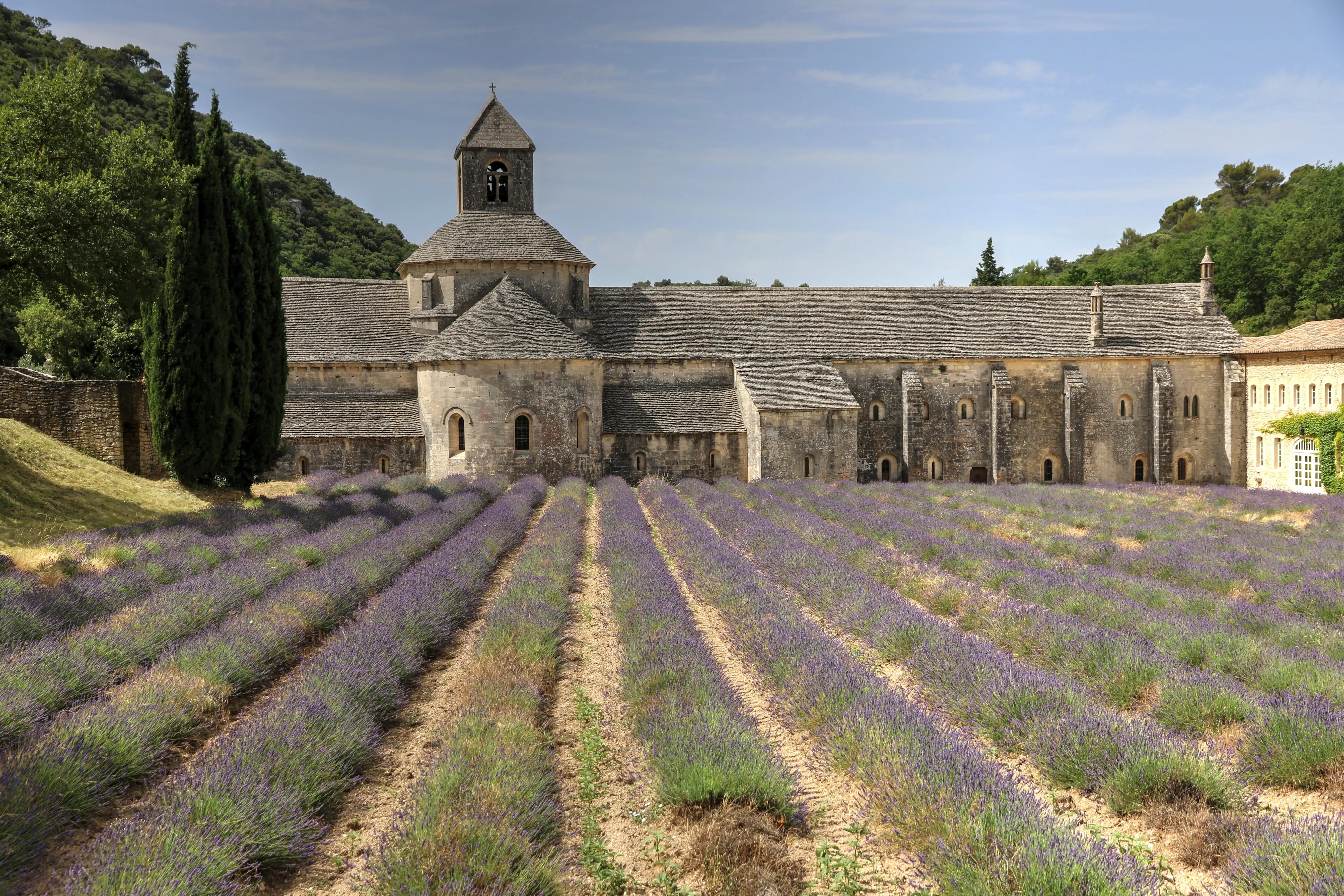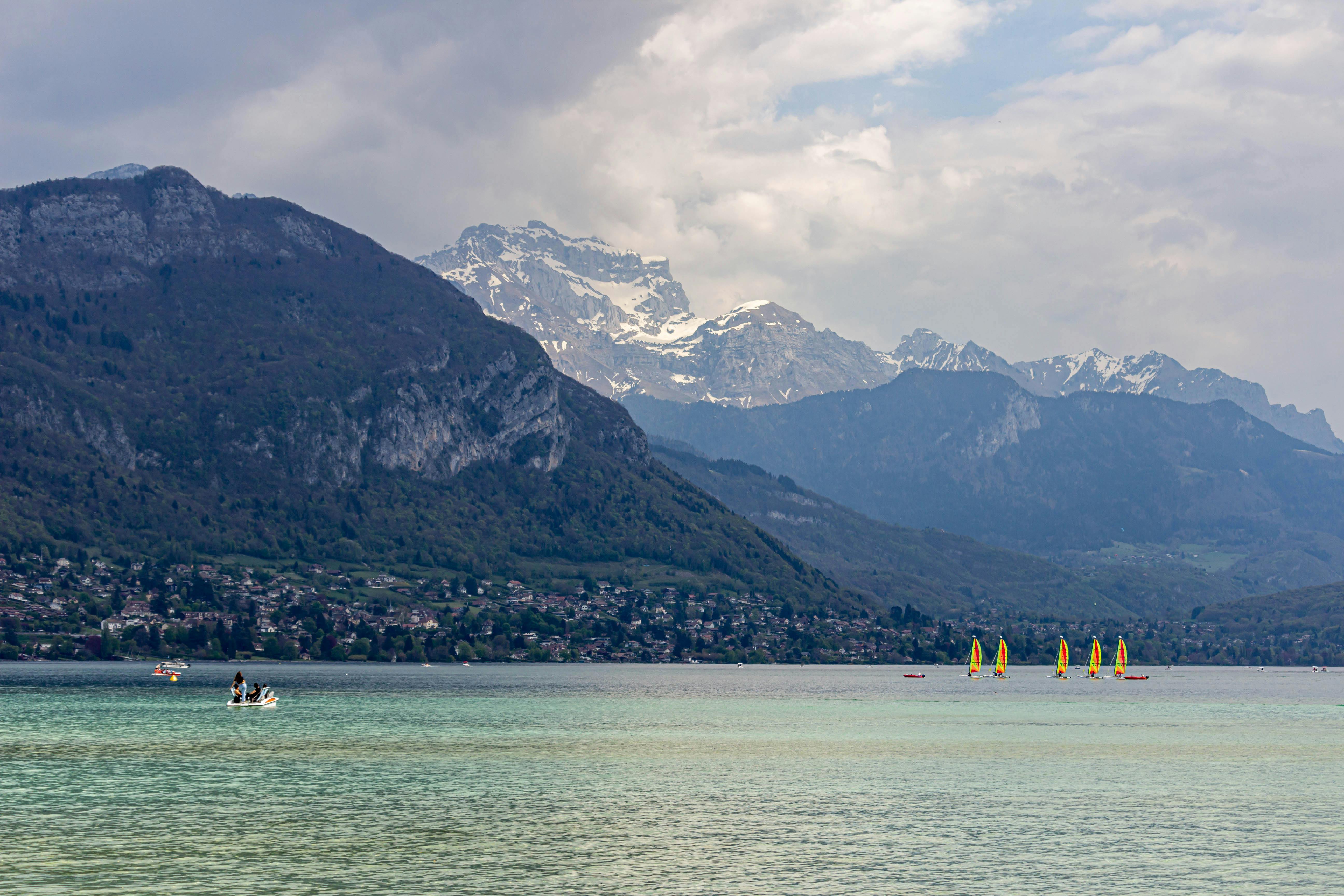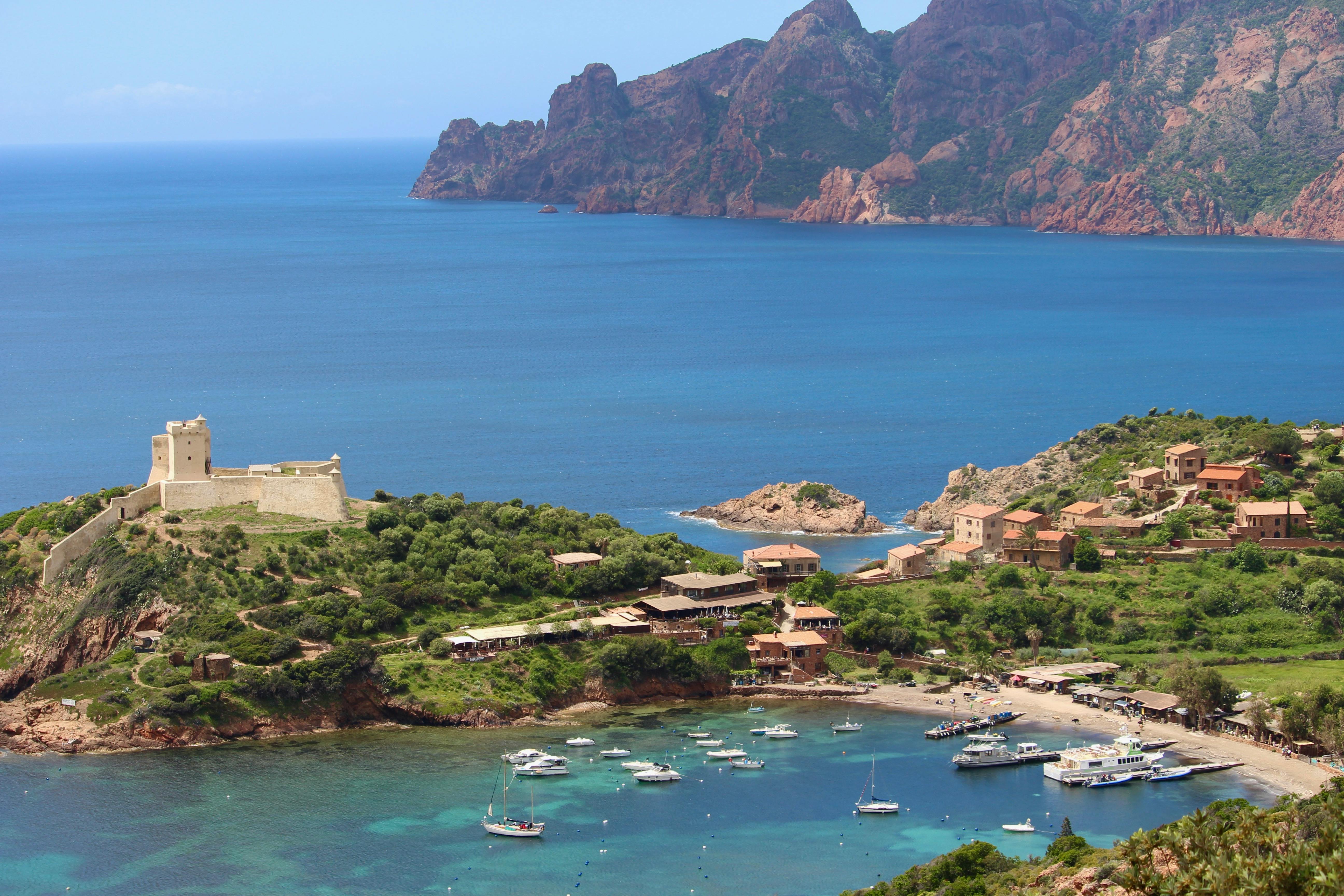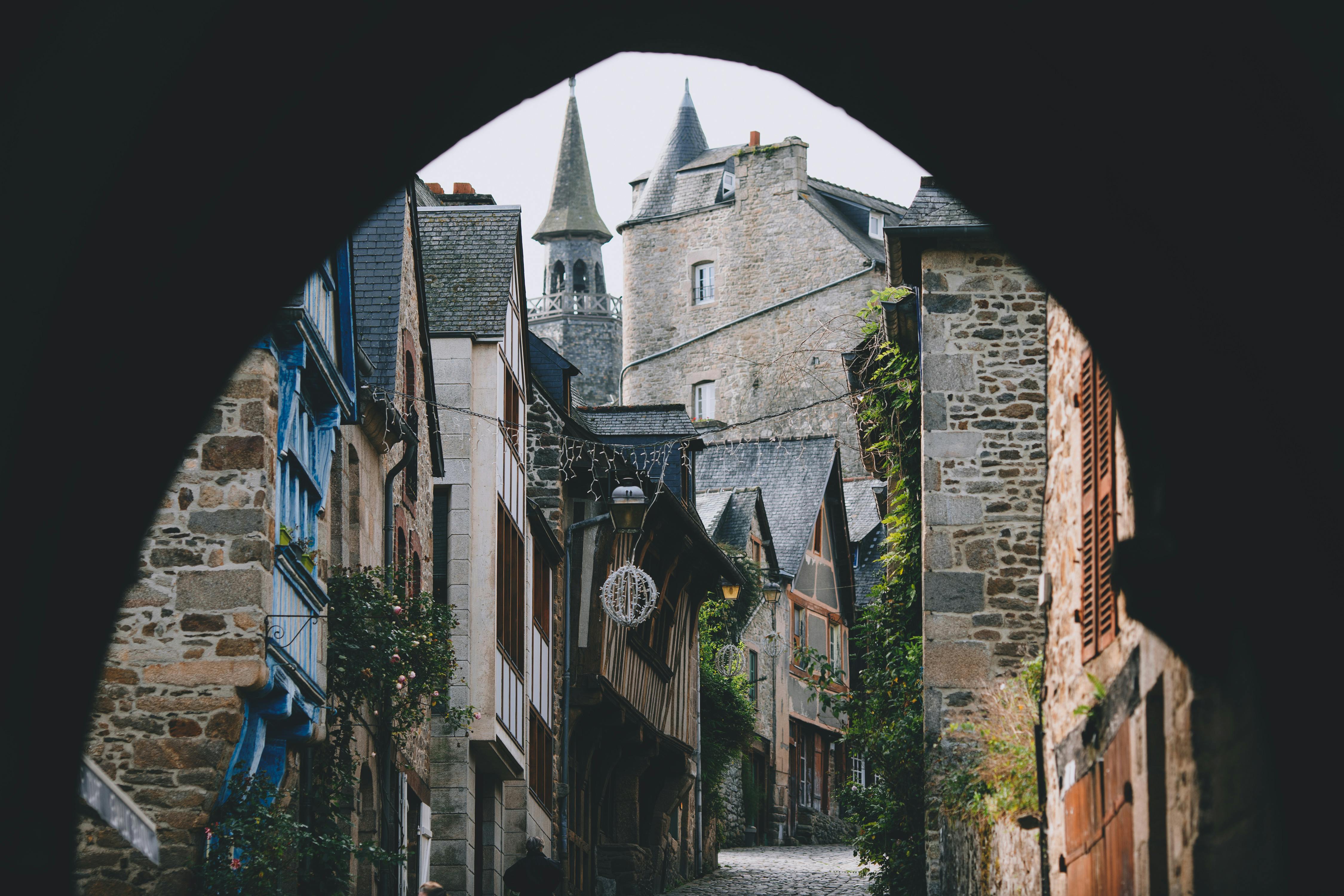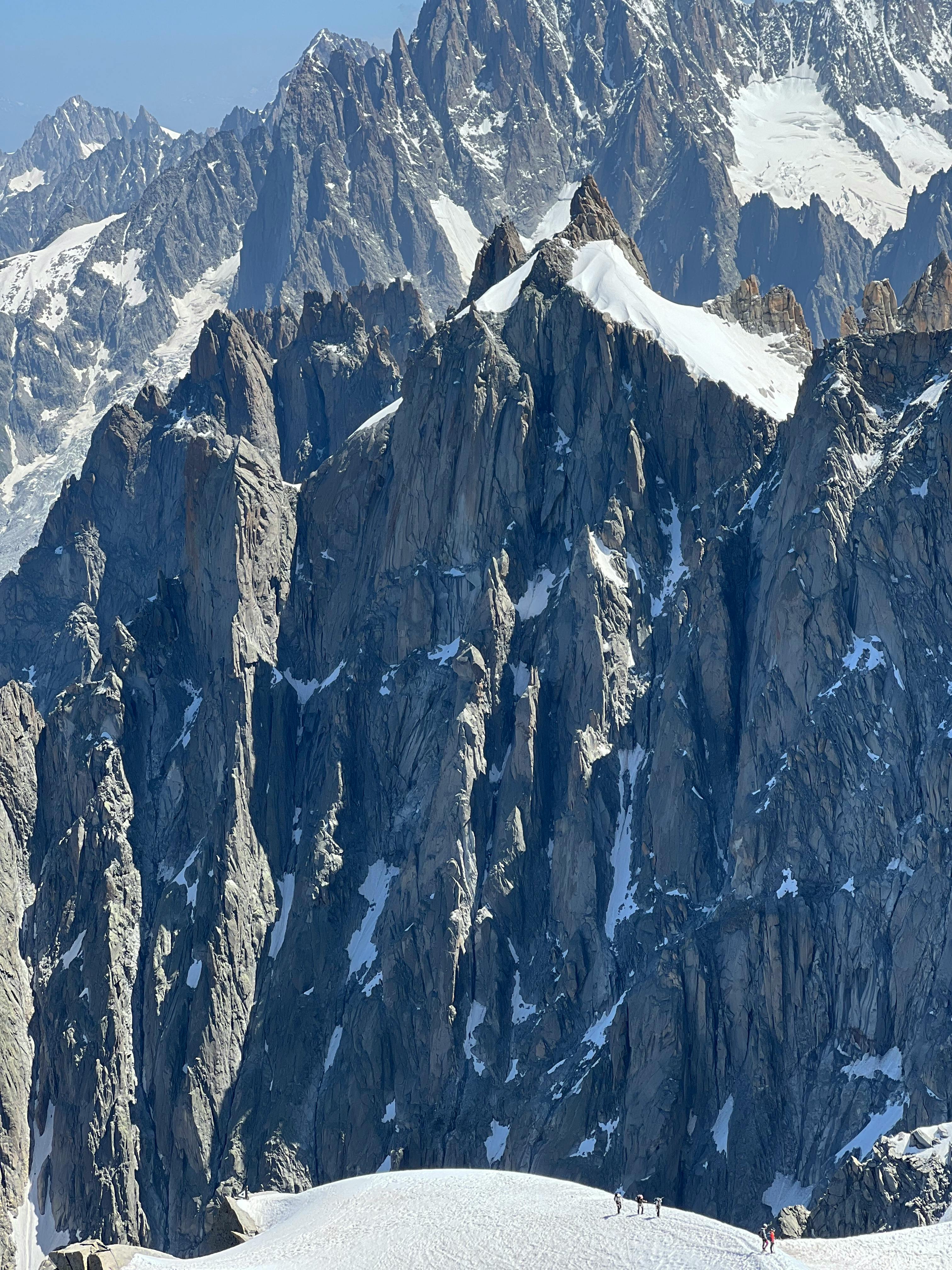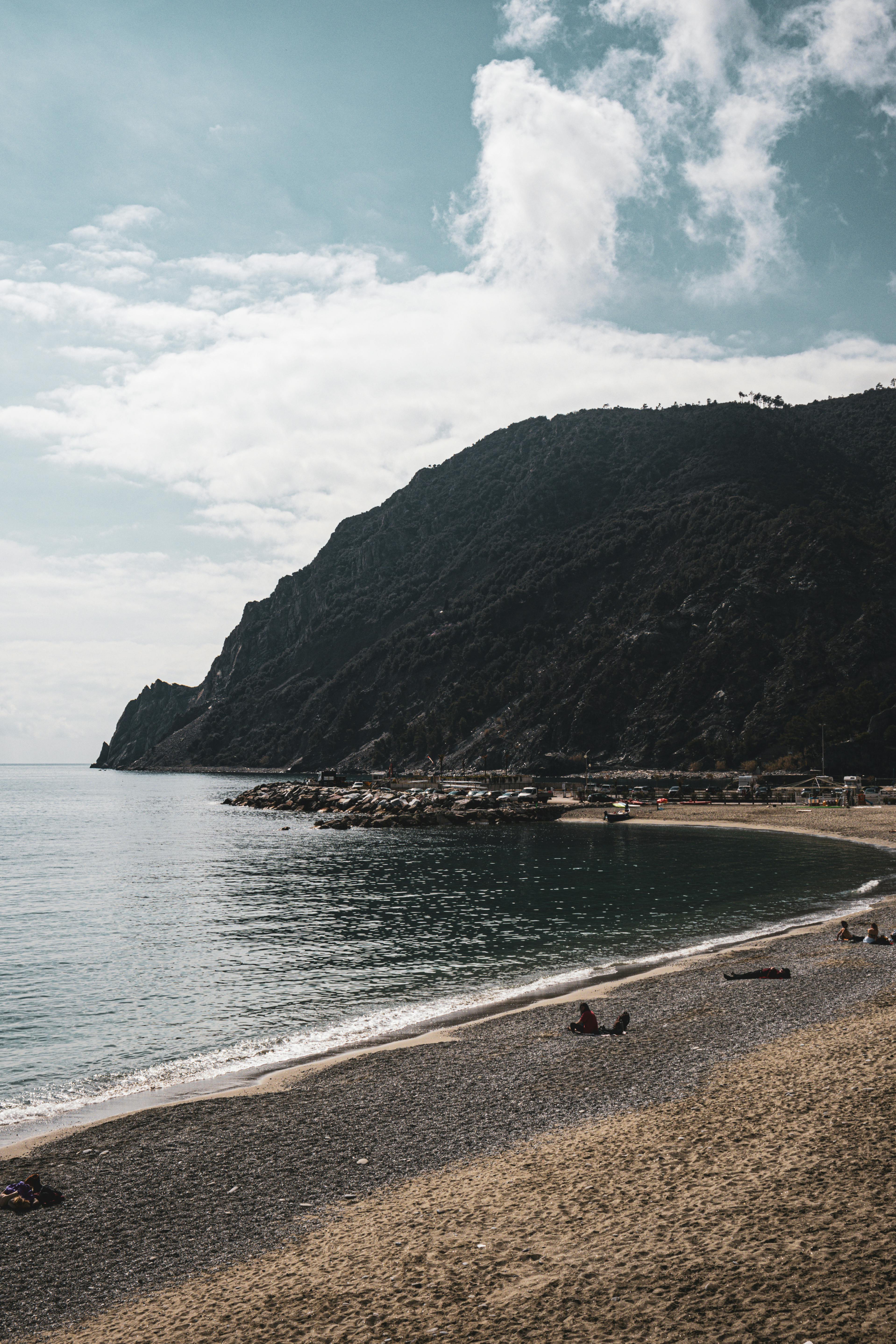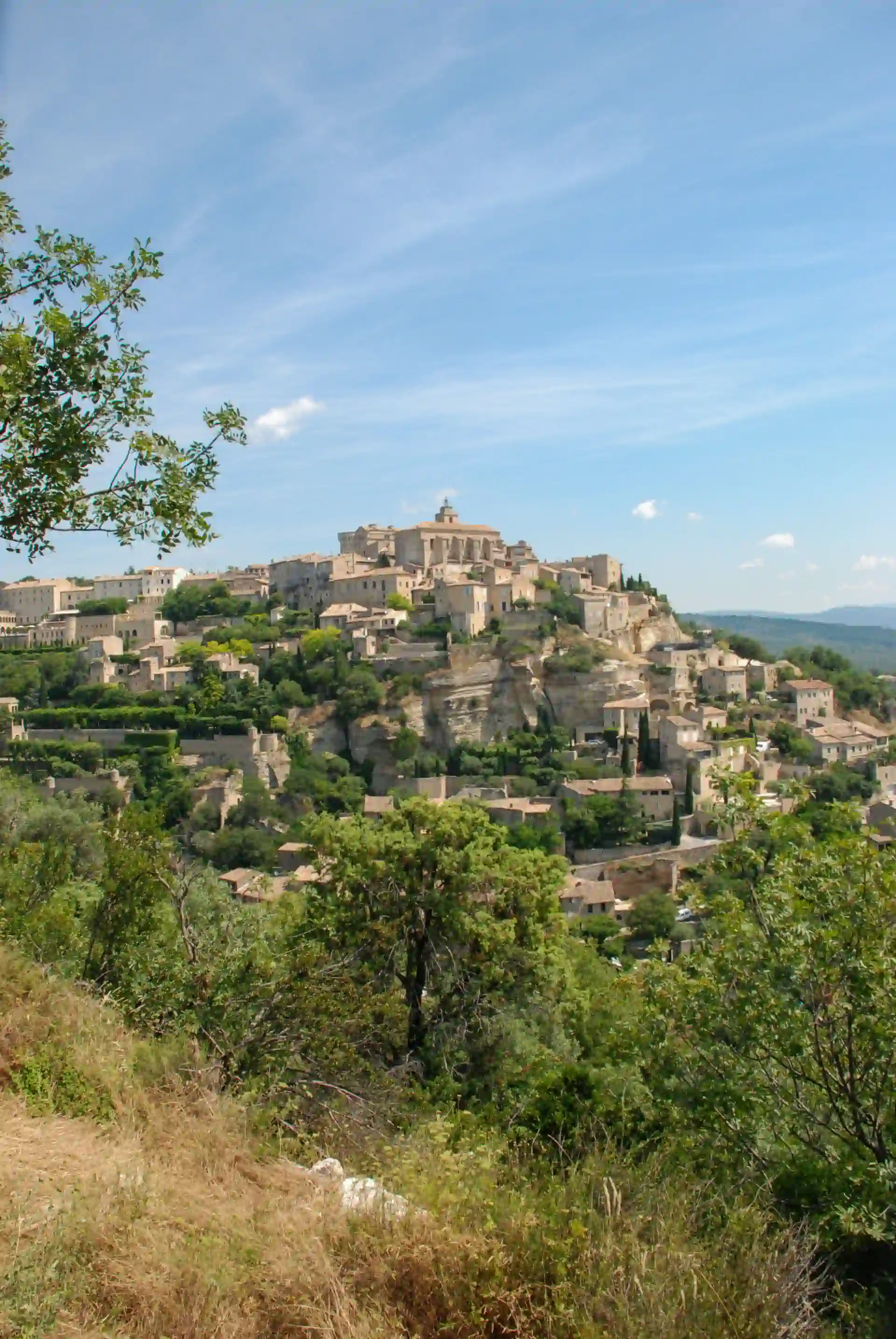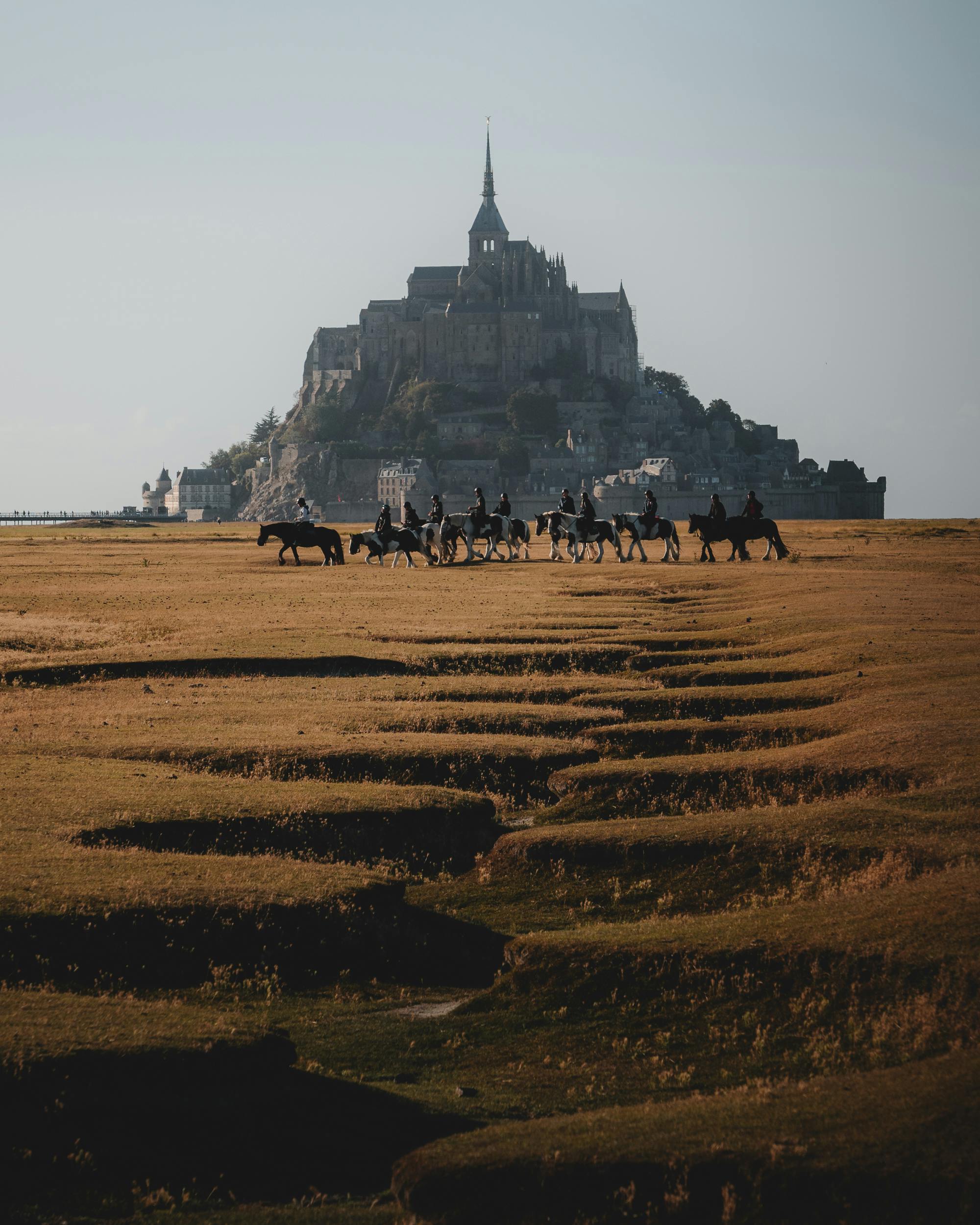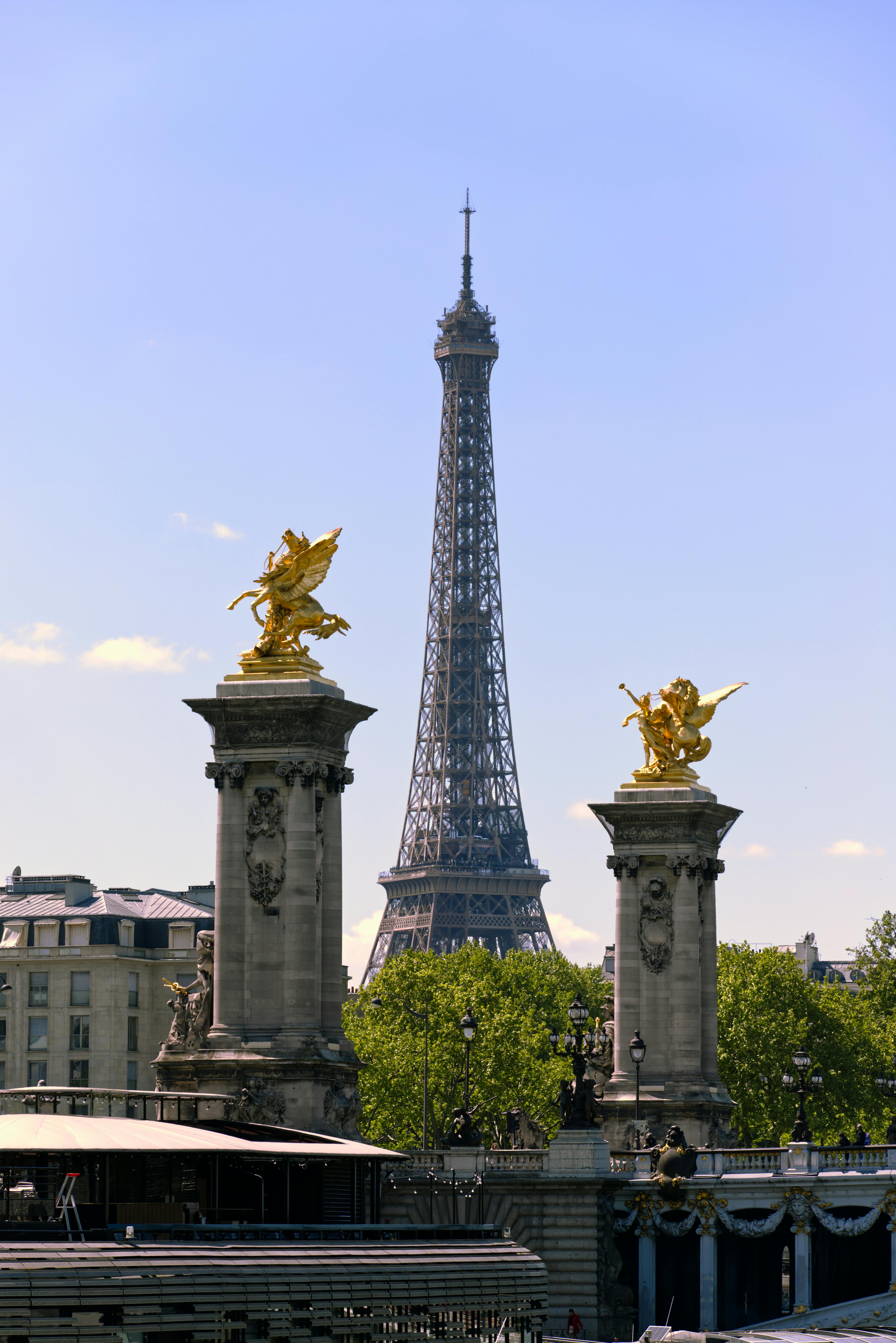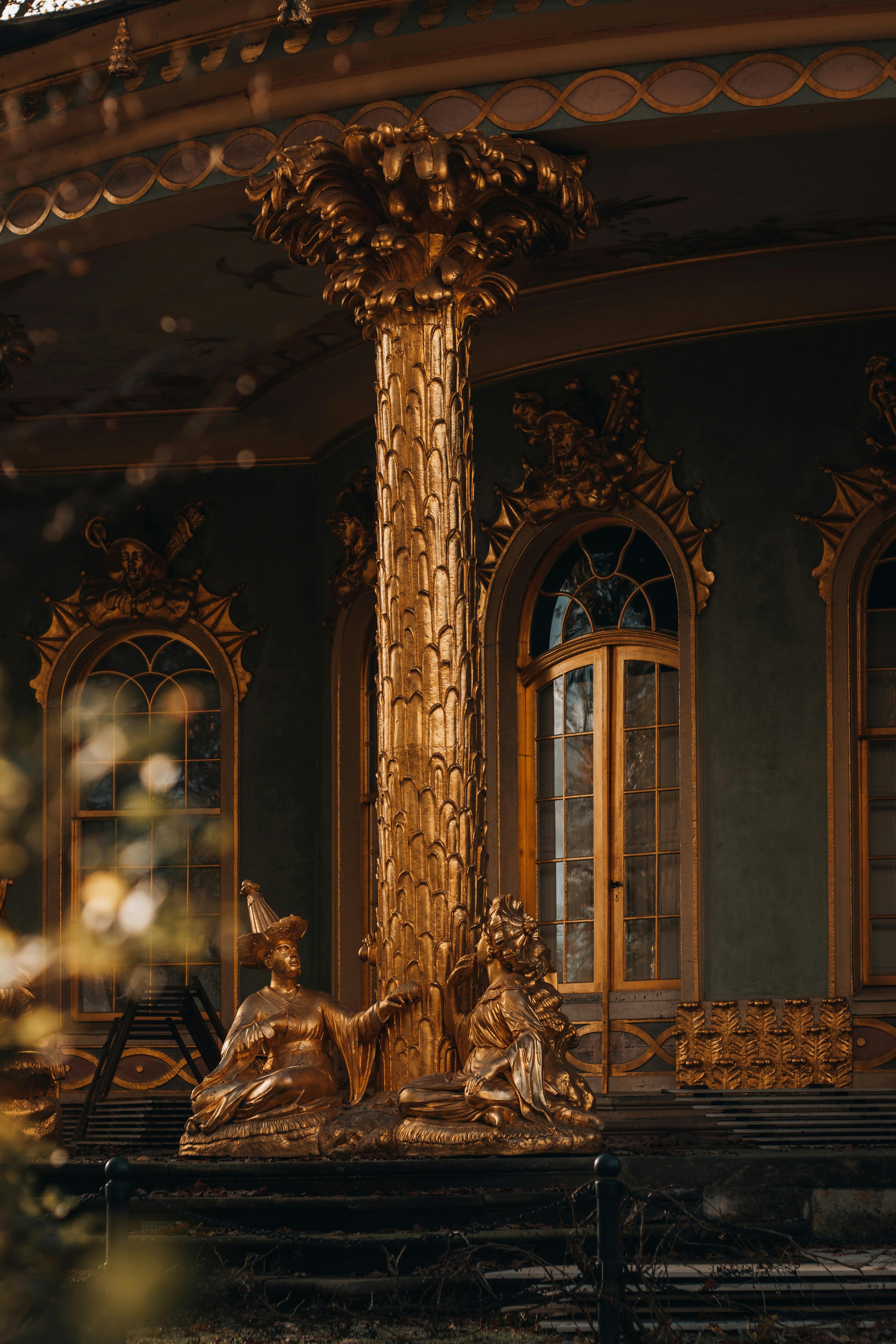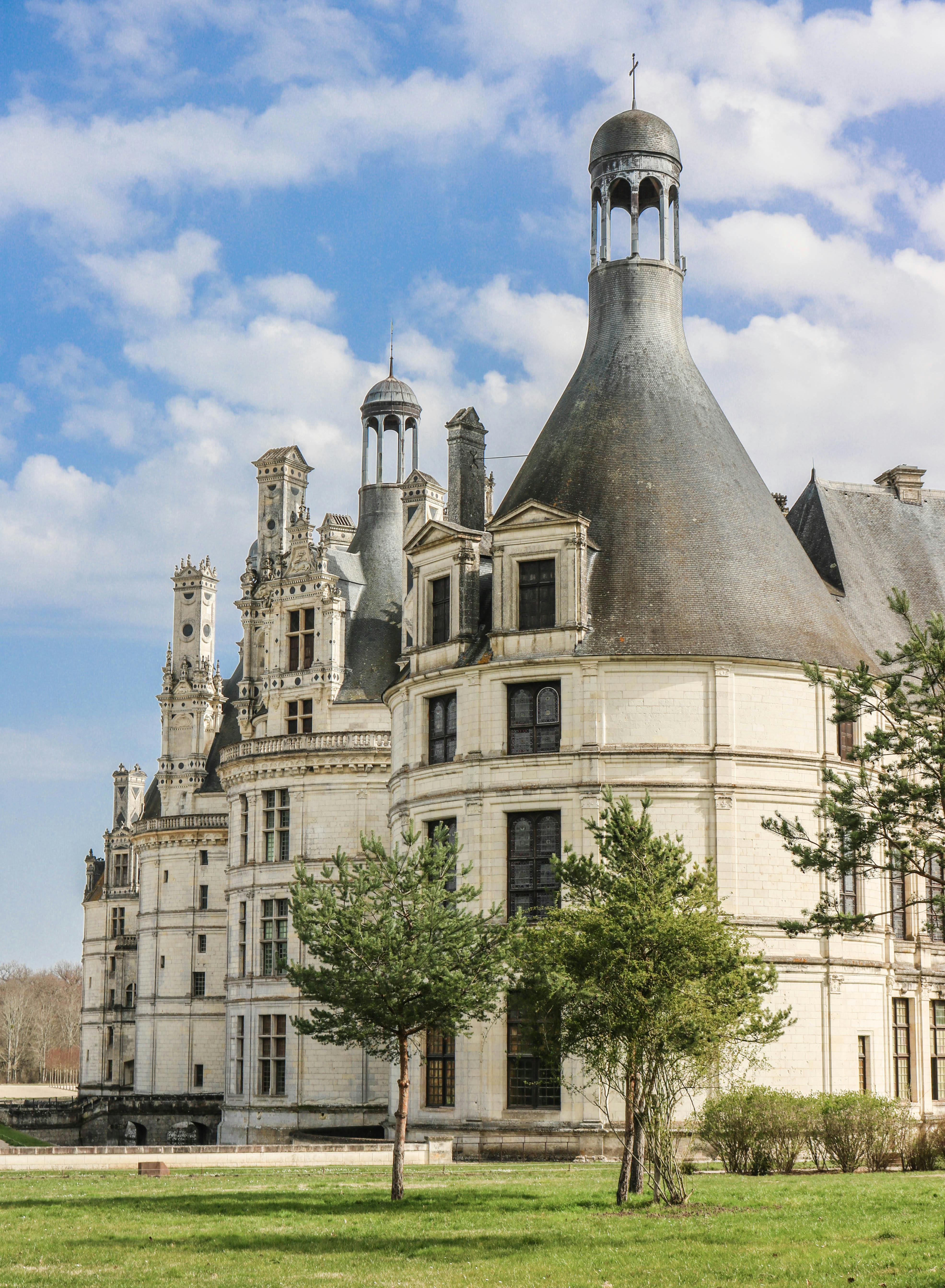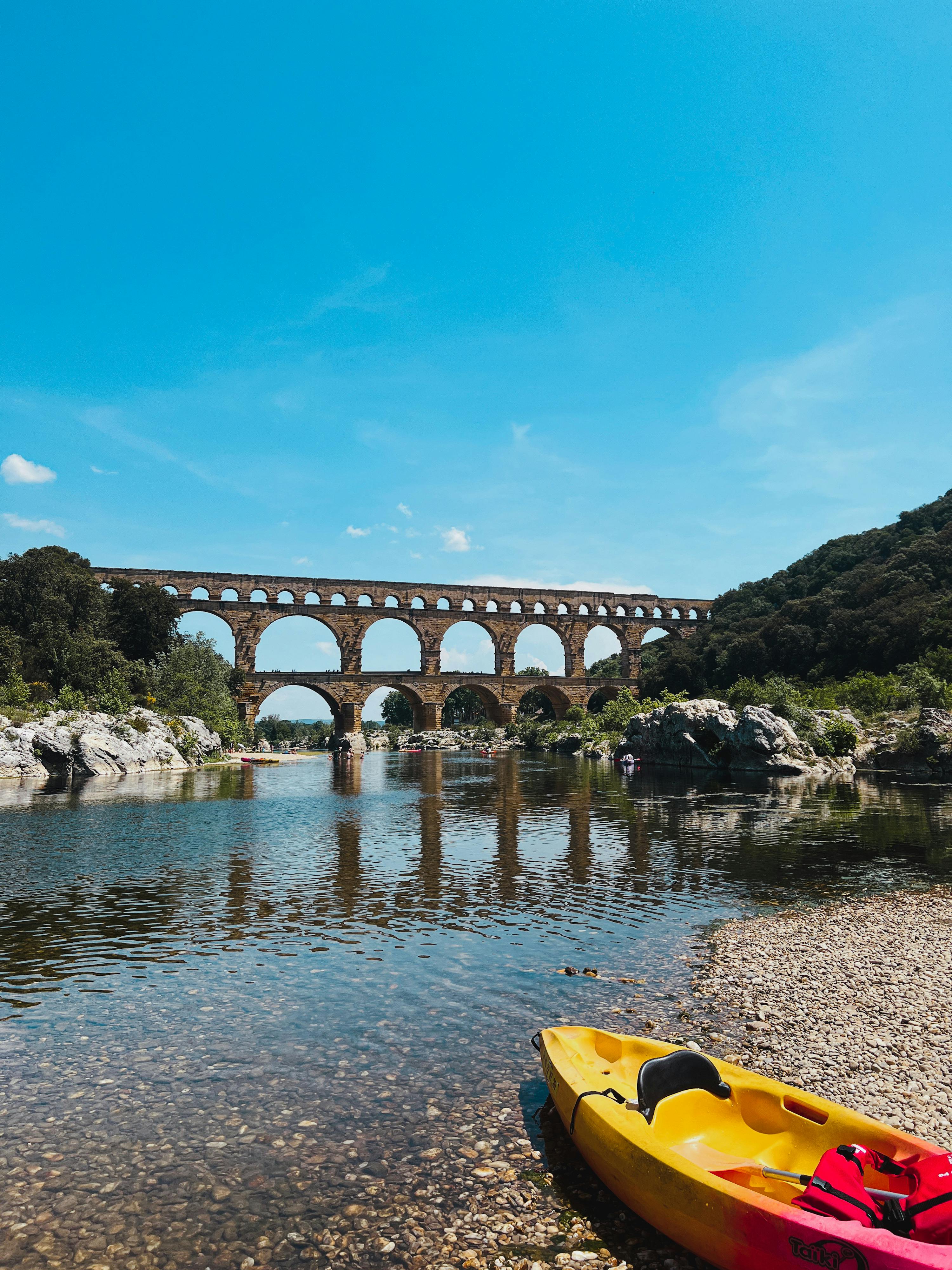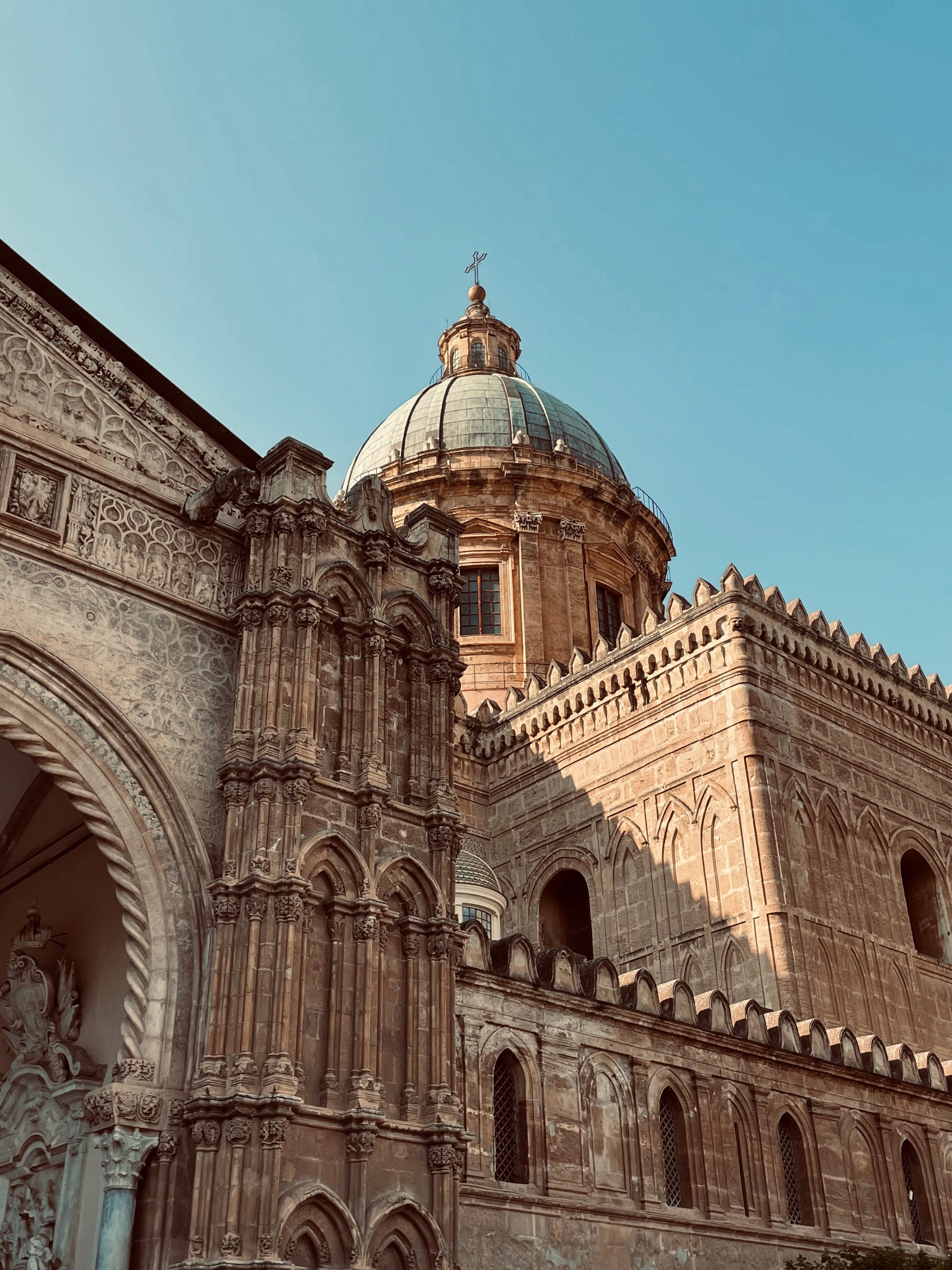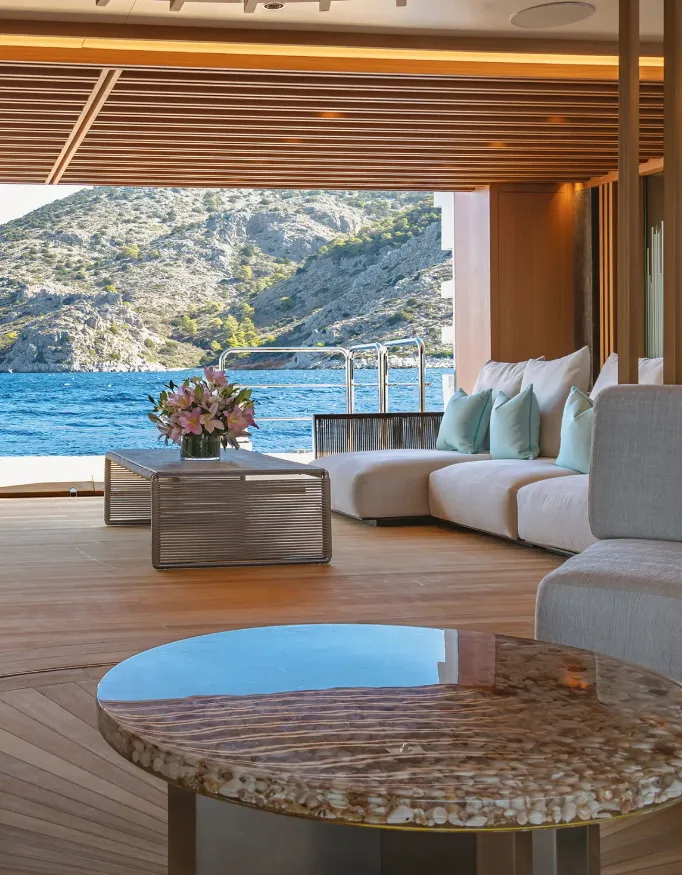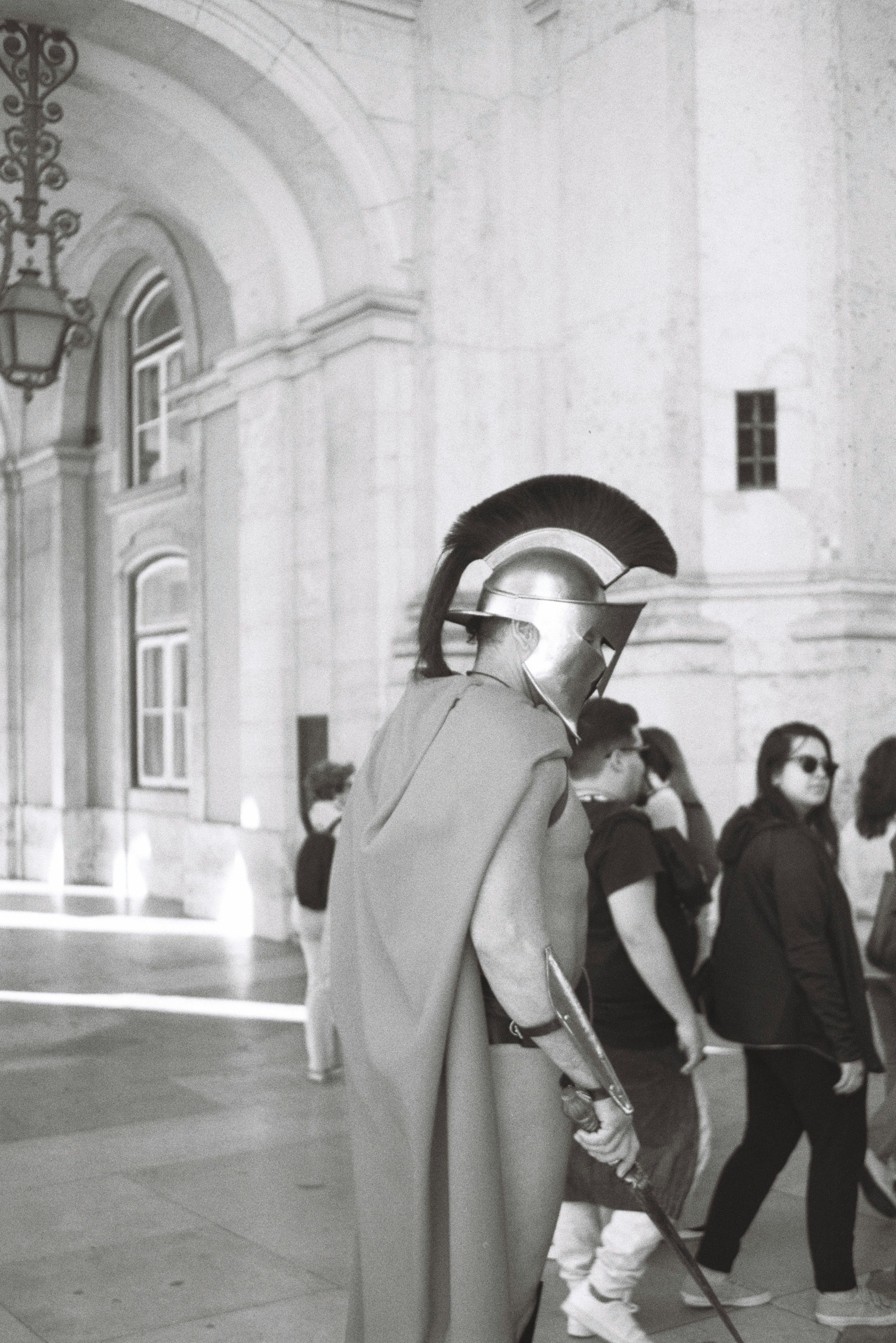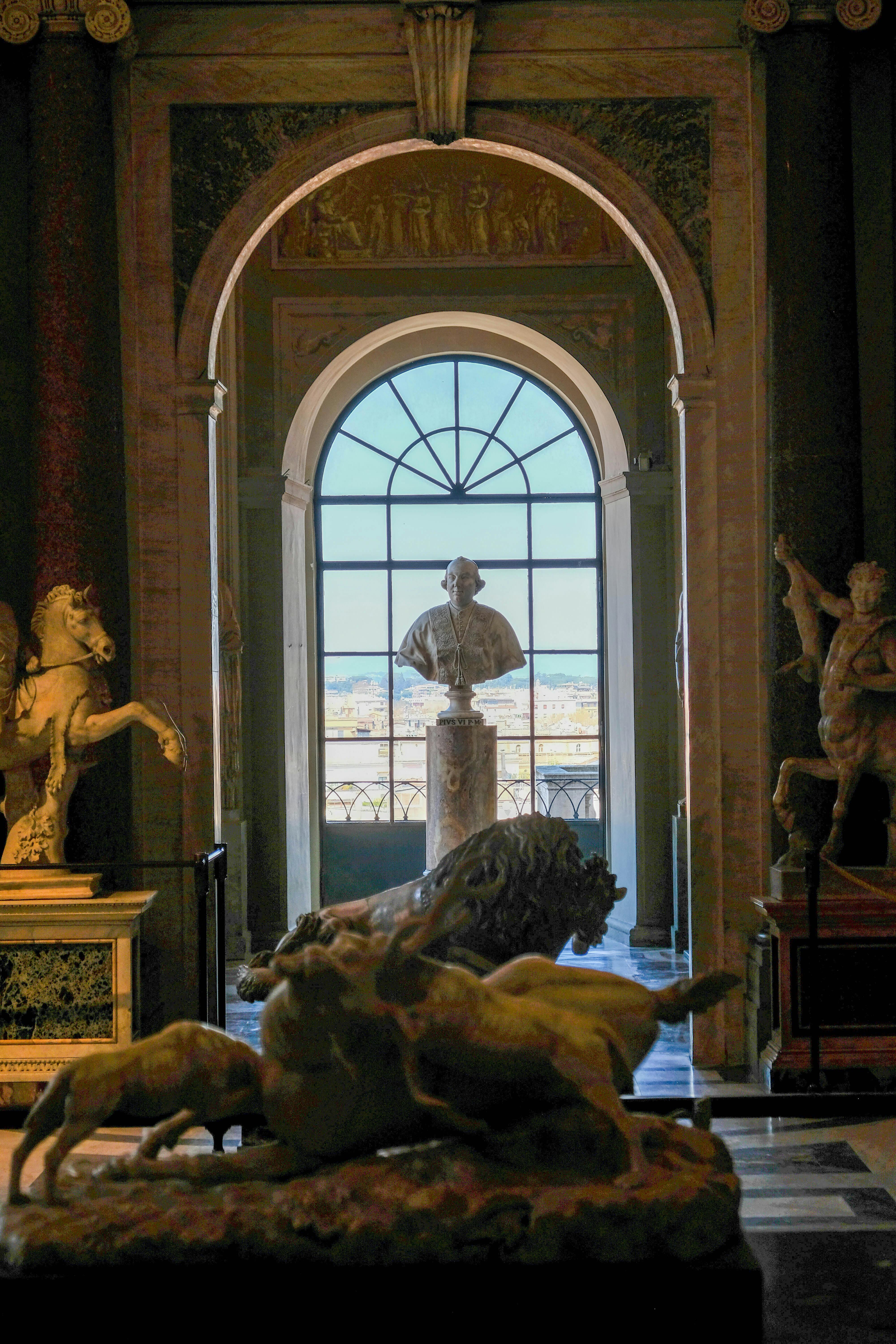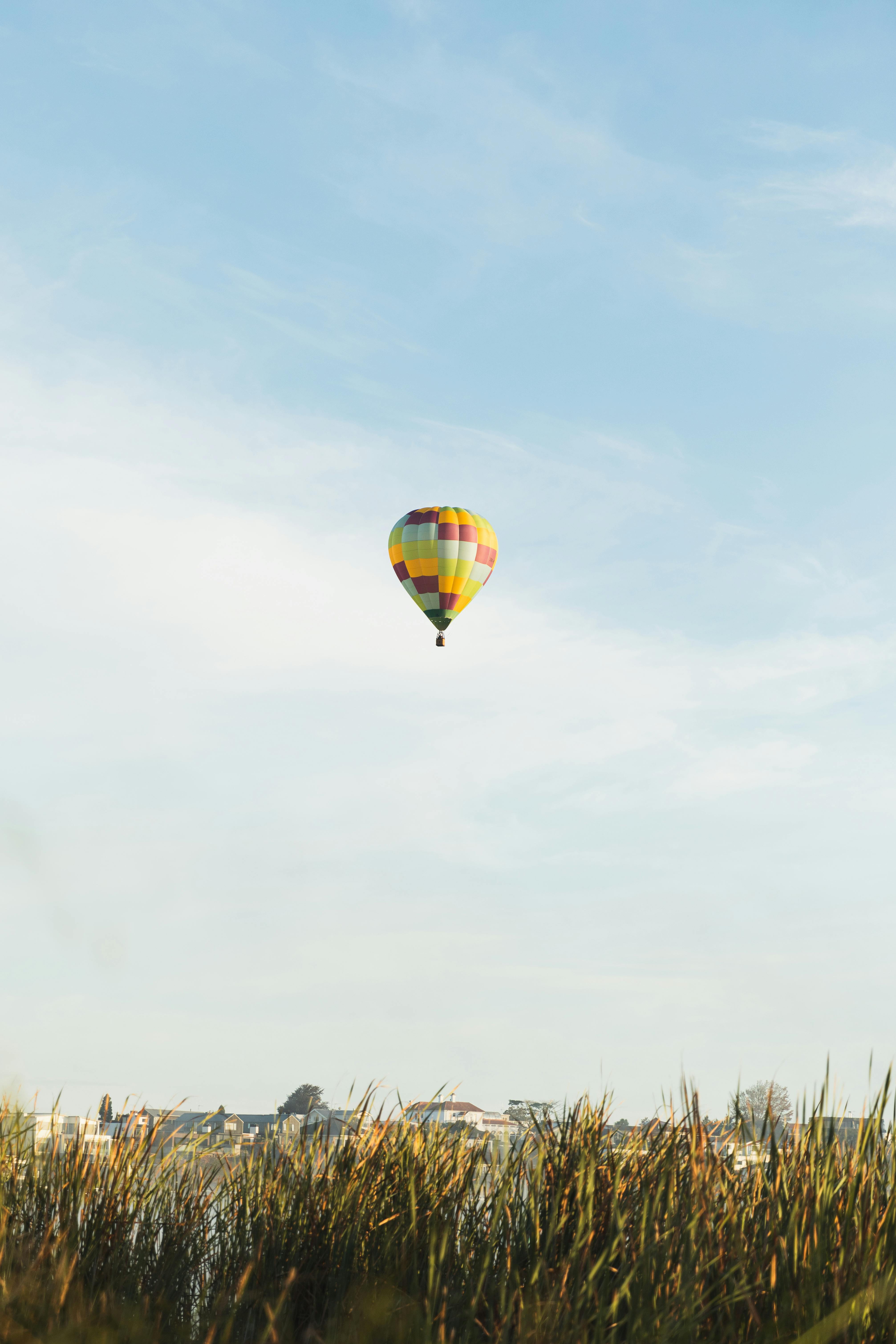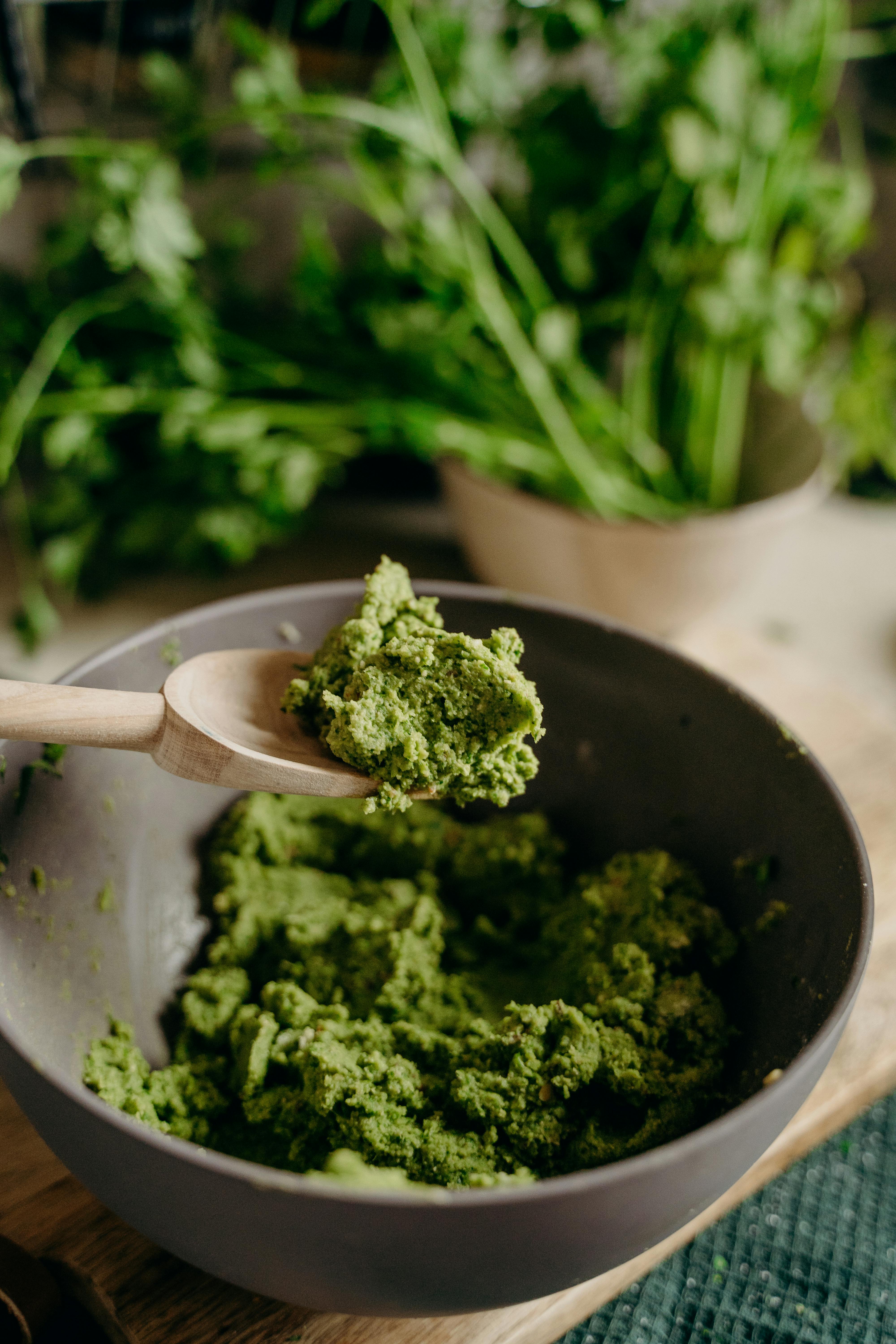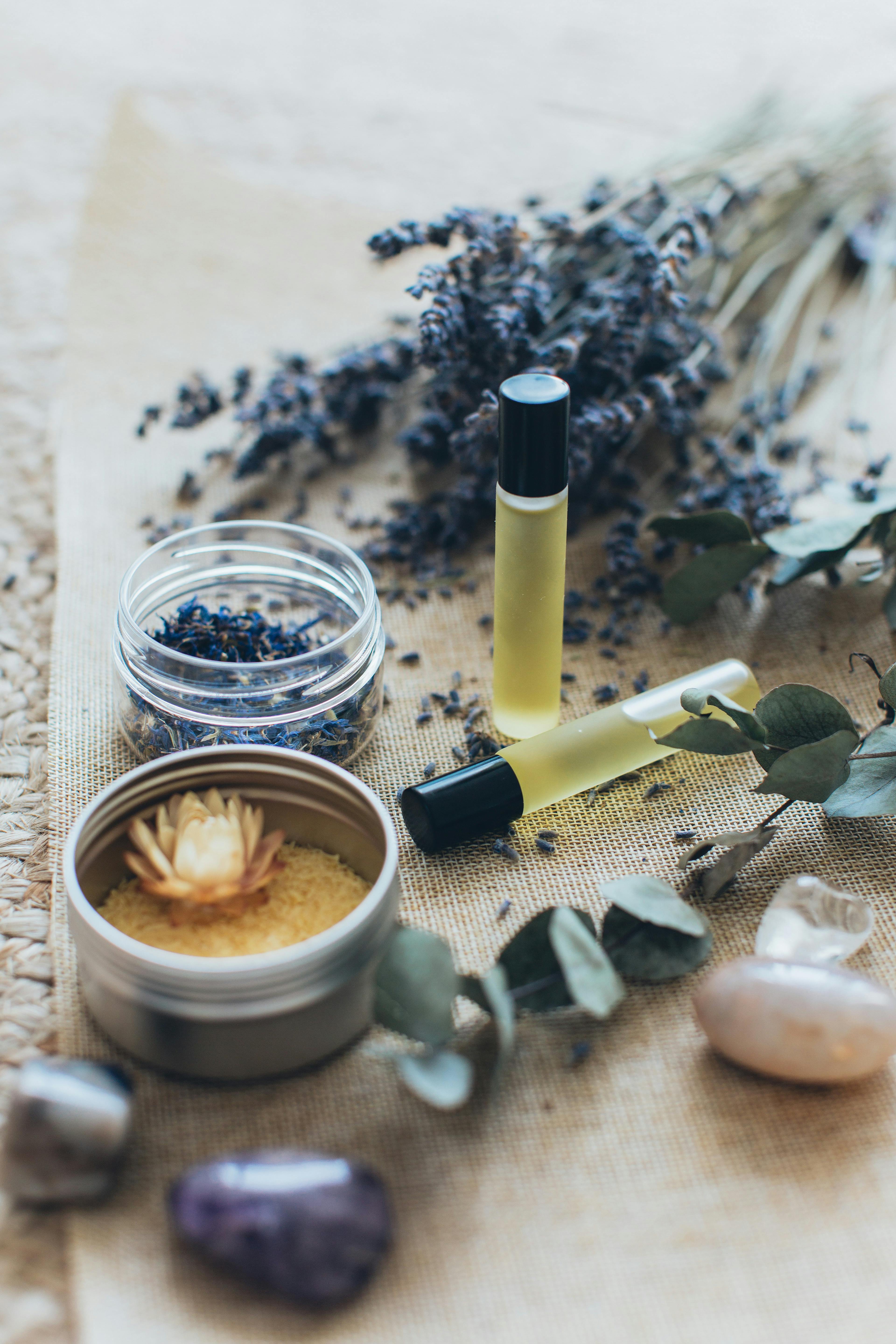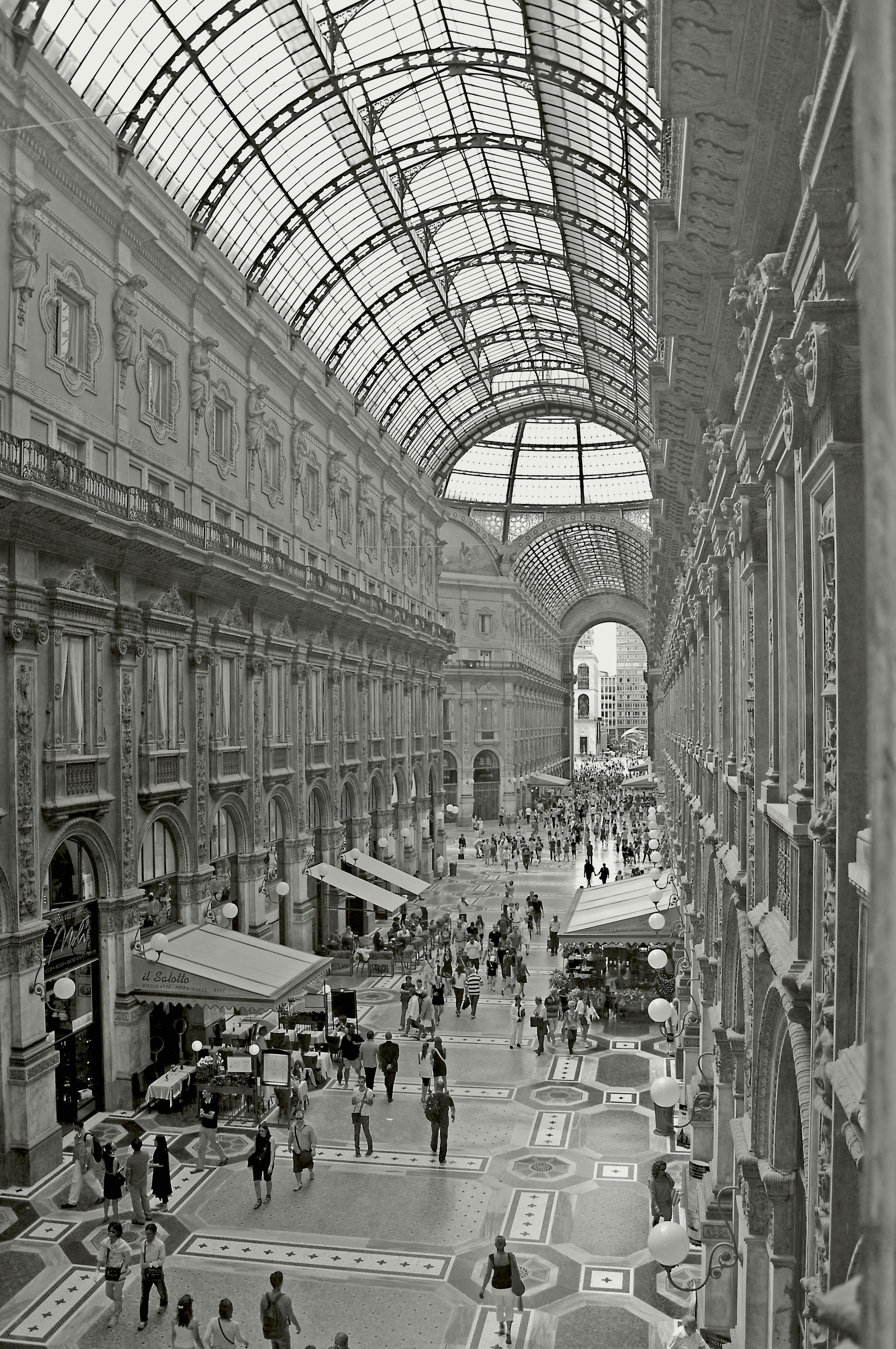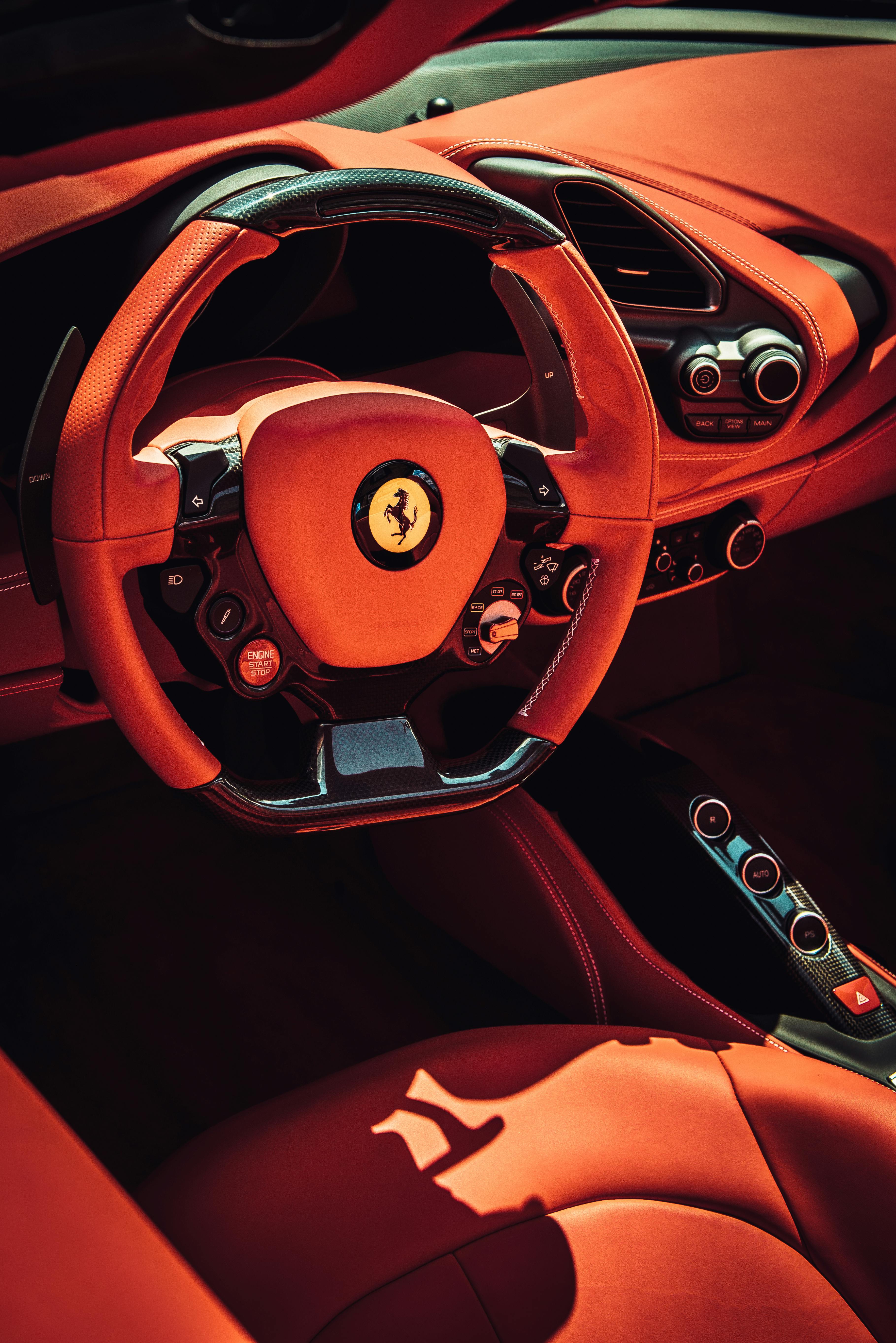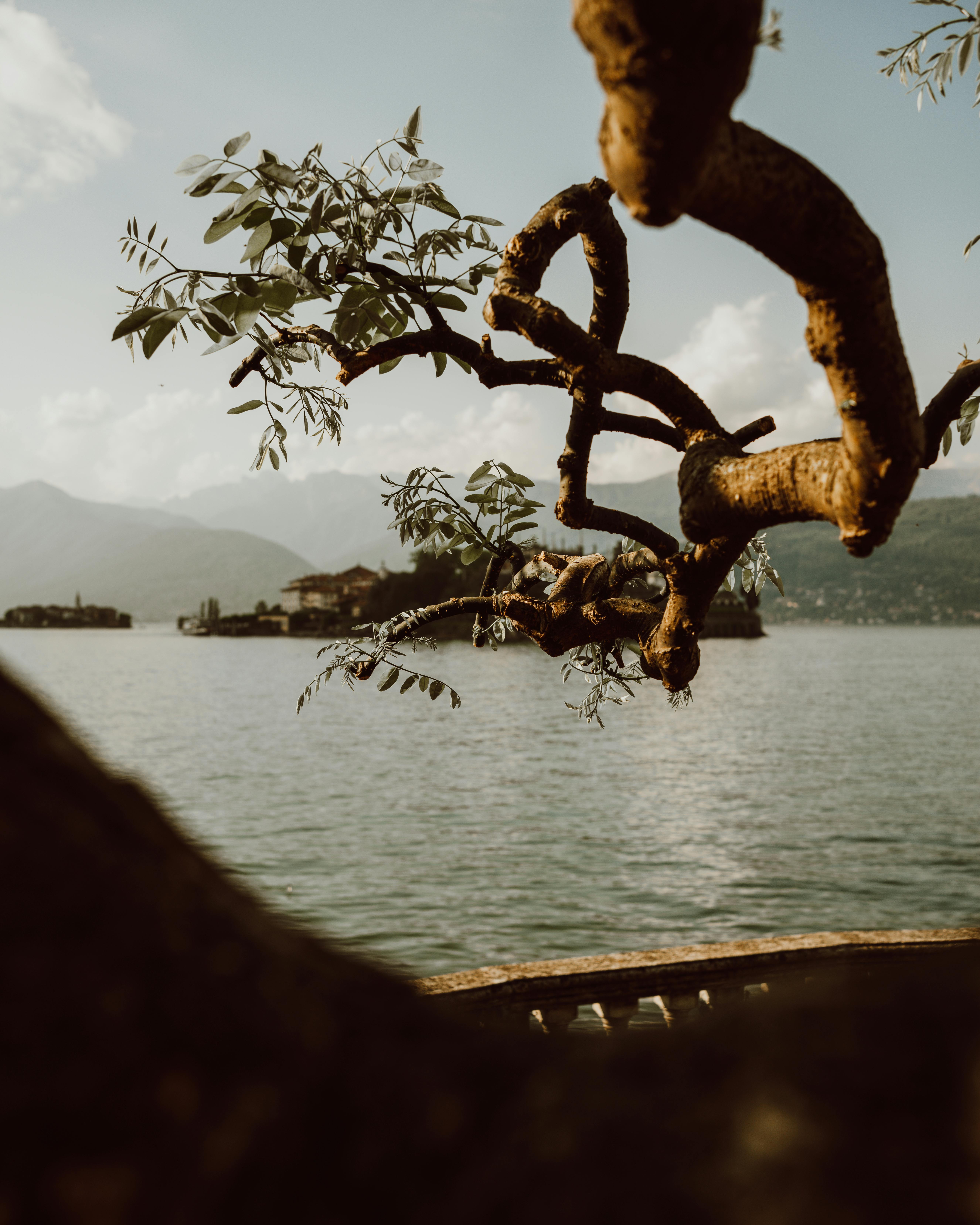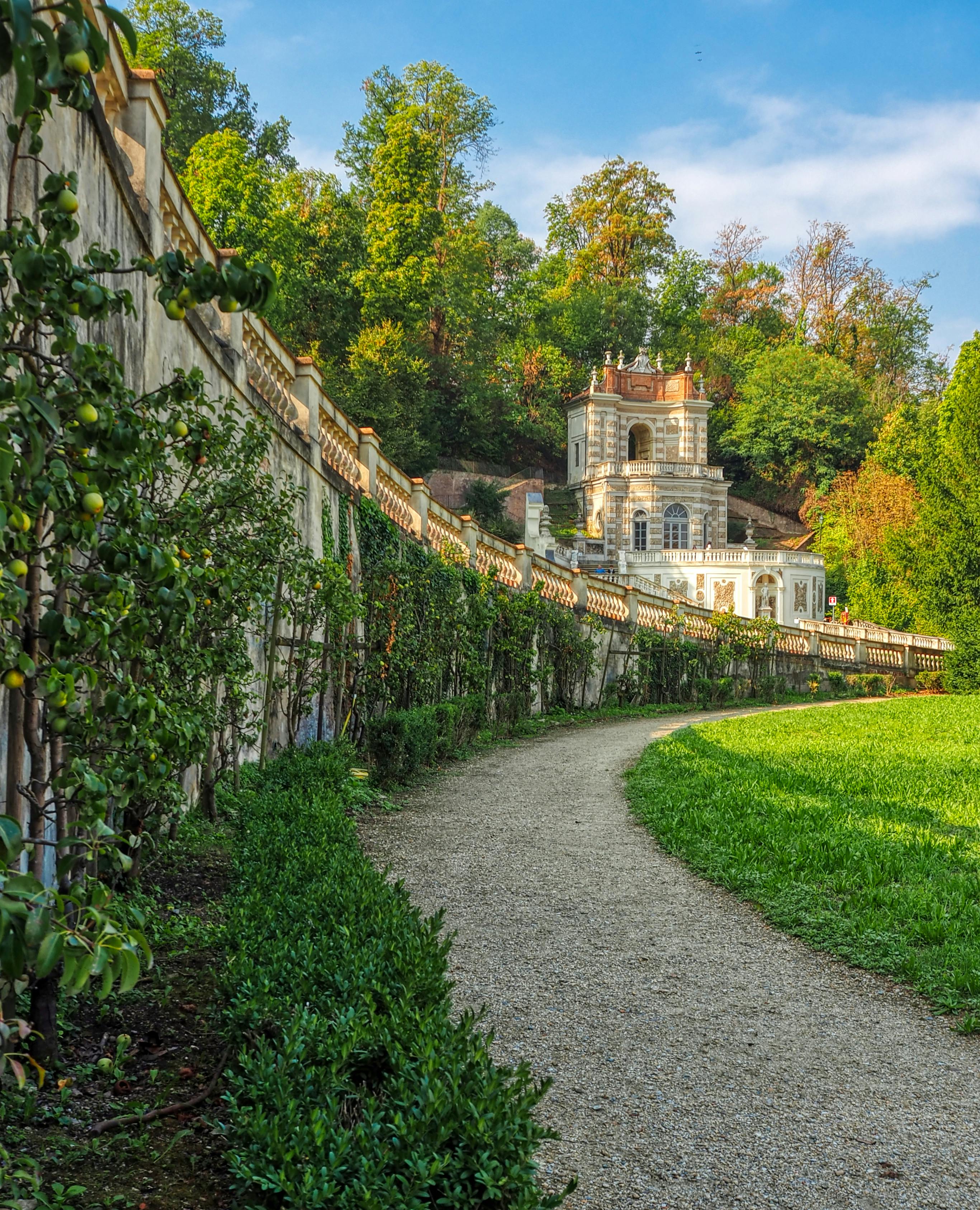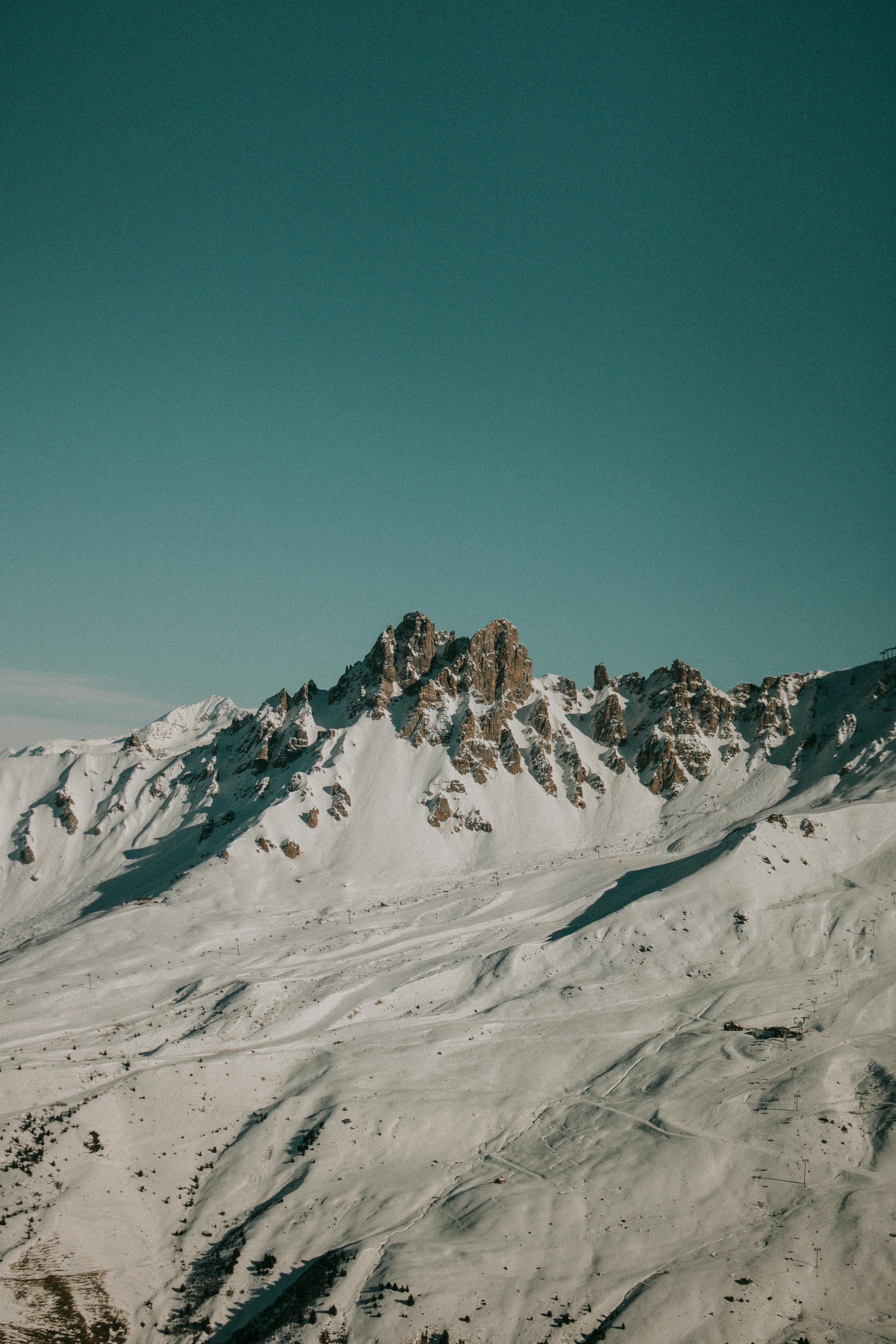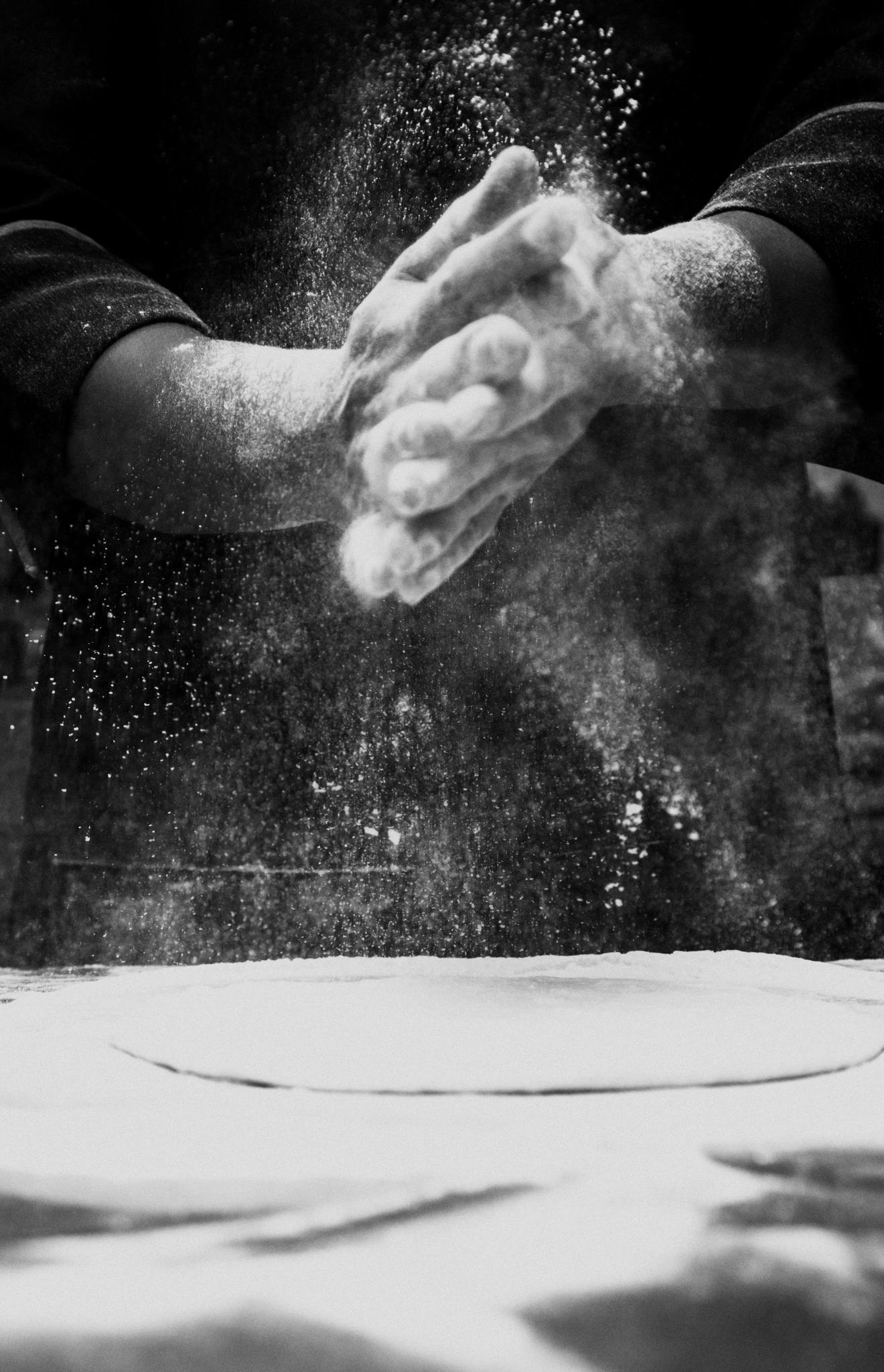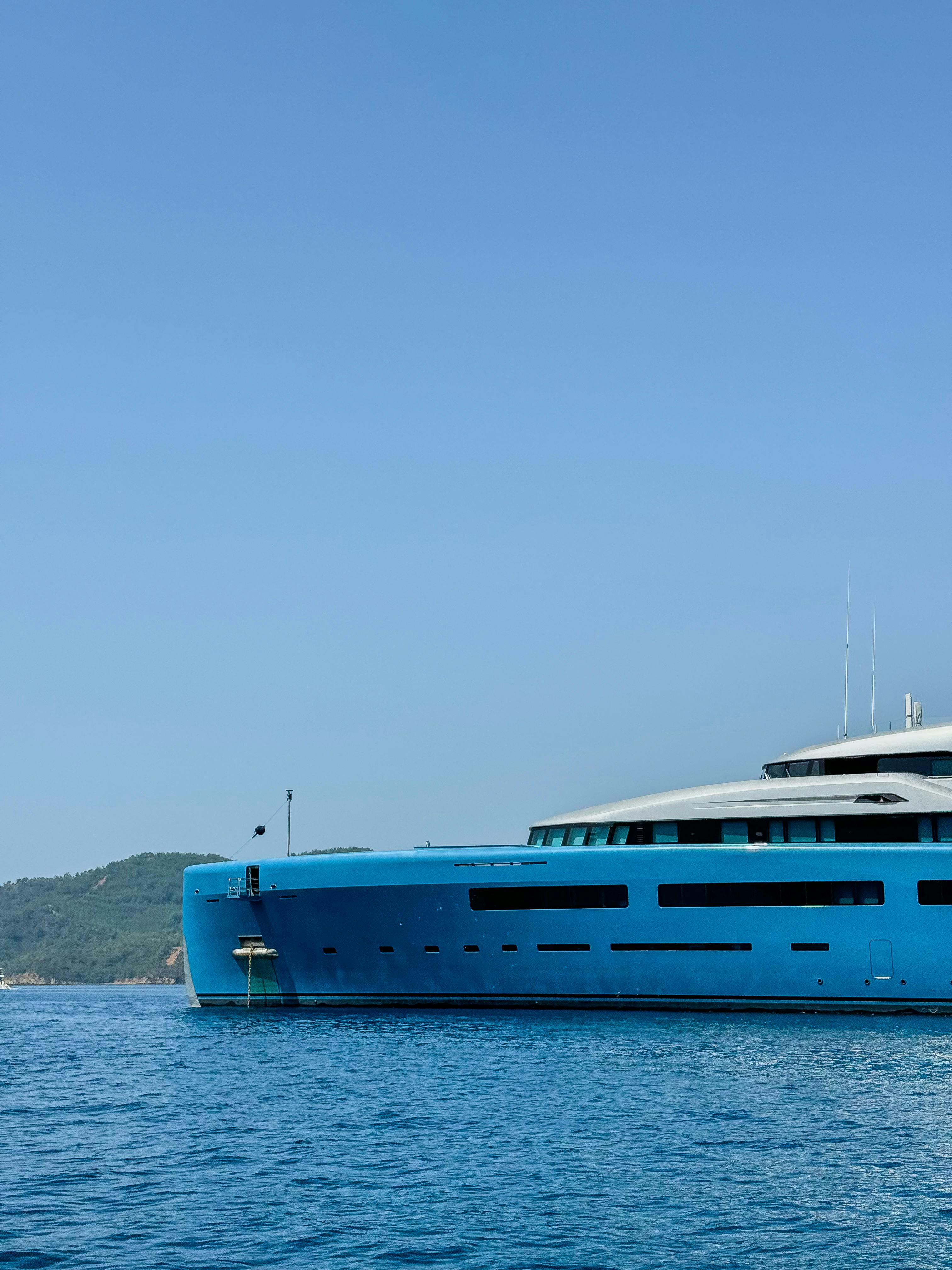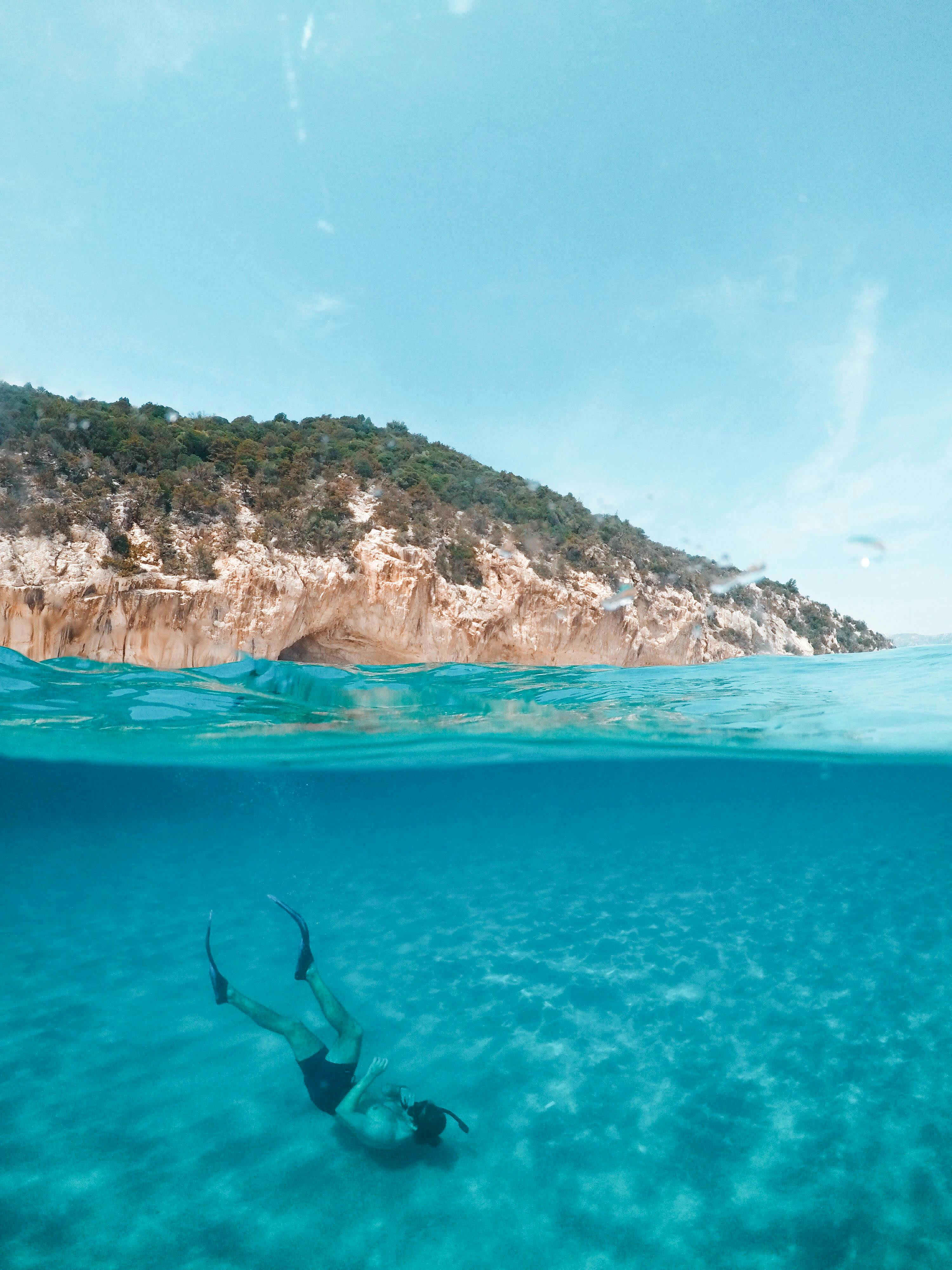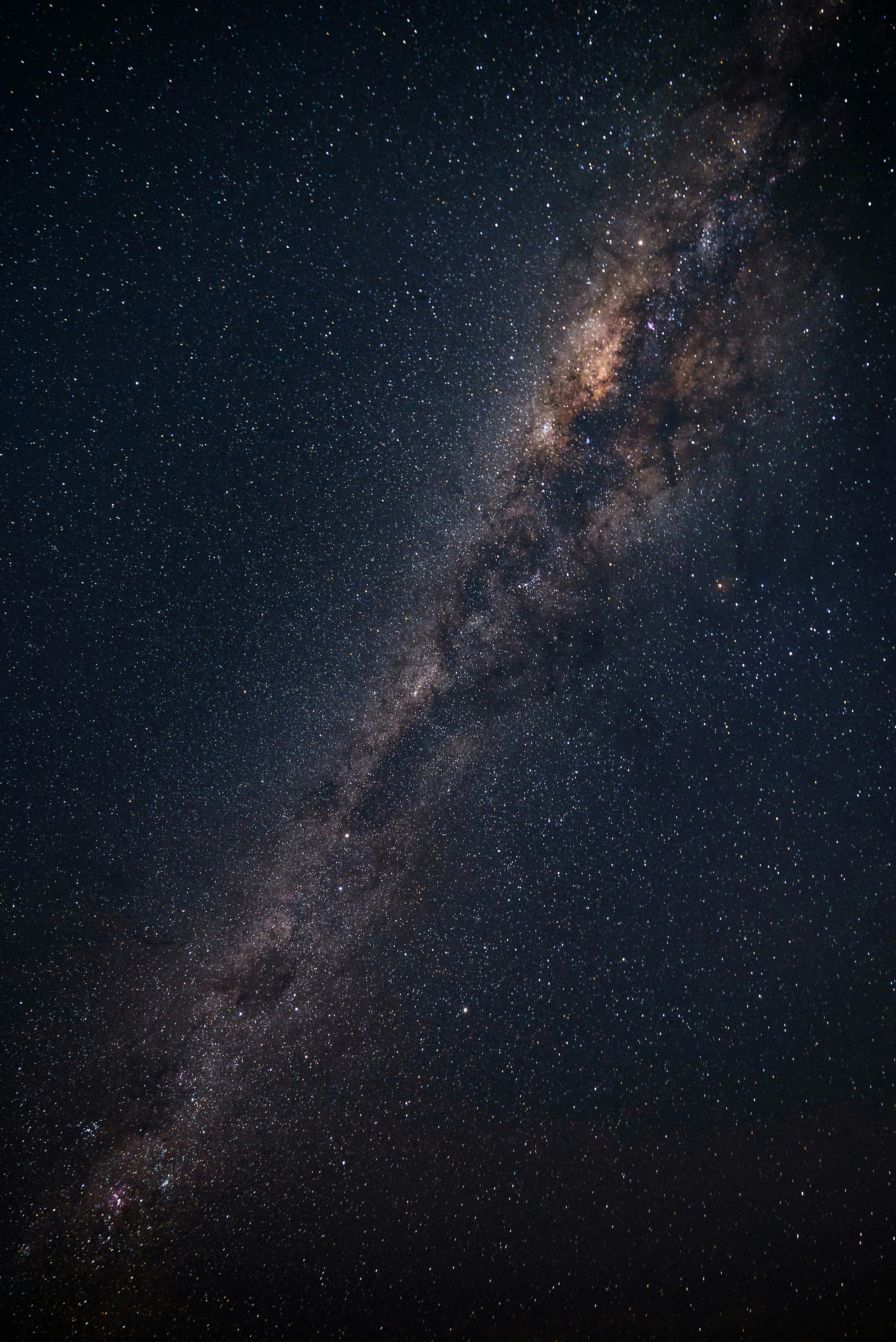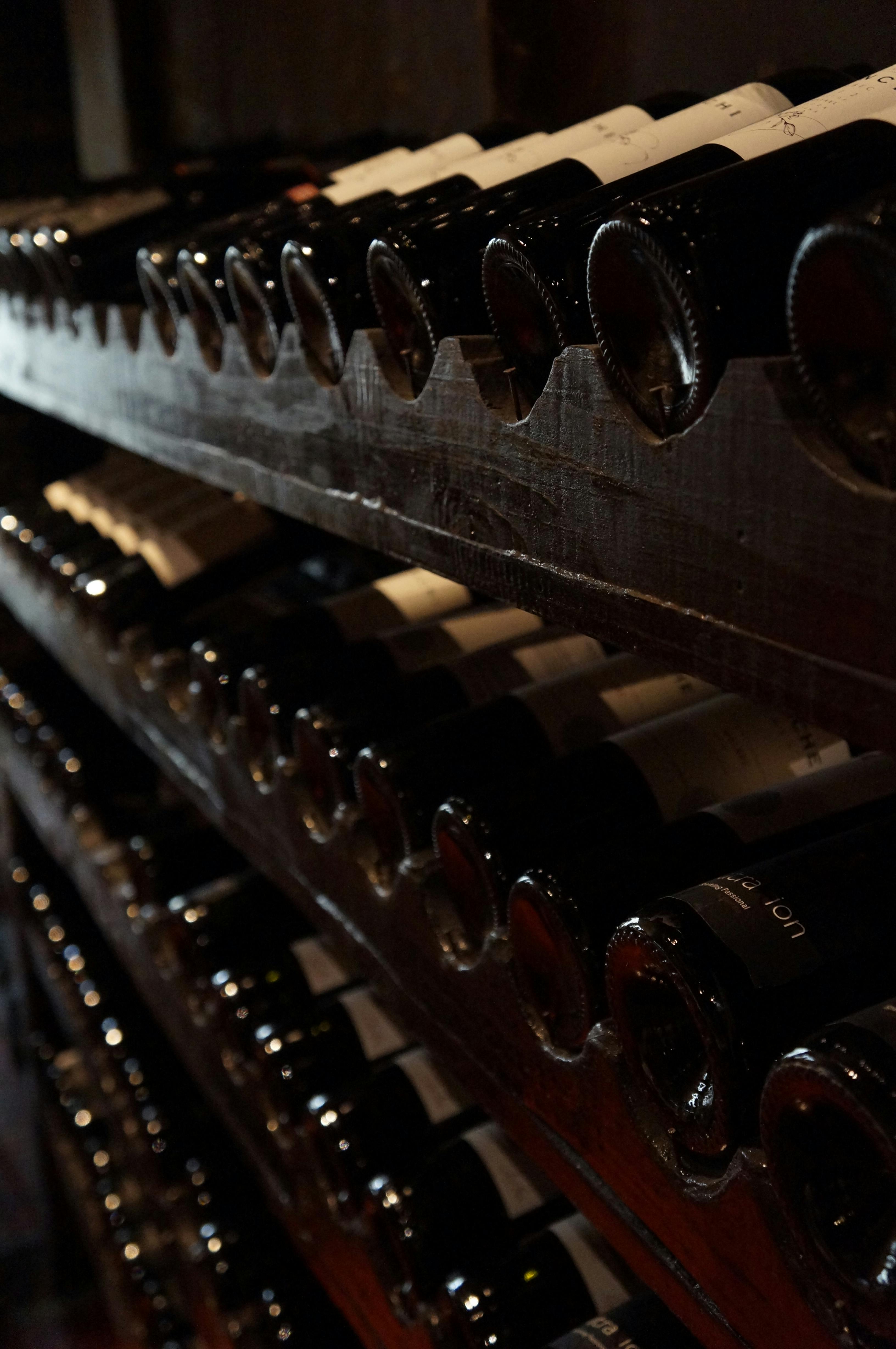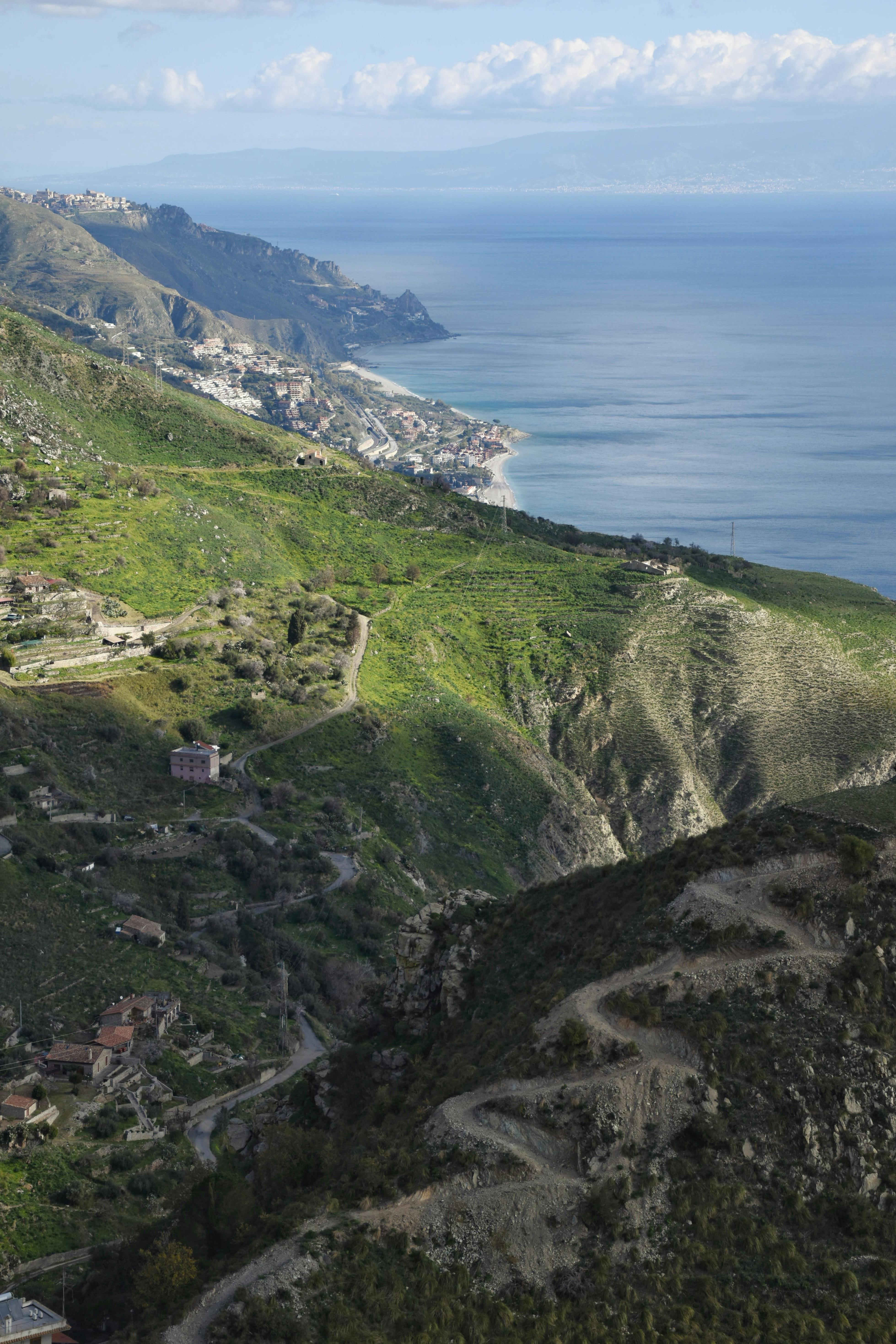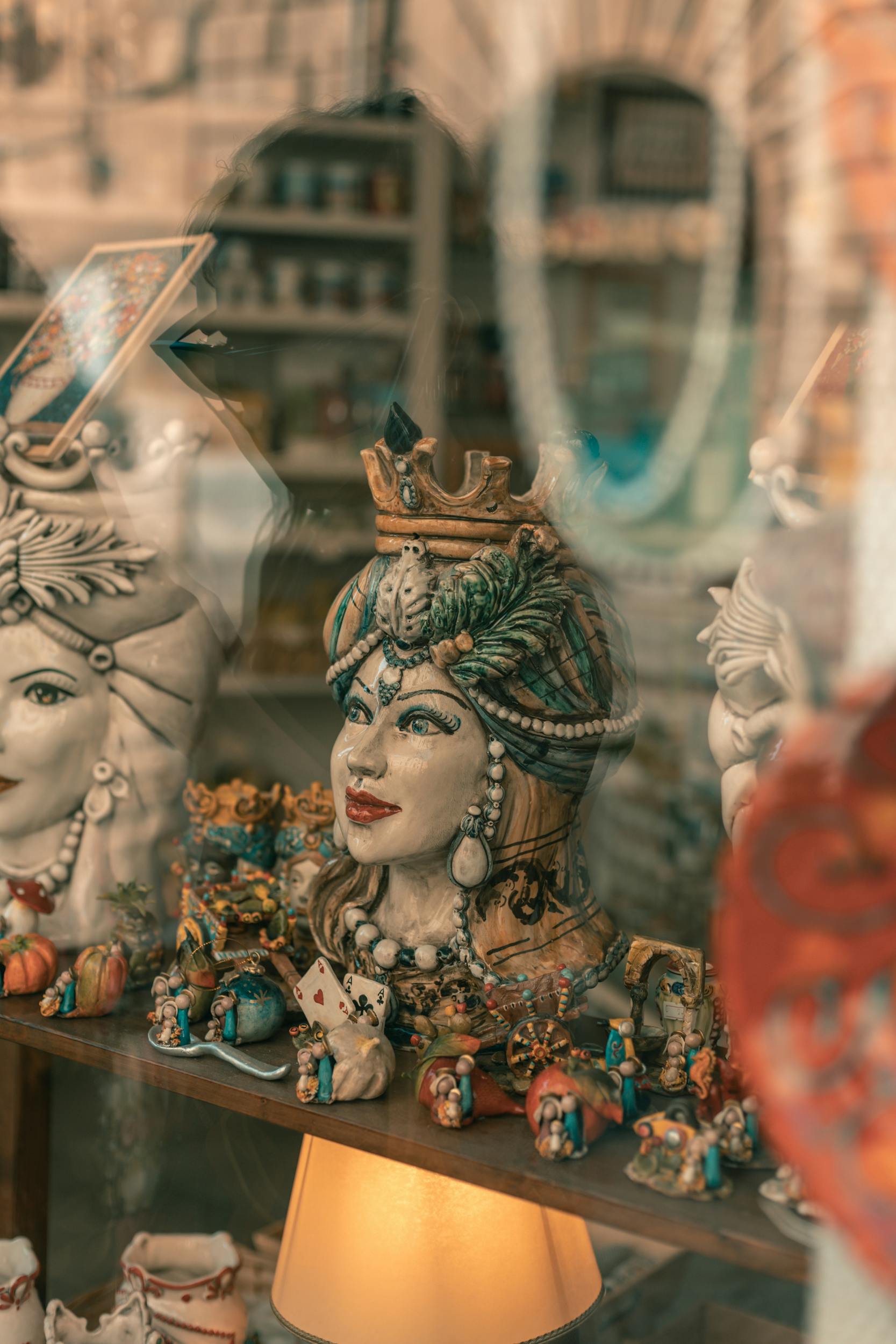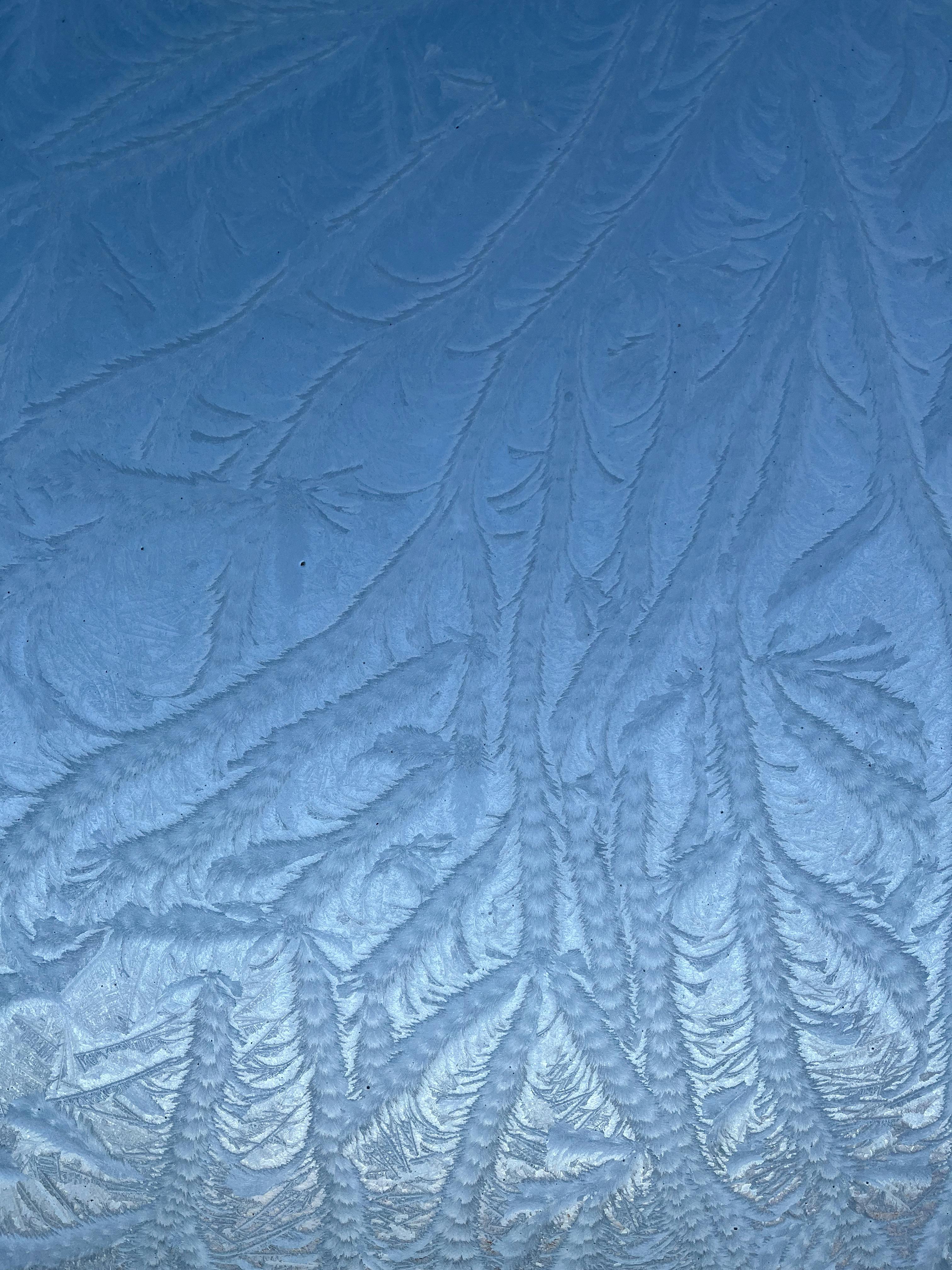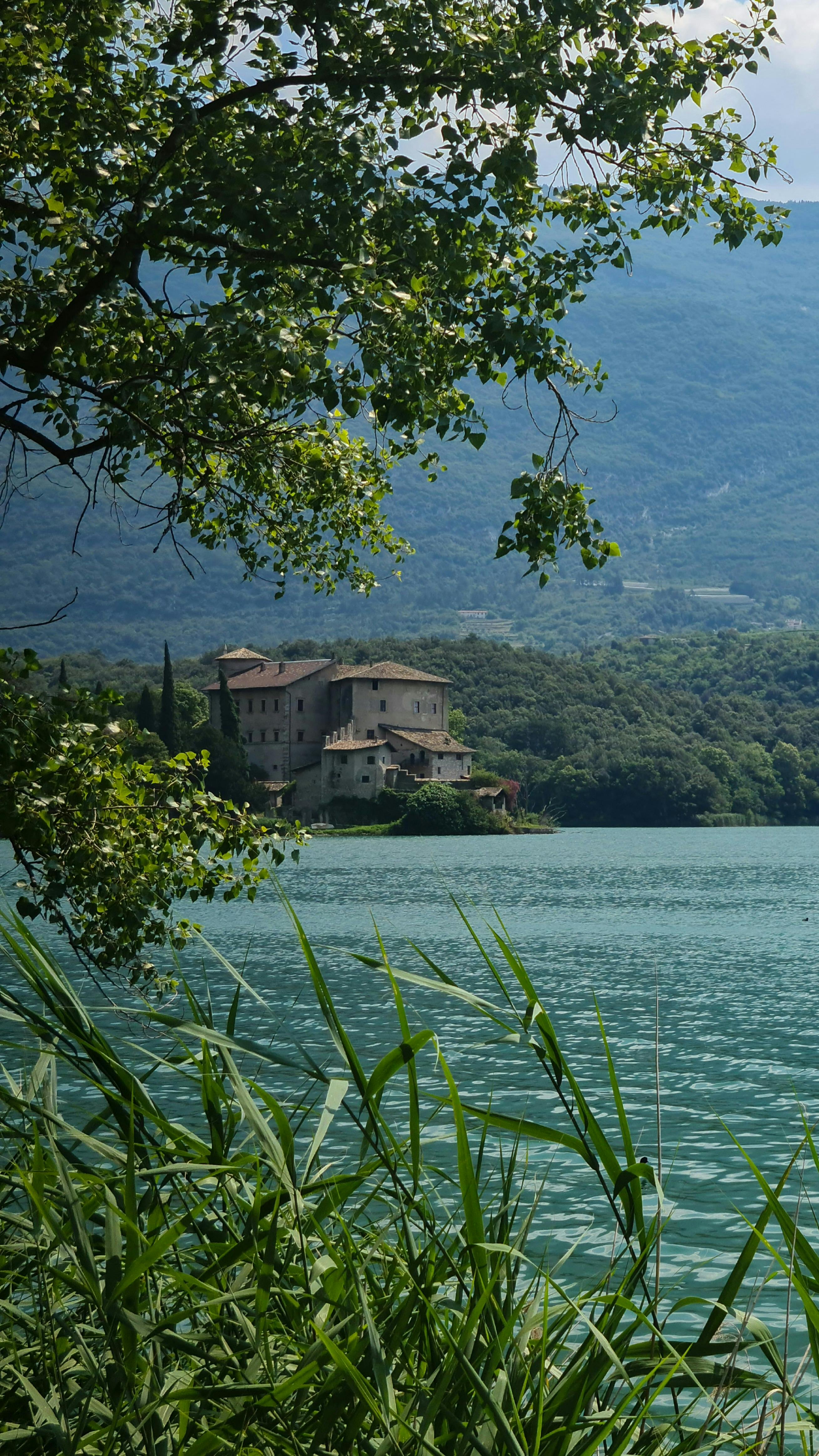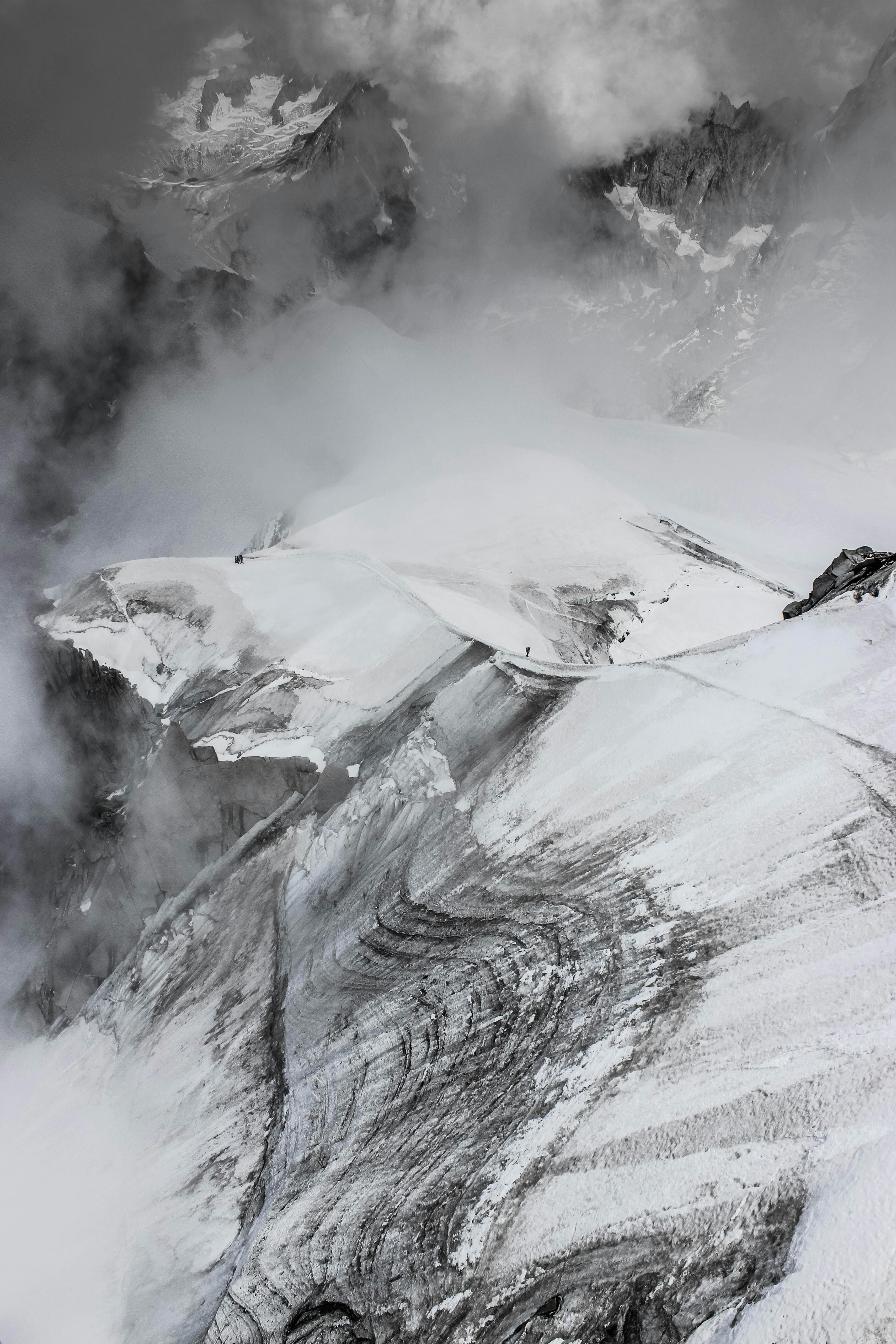France Country Guide.

Coastline. 4.853 km of coastline in France.

Sun hours. More than 1.800 sun hours every year.

Best time to visit. From april till mid july, and from end of august till end of september.

Must see. Château de Versailles, Côte d'Azur, Mont Saint-Michel, Carcassonne, and much more ...
Must knowns about France.
Dive into the essence of France. From its stunning landscapes and rich history to its vibrant culture and dynamic economy, this section paints a vivid picture of what makes this nation unique. Explore the heart and soul of France, where every detail tells a story of tradition, innovation, and resilience.
France.
France is a country of captivating contrasts, where the charm of Parisian boulevards meets the tranquil beauty of Provence's lavender fields. From the majestic peaks of the French Alps to the sun-kissed beaches of the Côte d'Azur, its landscapes are as diverse as they are breathtaking.
France is a global gastronomic hub, with world-renowned cuisine that ranges from delicate pastries and fine wines to rich cheeses and hearty stews.
The nation's cultural legacy is equally profound, with iconic landmarks like the Eiffel Tower, the historic châteaux of the Loire Valley, and the artistic treasures housed in the Louvre.
Whether exploring the serene vineyards of Bordeaux, relaxing in the picturesque villages of the French countryside, or delving into the vibrant art and fashion scenes of its cities, France offers a unique blend of relaxation, natural beauty, and cultural richness.
Visa requirements.
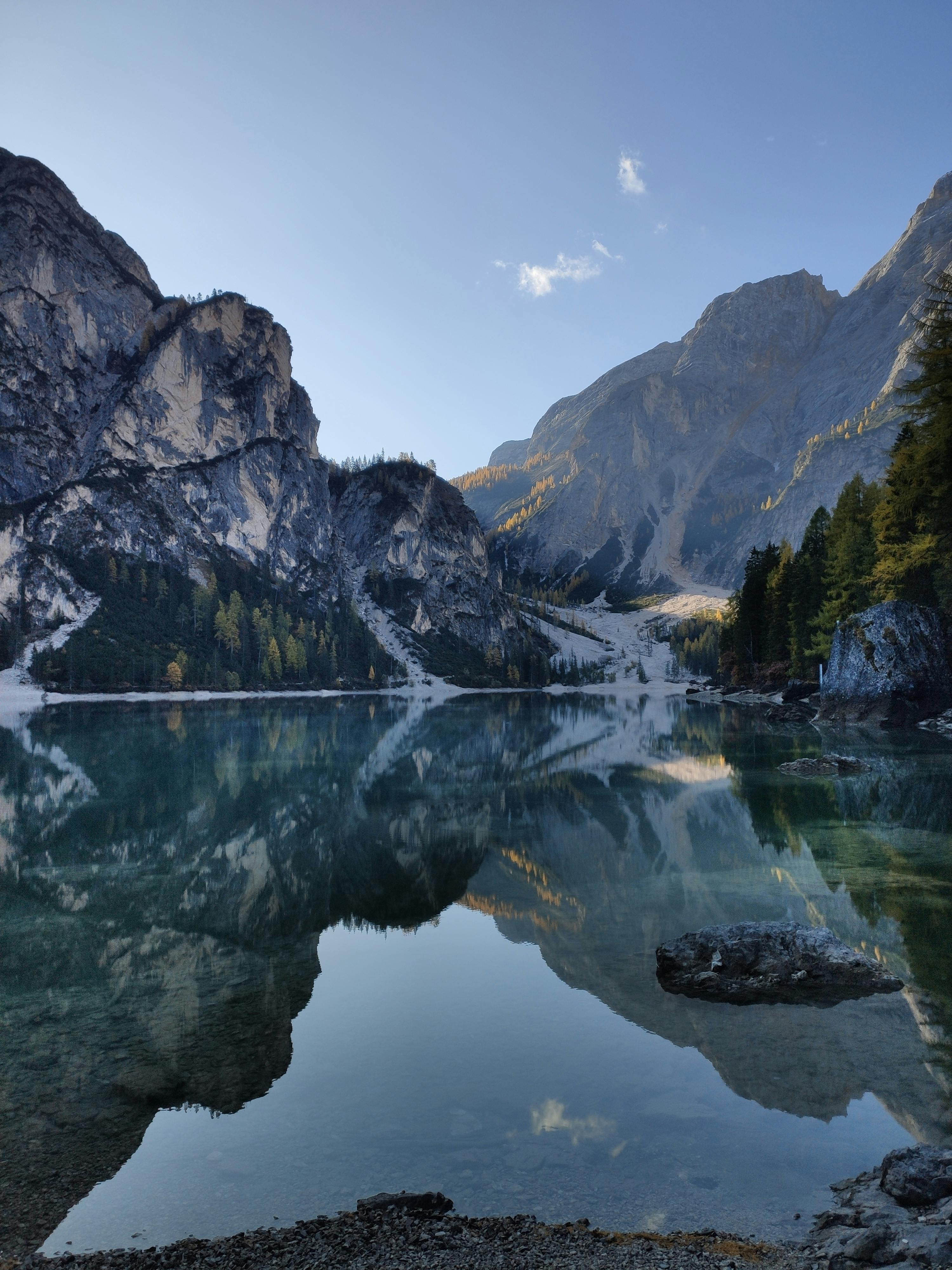
Short-Stay Visas (Schengen Visas).
These visas are for stays of up to 90 days within a 180-day period for purposes such as tourism, business, family visits, or attending events.
Who Needs a Schengen Visa?
- Non-EU/EEA/Swiss Nationals: Most non-EU/EEA/Swiss nationals require a Schengen visa to enter France.
- Visa-Exempt Countries: Citizens of certain countries, including the USA, Canada, Australia, Japan, and most South American nations, can enter France without a visa for short stays of up to 90 days within a 180-day period.
Requirements:
- Application Form: A completed and signed application form.
- Passport: Valid for at least 3 months beyond the intended stay and issued within the last 10 years. It should have at least two blank pages.
- Photographs: Two recent passport-sized photos meeting the Schengen photo requirements.
- Travel Insurance: Medical travel insurance with coverage of at least €30,000, valid throughout the Schengen Area.
- Proof of Accommodation: Hotel reservations, an invitation letter from a host, or other proof of accommodation.
- Proof of Financial Means: Bank statements, proof of employment, or a sponsorship letter indicating sufficient funds for the stay (generally around €120 per day).
- Flight Itinerary: A round-trip reservation or onward travel tickets.
- Supporting Documents: Additional documents may be required depending on the purpose of the visit, such as an invitation letter, conference registration, or business correspondence.
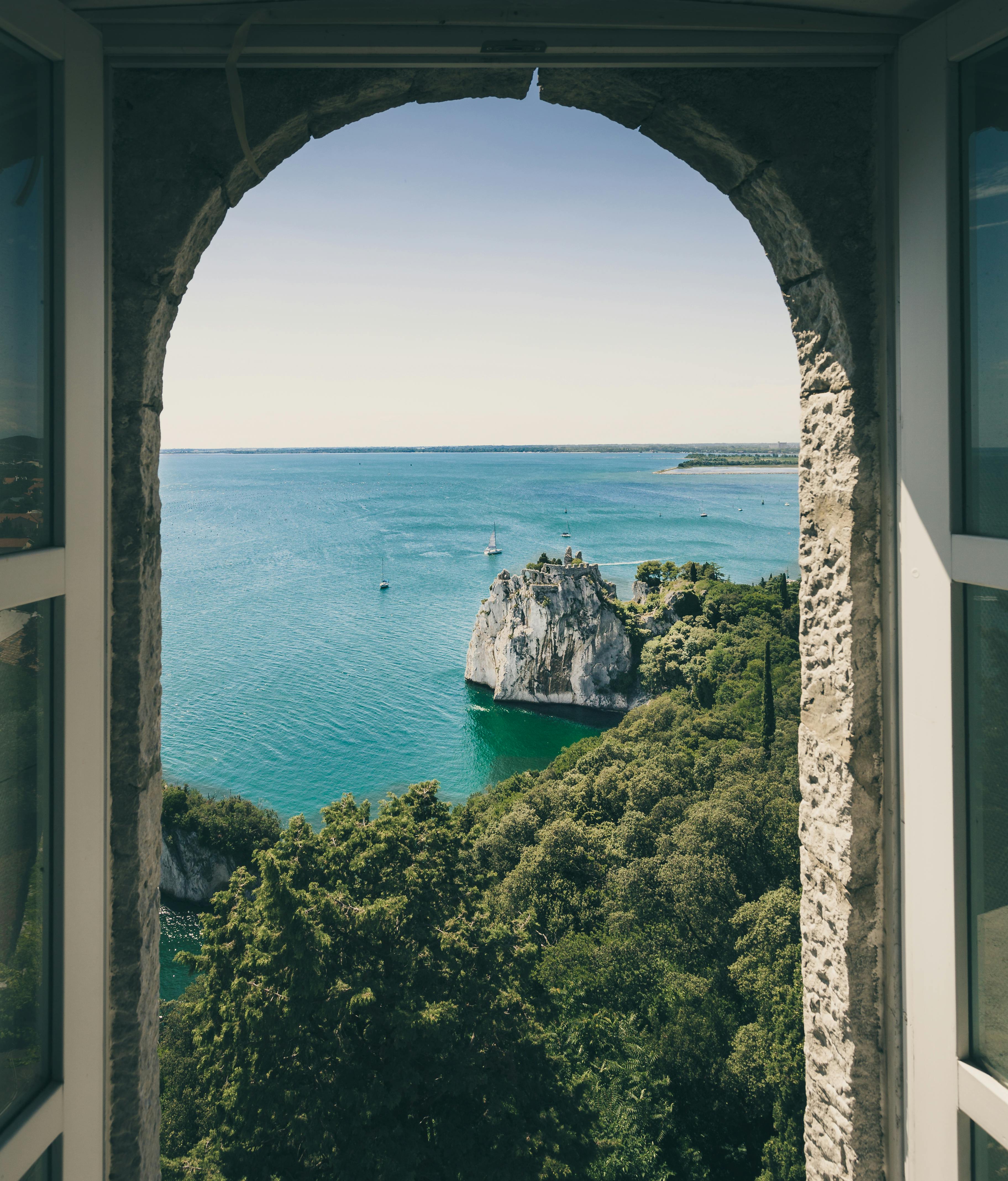
Long-Stay Visas (National Visas).
These visas are for stays exceeding 90 days and are required for purposes like work, study, family reunification, or long-term residency.
Who Needs a National Visa?
- Non-EU/EEA/Swiss nationals planning to stay in France for more than 90 days for any purpose.
Requirements:
- Application Form: Completed and signed.
- Passport: Valid for at least 3 months beyond the intended stay, with at least two blank pages.
- Photographs: Two recent passport-sized photos.
- Proof of Financial Means: Proof of sufficient financial resources (e.g., bank statements, proof of employment, or scholarship).
- Proof of Accommodation: Rental agreement, hotel bookings, or proof of housing in France.
- Health Insurance: Proof of adequate health insurance coverage.
- Purpose-Specific Documents:
- Work Visa: Employment contract or work permit approved by the French authorities.
- Student Visa: Enrollment letter from a recognized French educational institution.
- Family Reunification: Proof of family ties, such as a marriage certificate or birth certificate, and proof of residency of the family member in France.
- Language Proficiency: For study or work visas, proof of French language proficiency may be required, depending on the institution or employer.
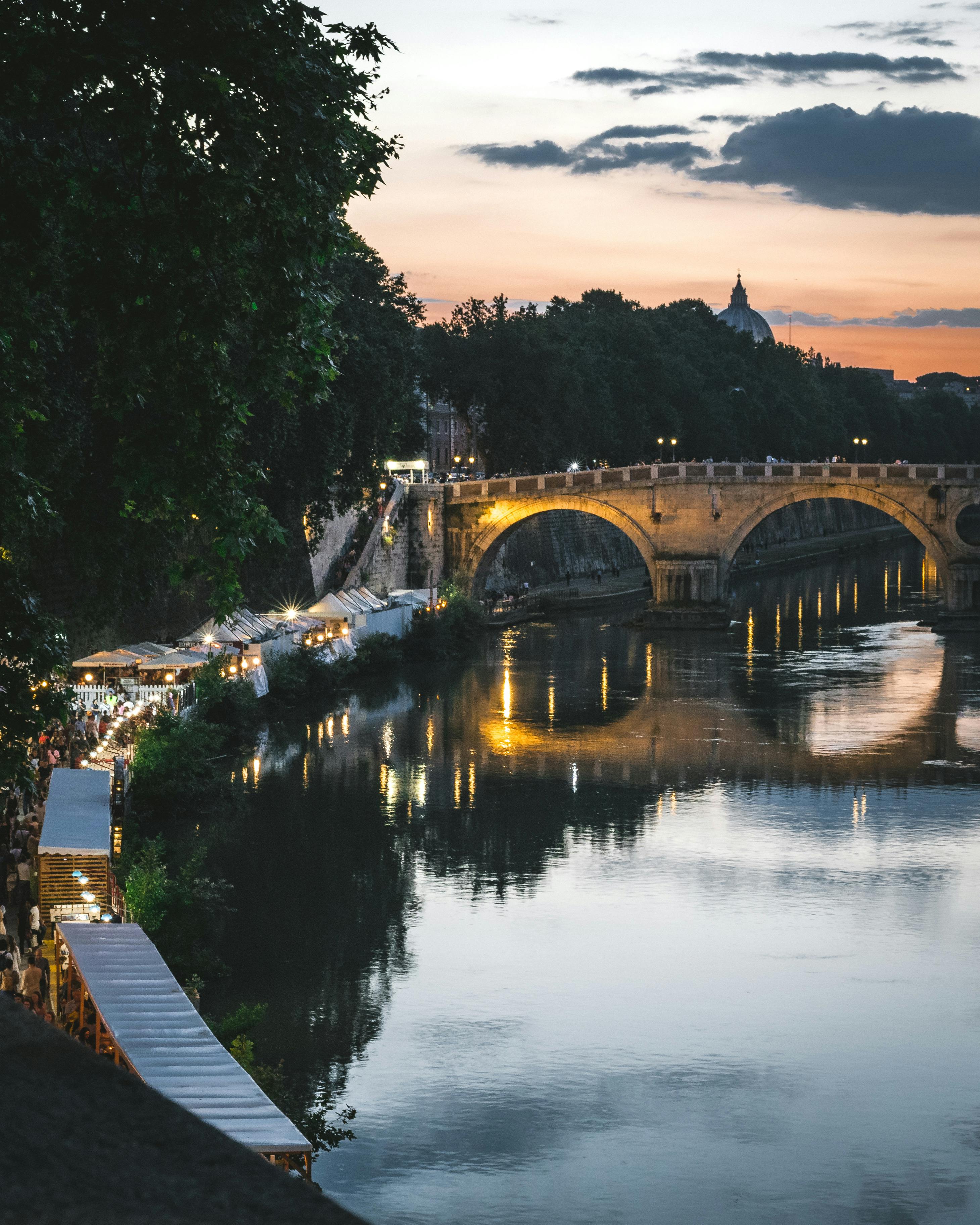
Transit Visas.
This visa is required for certain nationalities when transiting through a French airport on their way to a non-Schengen destination.
Who Needs a Transit Visa?
- Nationals of certain countries (e.g., Afghanistan, Bangladesh, Congo, Eritrea, Ghana, Iran, Iraq, Nigeria, Pakistan, Somalia, Sri Lanka) may require an airport transit visa.
Requirements:
- Application Form: Completed and signed.
- Passport: Valid with at least one blank page.
- Photographs: One or two recent passport-sized photos.
- Flight Ticket: Proof of the onward flight to the final destination.
- Visa for Next Destination: If required, the visa for the final destination.
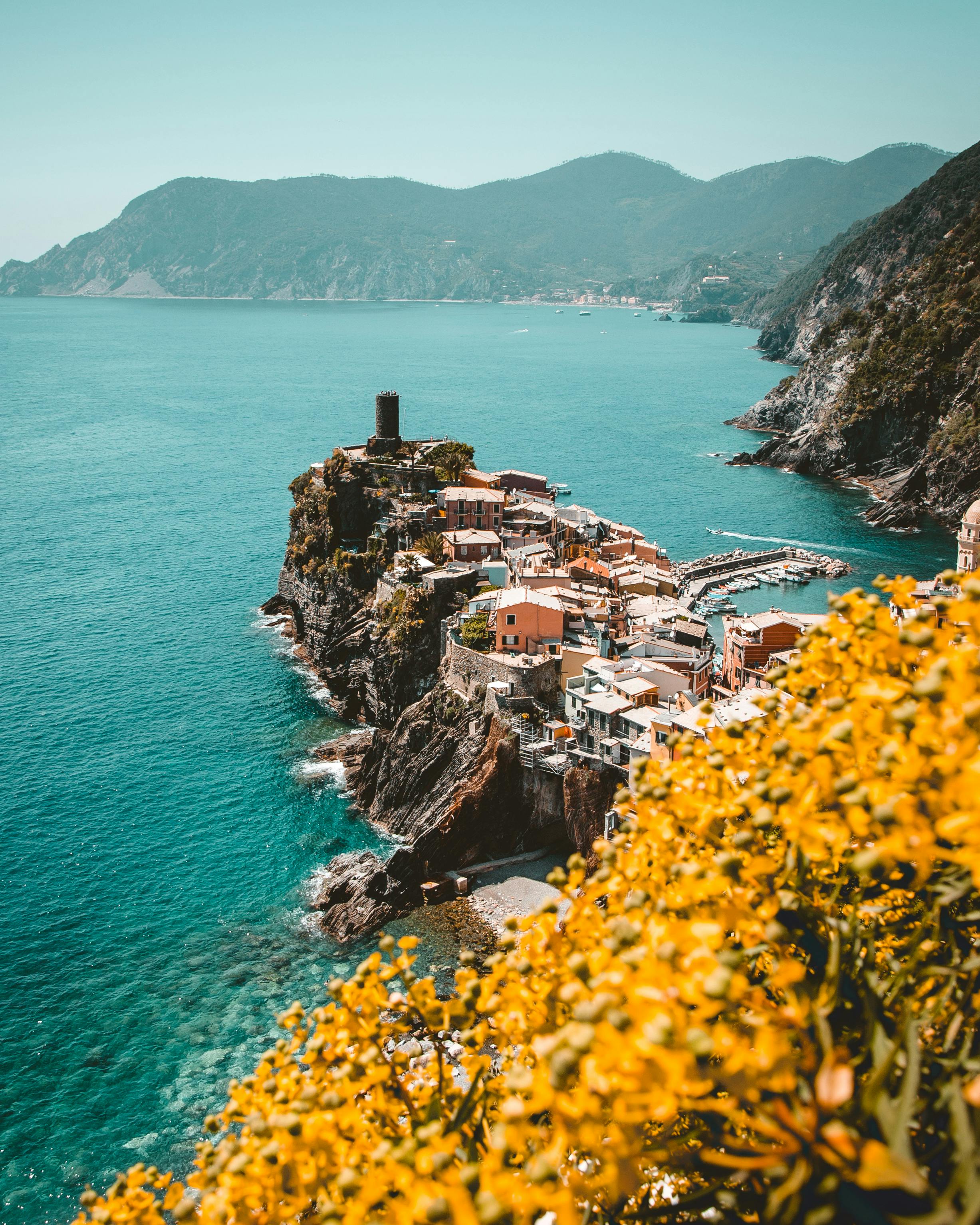
Special Cases.
EU/EEA/Swiss Nationals: These citizens do not need a visa to enter, reside, work, or study in France.
Family Members of EU/EEA/Swiss Nationals: Depending on their nationality, they may need to apply for a visa or can benefit from simplified visa procedures.
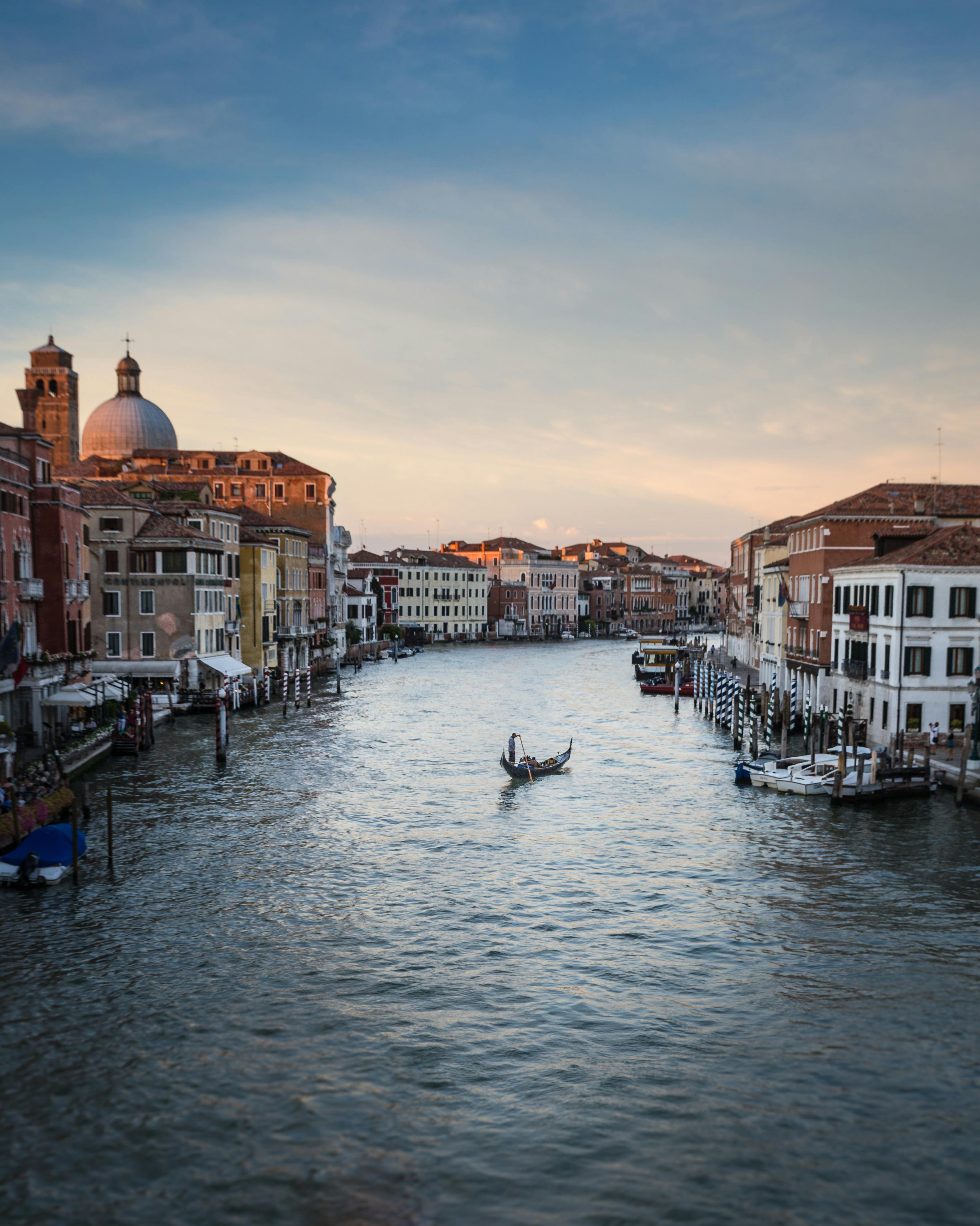
Application Process.
- Determine the Visa Type: Based on the purpose and duration of the stay.
- Gather Required Documents: According to the visa type.
- Complete the Application Form: Available online or at the French consulate/embassy.
- Schedule an Appointment: At the nearest French consulate/embassy or visa application center.
- Submit the Application: In person, along with biometric data (fingerprints and photo).
- Pay the Visa Fee: Payment varies based on the type of visa.
- Wait for Processing: Schengen visas typically take around 15 calendar days, while long-stay visas can take longer.
- Collect the Visa: Once approved, collect the visa from the consulate/embassy or visa application center.
Additional Notes.
- Multiple Entry Visa: For those needing to travel to France multiple times within a short period, a multiple-entry Schengen visa may be requested.
- Visa Extensions: Generally, Schengen visas cannot be extended beyond 90 days except in extraordinary circumstances. Long-stay visas can sometimes be extended depending on the situation.
It is crucial to check with the specific French consulate or embassy in your country for up-to-date information and specific requirements, as they can vary.
Safety in Italy.

General Safety.
- Low Violent Crime Rate: France has a relatively low rate of violent crime. Incidents involving tourists are rare, but it is advisable to stay vigilant, especially in urban areas.
- Petty Theft: Pickpocketing, bag snatching, and scams are common in crowded areas and tourist hotspots, particularly in Paris and other major cities. Be cautious in places like the Paris metro, popular landmarks, and busy markets.
- Scams: Tourists may encounter scams, such as fake petitions, overcharging, and counterfeit goods. Common scams include people pretending to be deaf or mute asking for donations and street vendors offering fake designer items.
- Terrorism: France, like many countries in Europe, has experienced terrorist attacks in recent years. The government has a robust security presence in major cities and at key sites. Stay informed about the current security situation and follow local advice.
- Protests and Demonstrations: France sometimes gets confronted with public protests, which can sometimes turn violent, particularly in Paris. Avoid large gatherings, especially during political events or labor strikes.

Health and Medical Care.
- Healthcare System: France has a well-developed healthcare system, with high-quality medical services available across the country. EU citizens can use their European Health Insurance Card (EHIC) for medical care. Non-EU citizens should have travel insurance that covers health emergencies.
- Pharmacies: Pharmacies are widespread and can provide over-the-counter medications and basic medical advice. Look for a green cross sign to locate a pharmacy.
- Vaccinations: No special vaccinations are required for travel to France, but routine vaccinations should be up to date.

Natural Hazards.
- Flooding: Certain regions, particularly near rivers like the Seine in Paris, can experience flooding, especially in spring. Pay attention to local weather warnings.
- Wildfires: In the summer, especially in the south of France, wildfires can occur. Heed local advice and stay informed about any potential risks.

Transportation Safety.
- Road Safety: France has a well-maintained road network, but driving in cities can be challenging due to heavy traffic and aggressive driving behavior. Adhere to traffic rules and be cautious of other drivers.
- Public Transportation: Public transportation in France is generally safe and efficient. However, be mindful of your belongings, especially on crowded metros and buses, where pickpockets may operate.
- Taxis: Use licensed taxis from official taxi ranks or reputable ride-hailing apps. Avoid unlicensed taxis, which may overcharge or take longer routes.

Cultural Considerations.
- Respect for Local Customs: French people value politeness and respect, especially when it comes to greetings and manners. It is customary to greet people with "Bonjour" (Good day) when entering a shop or starting a conversation.
- Language Barrier: While many French people in tourist areas speak some English, learning basic French phrases can enhance your experience and is appreciated by locals.

Emergency Contacts.
- Police: 17
- Ambulance: 15
- Fire Brigade: 18
- European Emergency Number (for all services): 112
Must-sees in France.
Prepare to embark on a journey through the most captivating and essential sites France has to offer. From majestic natural landscapes to historic marvels, these locations are the very heart and soul of France's allure.
Regions in France.
France is a tapestry of landscapes, each thread uniquely vibrant and captivating. From the sun-drenched shores of the Mediterranean to the lush valleys of the Loire, the rich diversity of its regions promises endless exploration. Dive into the beauty and character of each distinct area and uncover the remarkable stories they hold. Explore the regions to see what makes each one extraordinary.

Auvergne-Rhône-Alpes.
Florence.
Florence, a Renaissance jewel, dazzles with Michelangelo’s David, the Duomo, and art in the Uffizi Gallery, all set in charming, historic streets.
Val d’Orcia.
Val d’Orcia, a scenic Tuscan valley, delights with rolling hills, medieval towns, and fine wines, showcasing Italy’s serene rural charm.
Cascate del Mulino.
Cascate del Mulino features enchanting natural hot springs cascading into picturesque pools, offering a tranquil retreat amid stunning countryside.
Nestled in the heart of France, Auvergne-Rhône-Alpes is a region where luxury and natural splendor converge. Known for its breathtaking Alpine landscapes, thermal spas, and vibrant cities, this area offers a diverse range of experiences.
Enjoy a temperate climate with snowy winters perfect for skiing and mild summers ideal for exploring its scenic beauty.
Discover the chic city of Lyon, famous for its gourmet cuisine, the stunning Mont Blanc region, and the historic charm of Clermont-Ferrand.
With its combination of majestic mountains, elegant cities, and world-class gastronomy, Auvergne-Rhône-Alpes promises an unforgettable blend of sophistication and adventure.
Auvergne-Rhône-Alpes activities.
Sadly we are not able to show you all activities. But let the three activities below give you a small tip and insight in what is possible.
Get in contact with us to discover more about what is possible.
Bourgogne-Franche-Comté.
Florence.
Florence, a Renaissance jewel, dazzles with Michelangelo’s David, the Duomo, and art in the Uffizi Gallery, all set in charming, historic streets.
Val d’Orcia.
Val d’Orcia, a scenic Tuscan valley, delights with rolling hills, medieval towns, and fine wines, showcasing Italy’s serene rural charm.
Cascate del Mulino.
Cascate del Mulino features enchanting natural hot springs cascading into picturesque pools, offering a tranquil retreat amid stunning countryside.
Bourgogne-Franche-Comté, a region where elegance and heritage converge, offers a rich tapestry of experiences for the discerning traveler.
Known for its prestigious vineyards, this area is the birthplace of some of the world's finest wines, including Burgundy’s iconic reds and whites.
The region’s diverse landscapes range from the rolling hills of the Côte d'Or to the rugged beauty of the Jura Mountains, making it a destination for both relaxation and adventure.
Historic cities like Dijon and Besançon boast a wealth of cultural treasures, while the serene countryside is dotted with charming villages, ancient abbeys, and picturesque canals.
With a temperate climate that invites exploration year-round, Bourgogne-Franche-Comté is a haven for those seeking both luxury and authenticity in the heart of France.
Bourgogne-Franche-Comté activities.
Sadly we are not able to show you all activities. But let the three activities below give you a small tip and insight in what is possible.
Get in contact with us to discover more about what is possible.
Brittany.
Florence.
Florence, a Renaissance jewel, dazzles with Michelangelo’s David, the Duomo, and art in the Uffizi Gallery, all set in charming, historic streets.
Val d’Orcia.
Val d’Orcia, a scenic Tuscan valley, delights with rolling hills, medieval towns, and fine wines, showcasing Italy’s serene rural charm.
Cascate del Mulino.
Cascate del Mulino features enchanting natural hot springs cascading into picturesque pools, offering a tranquil retreat amid stunning countryside.
Brittany, with its rugged coastlines and storied heritage, invites luxury travelers to explore a unique tapestry of stunning landscapes and rich cultural traditions.
This enchanting region of France is renowned for its dramatic cliffs, picturesque fishing villages, and historic landmarks like the medieval city of Saint-Malo and the majestic Mont-Saint-Michel just off its shores.
Brittany enjoys a temperate maritime climate with mild winters and pleasant summers, ideal for enjoying its beautiful beaches and coastal trails.
Dive into its rich maritime history, savor exquisite seafood and cider, and experience the charm of its vibrant festivals and ancient megaliths.
Brittany's distinct blend of natural beauty and cultural richness offers a sophisticated yet authentic escape into one of France's most captivating regions.
Brittany activities.
Sadly we are not able to show you all activities. But let the three activities below give you a small tip and insight in what is possible.
Get in contact with us to discover more about what is possible.
Centre-Val de Loire.
Florence.
Florence, a Renaissance jewel, dazzles with Michelangelo’s David, the Duomo, and art in the Uffizi Gallery, all set in charming, historic streets.
Val d’Orcia.
Val d’Orcia, a scenic Tuscan valley, delights with rolling hills, medieval towns, and fine wines, showcasing Italy’s serene rural charm.
Cascate del Mulino.
Cascate del Mulino features enchanting natural hot springs cascading into picturesque pools, offering a tranquil retreat amid stunning countryside.
Centre-Val de Loire, nestled in the heart of France, offers an exquisite blend of history, elegance, and natural beauty.
This region is famed for its majestic châteaux, including the opulent Château de Chambord and the refined Château de Chenonceau, each a testament to France’s royal heritage.
With a temperate climate featuring warm summers and mild winters, it’s perfect for exploring lush vineyards, charming towns like Tours, and serene riverbanks along the Loire.
Centre-Val de Loire’s unique appeal lies in its rich cultural legacy, exquisite architectural treasures, and serene landscapes, making it an ideal destination for a sophisticated and immersive French experience.
Centre-Val de Loire activities.
Sadly we are not able to show you all activities. But let the three activities below give you a small tip and insight in what is possible.
Get in contact with us to discover more about what is possible.
Corsica.
Florence.
Florence, a Renaissance jewel, dazzles with Michelangelo’s David, the Duomo, and art in the Uffizi Gallery, all set in charming, historic streets.
Val d’Orcia.
Val d’Orcia, a scenic Tuscan valley, delights with rolling hills, medieval towns, and fine wines, showcasing Italy’s serene rural charm.
Cascate del Mulino.
Cascate del Mulino features enchanting natural hot springs cascading into picturesque pools, offering a tranquil retreat amid stunning countryside.
Corsica, the stunning Mediterranean island, offers a luxurious escape with its dramatic landscapes and rich cultural heritage.
Known as "The Isle of Beauty," Corsica features rugged mountains, pristine beaches, and charming villages. The island enjoys a Mediterranean climate with hot summers and mild winters, ideal for year-round exploration.
Highlights include the stunning Calanques de Piana, the historic city of Ajaccio, and the scenic coastal town of Bonifacio. Corsica’s unique charm lies in its diverse terrain, from alpine peaks to crystal-clear waters, and its blend of French and Italian influences.
Immerse yourself in Corsica's unparalleled natural beauty and sophisticated cultural experiences, making it a truly unique destination.
Corsica activities.
Sadly we are not able to show you all activities. But let the three activities below give you a small tip and insight in what is possible.
Get in contact with us to discover more about what is possible.
Grand Est.
Florence.
Florence, a Renaissance jewel, dazzles with Michelangelo’s David, the Duomo, and art in the Uffizi Gallery, all set in charming, historic streets.
Val d’Orcia.
Val d’Orcia, a scenic Tuscan valley, delights with rolling hills, medieval towns, and fine wines, showcasing Italy’s serene rural charm.
Cascate del Mulino.
Cascate del Mulino features enchanting natural hot springs cascading into picturesque pools, offering a tranquil retreat amid stunning countryside.
Grand Est, a region in northeastern France, enchants with its blend of rich history, diverse culture, and picturesque landscapes.
Known for its charming cities like Strasbourg and Reims, it offers a tapestry of Gothic architecture, elegant canals, and renowned vineyards.
The region’s temperate climate ensures pleasant visits year-round, with mild summers and cool winters perfect for exploring.
Highlights include the stunning Strasbourg Cathedral, the Champagne houses in Épernay, and the enchanting forests of the Vosges Mountains.
Grand Est stands out for its unique fusion of French and German influences, vibrant festivals, and world-class wine routes, promising a sophisticated and immersive French experience.
Grand Est activities.
Sadly we are not able to show you all activities. But let the three activities below give you a small tip and insight in what is possible.
Get in contact with us to discover more about what is possible.

Hauts-de-France.
Florence.
Florence, a Renaissance jewel, dazzles with Michelangelo’s David, the Duomo, and art in the Uffizi Gallery, all set in charming, historic streets.
Val d’Orcia.
Val d’Orcia, a scenic Tuscan valley, delights with rolling hills, medieval towns, and fine wines, showcasing Italy’s serene rural charm.
Cascate del Mulino.
Cascate del Mulino features enchanting natural hot springs cascading into picturesque pools, offering a tranquil retreat amid stunning countryside.
Hauts-de-France, located in northern France, is a region that effortlessly combines historical grandeur with contemporary charm.
Known for its rich heritage and diverse landscapes, this area is home to the vibrant city of Lille, with its stunning Grand Place and Flemish architecture, and the magnificent Palais des Beaux-Arts, showcasing an impressive collection of fine art. The region’s coastlines, including the striking cliffs of Étretat and the tranquil beaches of Le Touquet, offer picturesque retreats.
Hauts-de-France experiences a temperate climate with cool winters and mild summers, ideal for exploring its historical sites and natural beauty.
Not to be missed is the historic city of Arras, renowned for its beautifully restored squares and the somber yet moving World War I memorials. Hauts-de-France stands out for its blend of historical significance, artistic treasures, and scenic coastal allure, promising a sophisticated and enriching travel experience.
Hauts-de-France activities.
Sadly we are not able to show you all activities. But let the three activities below give you a small tip and insight in what is possible.
Get in contact with us to discover more about what is possible.
Île-de-France.
Florence.
Florence, a Renaissance jewel, dazzles with Michelangelo’s David, the Duomo, and art in the Uffizi Gallery, all set in charming, historic streets.
Val d’Orcia.
Val d’Orcia, a scenic Tuscan valley, delights with rolling hills, medieval towns, and fine wines, showcasing Italy’s serene rural charm.
Cascate del Mulino.
Cascate del Mulino features enchanting natural hot springs cascading into picturesque pools, offering a tranquil retreat amid stunning countryside.
Île-de-France, the prestigious region surrounding Paris, is a treasure trove of luxury and elegance.
Home to the French capital, it offers an unparalleled blend of historical grandeur and modern sophistication. Experience the opulence of the Palace of Versailles, with its lavish Hall of Mirrors and expansive gardens, or indulge in a refined shopping spree along the chic boutiques of the Champs-Élysées.
The region's climate is generally mild, with warm summers and cool winters, making it perfect for year-round exploration. Immerse yourself in the rich culture at the Louvre, home to masterpieces like the Mona Lisa, or relax in the serene settings of the Parc des Buttes-Chaumont.
Île-de-France is celebrated for its cultural landmarks, world-class dining, and proximity to some of France's most iconic sites, ensuring a refined and unforgettable experience in the heart of the country.
Île-de-France activities.
Sadly we are not able to show you all activities. But let the three activities below give you a small tip and insight in what is possible.
Get in contact with us to discover more about what is possible.
Normandy.
Florence.
Florence, a Renaissance jewel, dazzles with Michelangelo’s David, the Duomo, and art in the Uffizi Gallery, all set in charming, historic streets.
Val d’Orcia.
Val d’Orcia, a scenic Tuscan valley, delights with rolling hills, medieval towns, and fine wines, showcasing Italy’s serene rural charm.
Cascate del Mulino.
Cascate del Mulino features enchanting natural hot springs cascading into picturesque pools, offering a tranquil retreat amid stunning countryside.
Normandy, a region in northern France, is a captivating blend of historical significance, stunning landscapes, and cultural richness.
Renowned for its dramatic coastline, Normandy boasts the iconic cliffs of Étretat and the serene beaches of Deauville, perfect for both relaxation and exploration.
History enthusiasts will find the D-Day landing beaches, such as Omaha Beach and the poignant American Cemetery, profoundly moving.
The region also offers the architectural marvel of Mont Saint-Michel, a medieval abbey perched on a tidal island, renowned for its Gothic spires and panoramic views.
Normandy’s climate features mild summers and cool winters, making it ideal for year-round visits.
The region’s gastronomy, highlighted by local specialties like Camembert cheese and Calvados apple brandy, adds a delicious layer to the travel experience.
Normandy's unique blend of historical depth, natural beauty, and culinary excellence ensures a refined and enriching escape.
Normandy activities.
Sadly we are not able to show you all activities. But let the three activities below give you a small tip and insight in what is possible.
Get in contact with us to discover more about what is possible.
Nouvelle-Aquitaine.
Florence.
Florence, a Renaissance jewel, dazzles with Michelangelo’s David, the Duomo, and art in the Uffizi Gallery, all set in charming, historic streets.
Val d’Orcia.
Val d’Orcia, a scenic Tuscan valley, delights with rolling hills, medieval towns, and fine wines, showcasing Italy’s serene rural charm.
Cascate del Mulino.
Cascate del Mulino features enchanting natural hot springs cascading into picturesque pools, offering a tranquil retreat amid stunning countryside.
Nouvelle-Aquitaine, France’s largest region, is a haven of diverse landscapes and rich cultural heritage.
Renowned for its picturesque vineyards, pristine beaches, and historic towns, this region offers a blend of luxury and natural beauty.
Explore the grandeur of Bordeaux’s wine estates, such as Château Margaux, where you can indulge in exclusive tastings and guided tours through the vineyards.
In the Basque Country, the coastal town of Biarritz offers elegant seaside resorts and world-class surf experiences. The region’s historic charm is evident in the medieval city of Saint-Émilion, with its ancient architecture and exceptional wine cellars.
With a climate that enjoys mild winters and warm summers, Nouvelle-Aquitaine is ideal for year-round visits.
The region’s unique selling points lie in its luxurious wine experiences, stunning coastal scenery, and historic towns, providing a sophisticated and varied experience for discerning travelers.
Nouvelle-Aquitaine activities.
Sadly we are not able to show you all activities. But let the three activities below give you a small tip and insight in what is possible.
Get in contact with us to discover more about what is possible.
Occitanie.
Florence.
Florence, a Renaissance jewel, dazzles with Michelangelo’s David, the Duomo, and art in the Uffizi Gallery, all set in charming, historic streets.
Val d’Orcia.
Val d’Orcia, a scenic Tuscan valley, delights with rolling hills, medieval towns, and fine wines, showcasing Italy’s serene rural charm.
Cascate del Mulino.
Cascate del Mulino features enchanting natural hot springs cascading into picturesque pools, offering a tranquil retreat amid stunning countryside.
Occitanie, located in the south of France, is a region where ancient history and vibrant culture converge amidst stunning landscapes.
Known for its medieval towns, such as the fortified city of Carcassonne, Occitanie offers a blend of historic charm and modern luxury.
The region's diverse terrain spans from the peaks of the Pyrenees to the sun-soaked shores of the Mediterranean, creating a varied climate that ranges from snowy winters in the mountains to warm, dry summers along the coast.
For wine enthusiasts, the vineyards of Languedoc-Roussillon offer some of France's most celebrated wines, while the city of Toulouse, known as "La Ville Rose" for its terracotta buildings, buzzes with aerospace innovation and cultural festivals.
Whether exploring the UNESCO World Heritage sites or savoring fine dining in Michelin-starred restaurants, Occitanie provides a uniquely luxurious experience rooted in both tradition and contemporary elegance.
Occitanie activities.
Sadly we are not able to show you all activities. But let the three activities below give you a small tip and insight in what is possible.
Get in contact with us to discover more about what is possible.

Pays de la Loire.
Florence.
Florence, a Renaissance jewel, dazzles with Michelangelo’s David, the Duomo, and art in the Uffizi Gallery, all set in charming, historic streets.
Val d’Orcia.
Val d’Orcia, a scenic Tuscan valley, delights with rolling hills, medieval towns, and fine wines, showcasing Italy’s serene rural charm.
Cascate del Mulino.
Cascate del Mulino features enchanting natural hot springs cascading into picturesque pools, offering a tranquil retreat amid stunning countryside.
Nestled in western France, Pays de la Loire is a region where the Loire River's gentle flow meets an eclectic blend of history, culture, and natural beauty.
The region is famed for its majestic châteaux, including the grand Château de Brissac, the tallest in France, and the exquisite Château d'Angers, home to the Apocalypse Tapestry.
Pays de la Loire also boasts stunning coastlines, with the upscale resort town of La Baule offering one of Europe’s most beautiful beaches. The region enjoys a mild maritime climate, making it ideal for year-round visits.
Rich in culinary delights, from Nantes’ buttery biscuits to the famed Muscadet wines, this region promises an immersive experience in French elegance.
Discover the diverse landscapes, from lush vineyards to serene seaside escapes, that define the unique charm of Pays de la Loire.
Pays de la Loire activities.
Sadly we are not able to show you all activities. But let the three activities below give you a small tip and insight in what is possible.
Get in contact with us to discover more about what is possible.
Provence-Alpes-Côte d'Azur.
Florence.
Florence, a Renaissance jewel, dazzles with Michelangelo’s David, the Duomo, and art in the Uffizi Gallery, all set in charming, historic streets.
Val d’Orcia.
Val d’Orcia, a scenic Tuscan valley, delights with rolling hills, medieval towns, and fine wines, showcasing Italy’s serene rural charm.
Cascate del Mulino.
Cascate del Mulino features enchanting natural hot springs cascading into picturesque pools, offering a tranquil retreat amid stunning countryside.
Provence-Alpes-Côte d'Azur captivates with its blend of Mediterranean elegance and rugged alpine beauty. This region offers a tapestry of experiences, from the glamorous beaches of the French Riviera, like Saint-Tropez and Cannes, to the lavender fields of Provence, where the air is infused with a calming aroma.
The cultural richness is evident in historic cities like Avignon, home to the Palais des Papes, and the vibrant arts scene of Aix-en-Provence, renowned for its connections to Cézanne. The climate varies across the region, with sun-drenched summers along the coast and snowy winters in the Alps, making it a year-round destination.
Whether exploring the ancient Roman ruins of Arles, indulging in the culinary delights of local markets, or skiing in the Alpes-Maritimes, Provence-Alpes-Côte d'Azur offers an unparalleled blend of natural beauty, cultural heritage, and luxurious experiences. This is a place where every detail, from the vivid landscapes to the exquisite cuisine, invites you to savor life's finest pleasures.
Provence-Alpes-Côte d'Azur activities.
Sadly we are not able to show you all activities. But let the three activities below give you a small tip and insight in what is possible.
Get in contact with us to discover more about what is possible.
Gastronomy in France.
Explore the culinary delights of France, where you'll find famous recipes, top restaurants, and celebrated chefs. This guide offers a taste of the nation’s rich food culture, but remember, there’s a whole world of flavors and dining experiences beyond these highlights. Dive in and let your palate and eyes discover famous recipes, top restaurants, and celebrated chefs.
Famous dishes.
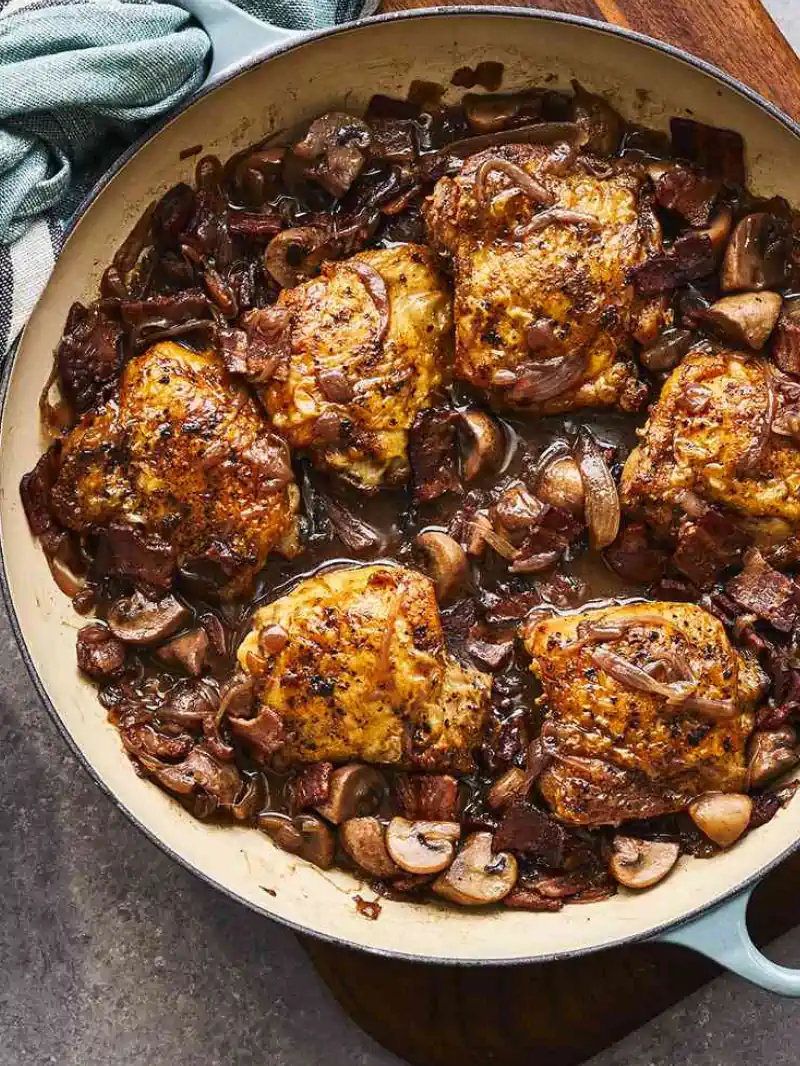
Coq au Vin.
Coq au Vin is a traditional French dish that brings together tender chicken pieces slowly braised in red wine, typically Burgundy, with mushrooms, onions, and lardons (small strips of bacon). The wine infuses the chicken with deep, robust flavors, while the addition of garlic and thyme adds an aromatic richness. This hearty and rustic meal is a testament to the elegance of French country cooking.
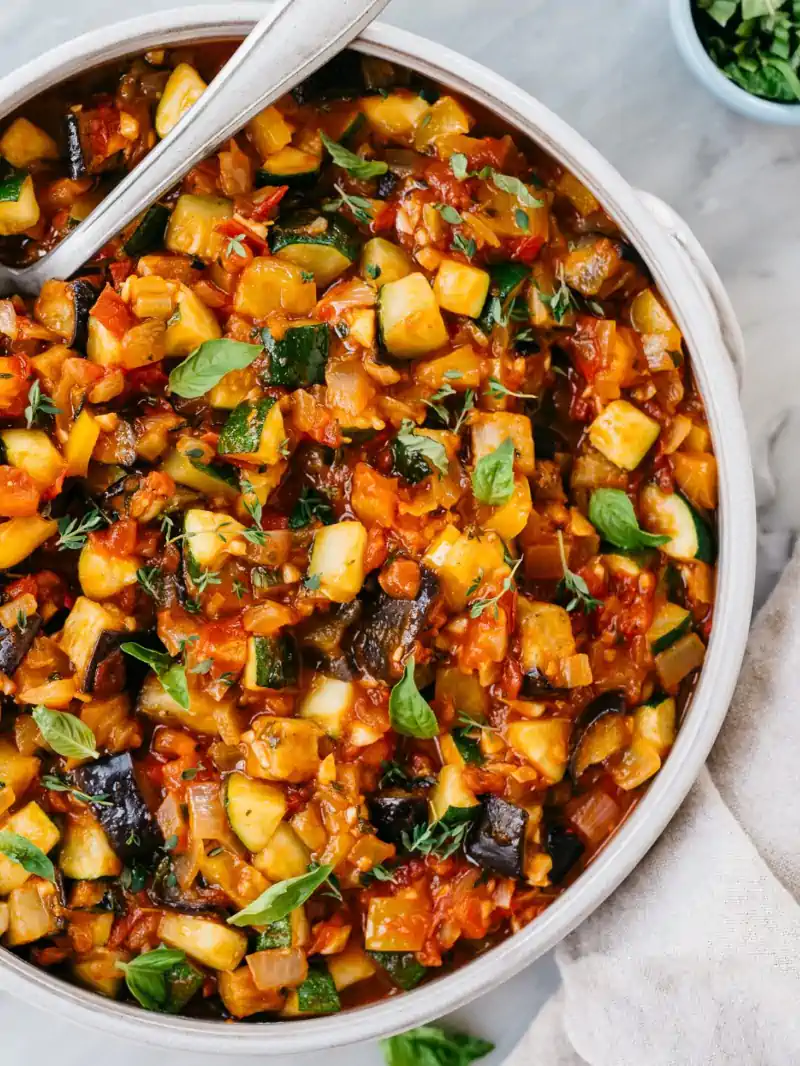
Ratatouille.
Ratatouille is a vibrant and colorful vegetable medley hailing from the Provence region. Made with a mix of eggplant, zucchini, bell peppers, onions, and tomatoes, each vegetable is sautéed and then slowly simmered in olive oil with herbs like basil and thyme. This dish, bursting with the freshness of summer produce, is often enjoyed as a side or a main course.

Bouillabaisse.
Bouillabaisse is a renowned fish stew originating from the port city of Marseille. It combines various types of fresh fish and shellfish with a fragrant broth made from onions, tomatoes, saffron, and garlic. The seafood is cooked to perfection, soaking up the broth’s rich and aromatic flavors, making each bite a taste of the Mediterranean.
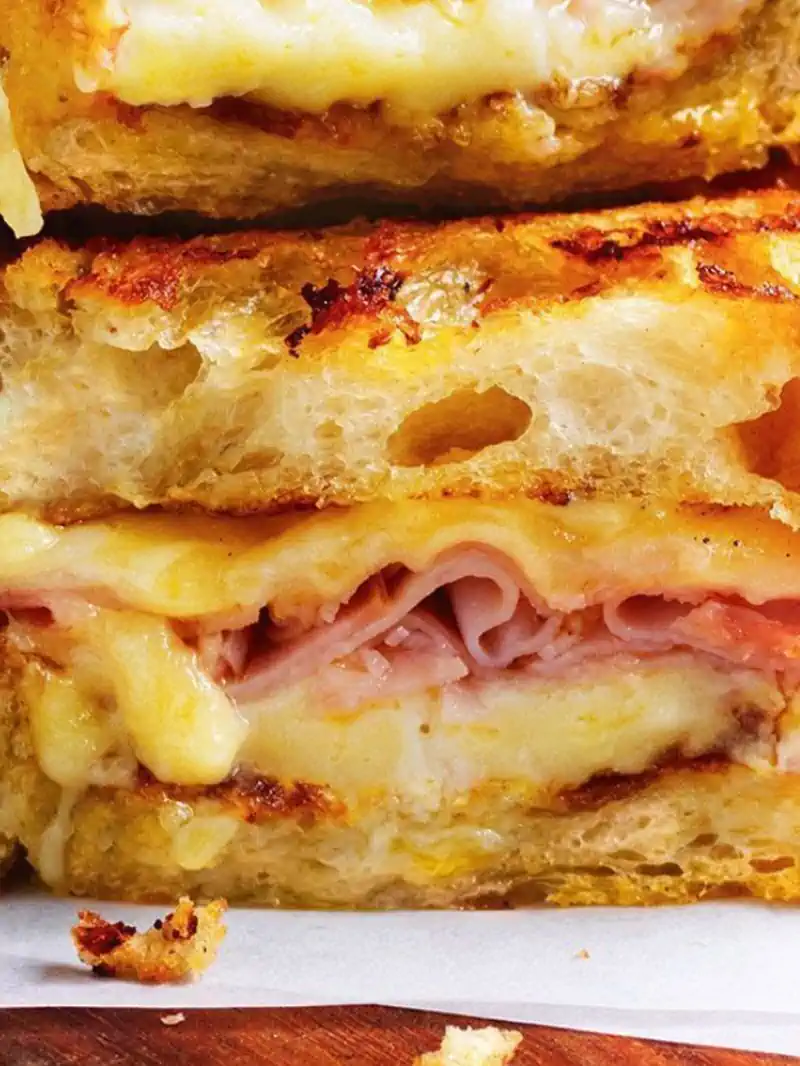
Croque Monsieur.
Croque Monsieur offers a quintessential taste of French café culture, this warm and satisfying sandwich is made with layers of ham and cheese, typically Gruyère or Emmental, between slices of buttered bread. Grilled or baked until golden, it’s topped with a creamy béchamel sauce that adds an extra layer of indulgence, making it a comforting snack or lunch option.
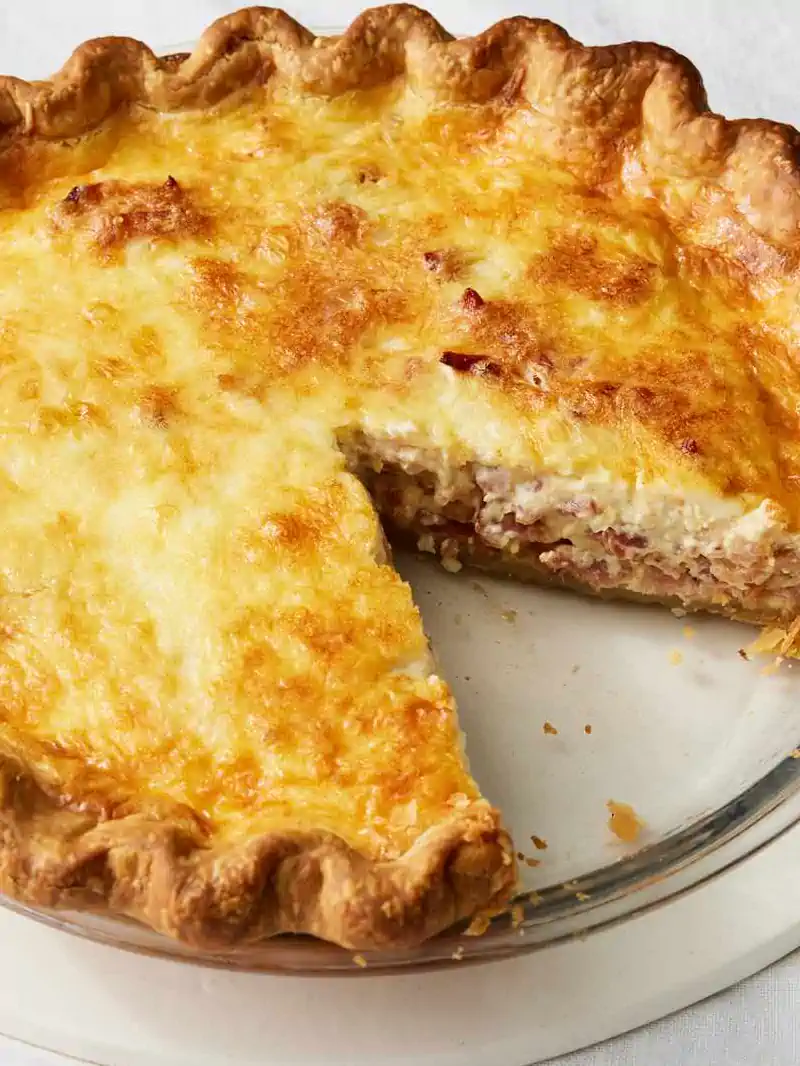
Quiche Lorraine.
Quiche Lorraine is a savory tart that has become a staple in French cuisine. Originating from the Lorraine region, it features a buttery, flaky crust filled with a rich custard made from eggs, cream, and smoky bacon lardons. Sometimes, cheese is added for extra flavor. This versatile dish can be served warm or cold, making it a perfect choice for any meal of the day.
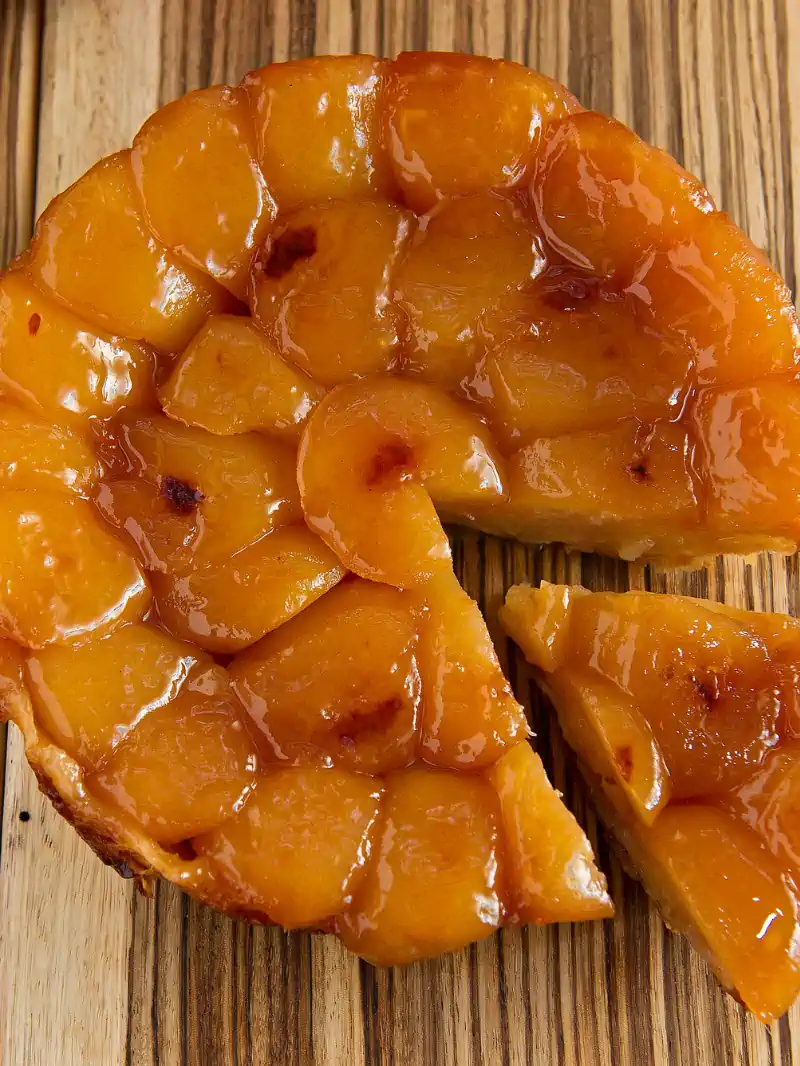
Tarte Tatin.
Tarte Tatin is a delightful upside-down caramelized apple tart that has captured the hearts of dessert lovers worldwide. The apples are cooked in butter and sugar until golden and caramelized, then topped with pastry and baked until crisp. When inverted, the apples sit atop the pastry, offering a delicious contrast of textures and flavors in each mouthwatering bite.

Cassoulet.
Cassoulet is a hearty, slow-cooked casserole originating from the southwest of France. This dish is composed of white beans stewed with various meats, typically including duck confit, pork sausages, and sometimes lamb. Flavored with garlic, onions, and herbs, cassoulet is a warming, filling dish that exemplifies the rich culinary traditions of rural France.

Soupe à l’Oignon.
Soupe à l’Oignon is a classic French onion soup that’s as comforting as it is flavorful. Caramelized onions are simmered in a beef broth, then topped with a slice of toasted baguette and melted Gruyère cheese. The result is a rich, savory soup with a perfect blend of sweet onions and savory broth, making it an ideal starter or a light meal on its own.

Crêpes.
Crêpes offer a versatile and beloved treat in France, these thin pancakes can be filled with a variety of sweet or savory fillings. Whether enjoyed with simple lemon and sugar, Nutella, or ham and cheese, crêpes are a delightful street food and a staple of French cuisine, offering endless possibilities for any palate.
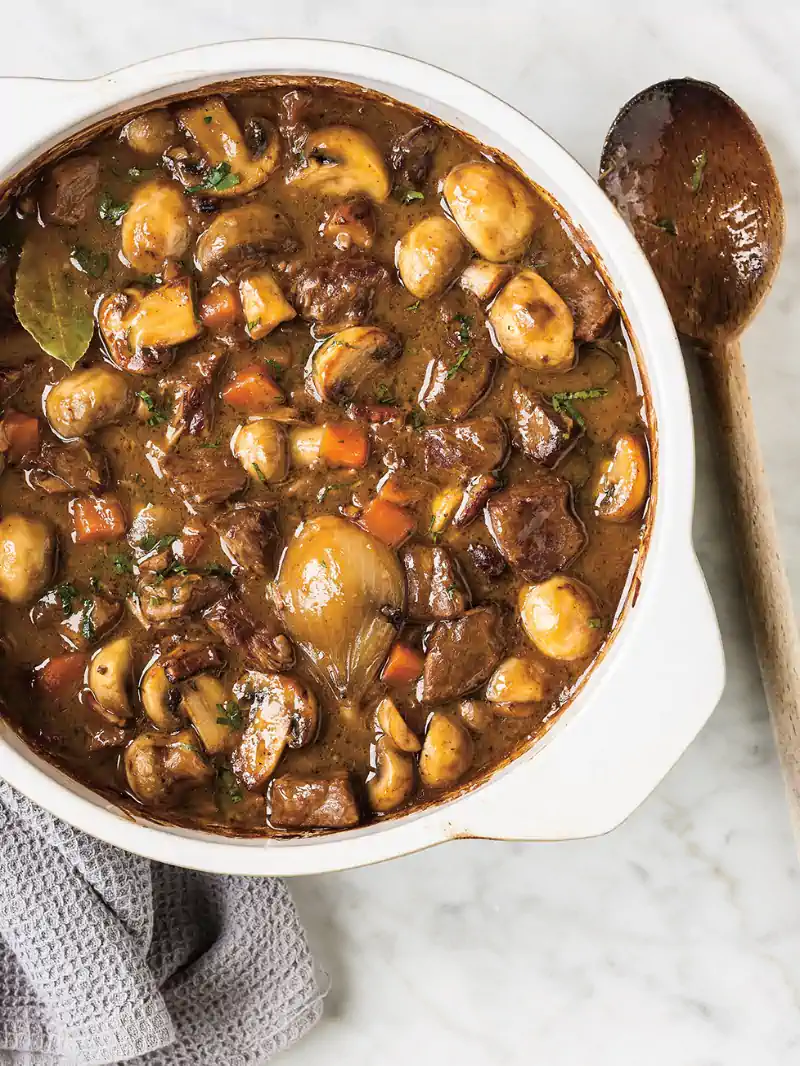
Boeuf Bourguignon.
Boeuf Bourguignon is a rich and flavorful beef stew that exemplifies the art of French cooking. Originating from the Burgundy region, it features slow-cooked beef, red wine, onions, mushrooms, and carrots, all simmered together to create a dish with deep, complex flavors. Served with potatoes or crusty bread, it’s a true comfort food that brings warmth to any table.
Secondi dishes.
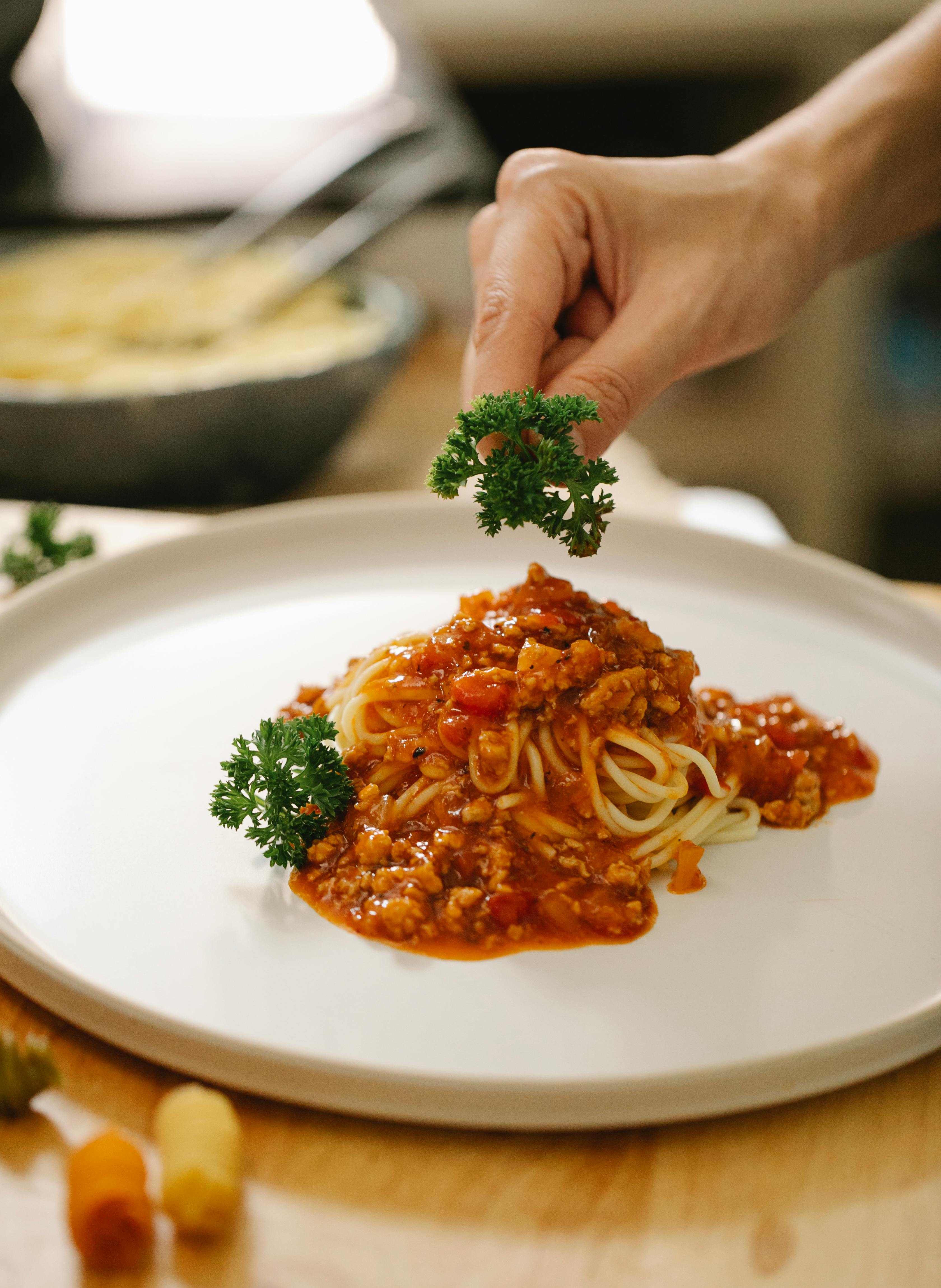
Osso Buco.
A specialty of Milan, this dish consists of braised veal shanks cooked with white wine, broth, and vegetables, often served with a gremolata (a mix of lemon zest, garlic, and parsley) and traditionally accompanied by risotto alla milanese.
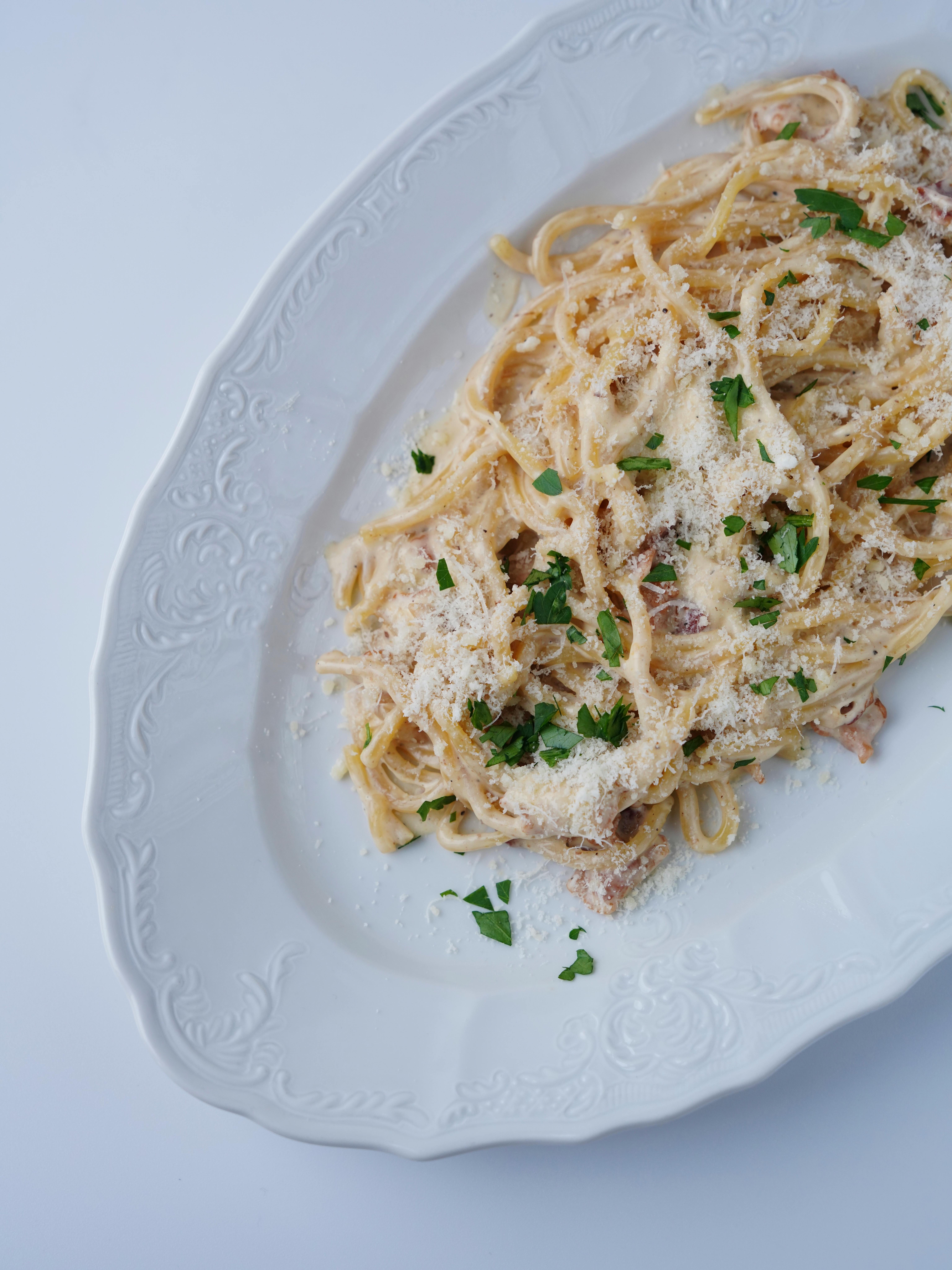
Saltimbocca alla Romana.
Originating from Rome, this dish features thin slices of veal topped with prosciutto and sage, cooked in white wine and butter. The name "saltimbocca" means "jumps in the mouth," reflecting its deliciousness.
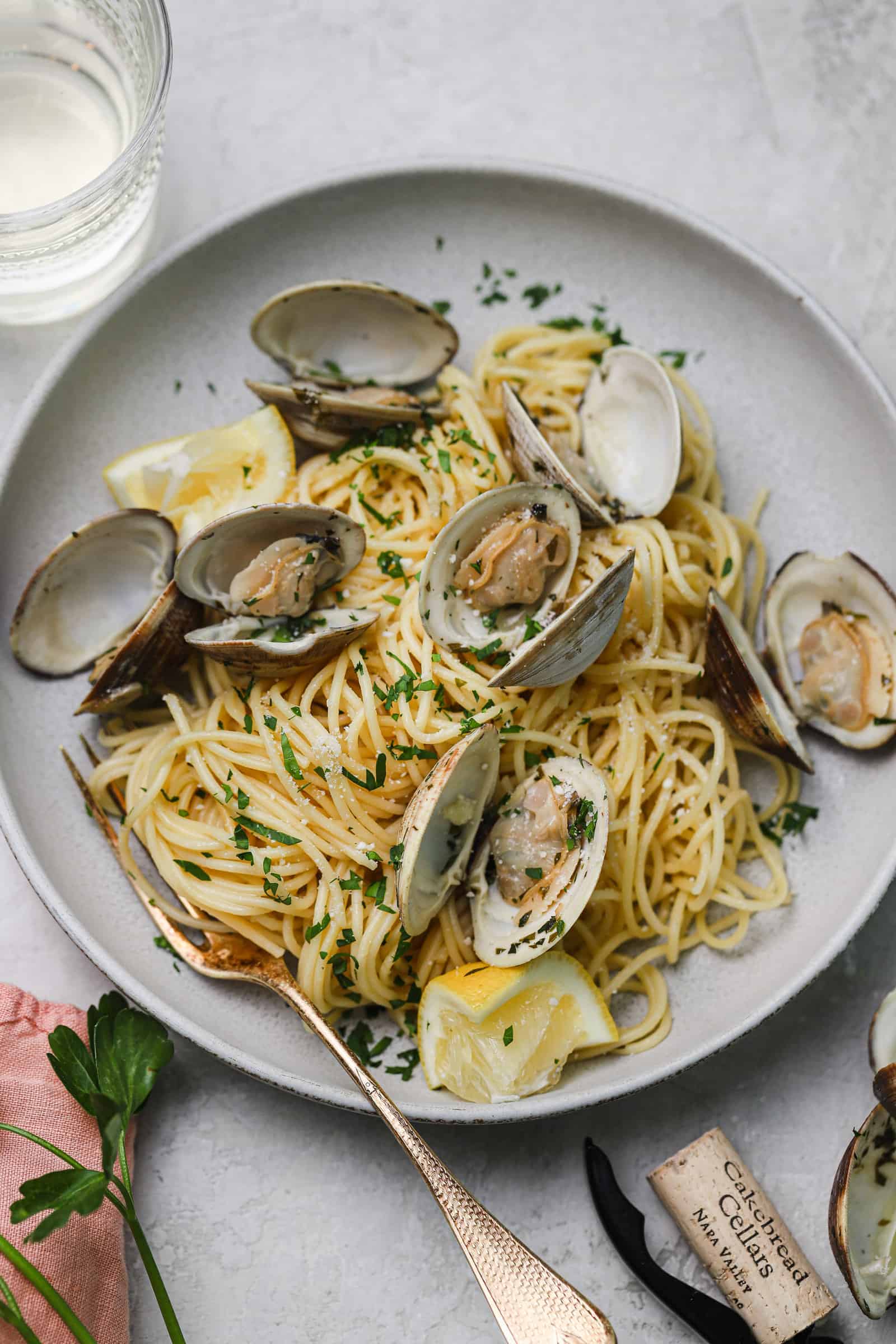
Bistecca alla Fiorentina.
A Tuscan classic, this is a thick-cut, T-bone steak from the Chianina breed of cattle, grilled over high heat and traditionally served rare to medium-rare. It's seasoned simply with salt, pepper, and olive oil.
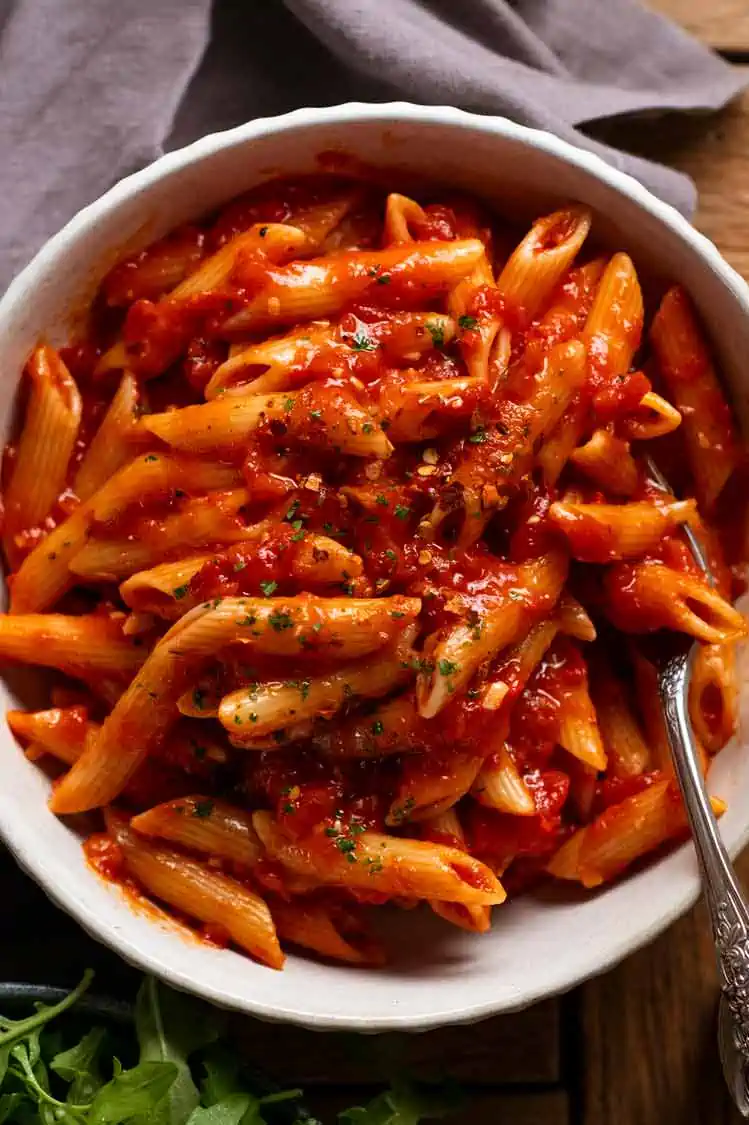
Pollo alla Cacciatora.
Also known as "hunter's chicken," this dish includes chicken pieces braised in a sauce made of tomatoes, onions, garlic, white wine, and herbs. Variations might include mushrooms, bell peppers, or olives.
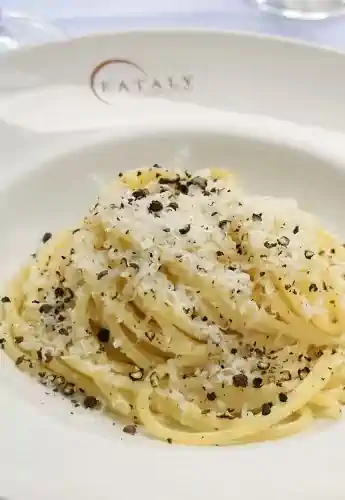
Cotoletta alla Milanese.
A breaded and fried veal cutlet, similar to the Austrian Wiener Schnitzel, but typically cooked on the bone. It's a staple in Milanese cuisine.
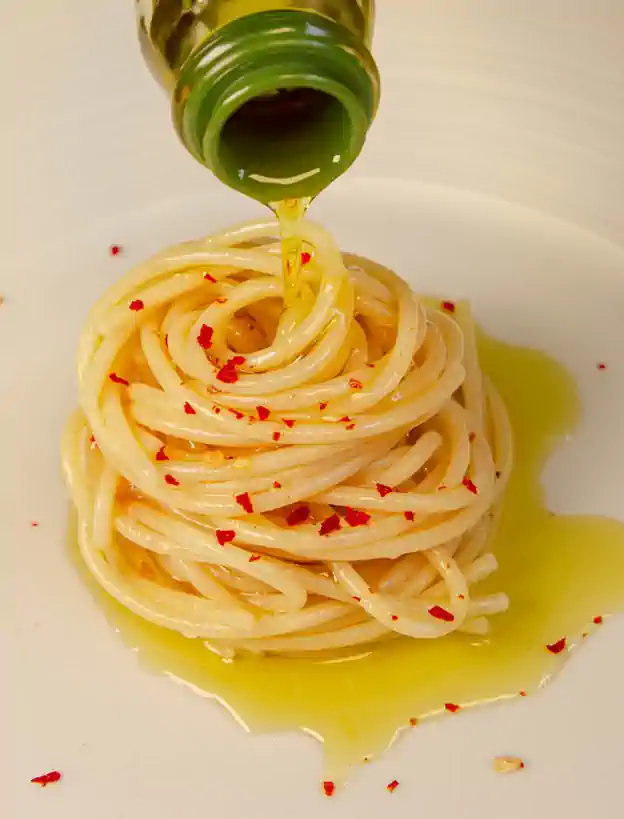
Branzino al Forno.
This is a whole sea bass baked in the oven with herbs, lemon, and sometimes vegetables. It's a simple but flavorful way to prepare fresh fish.
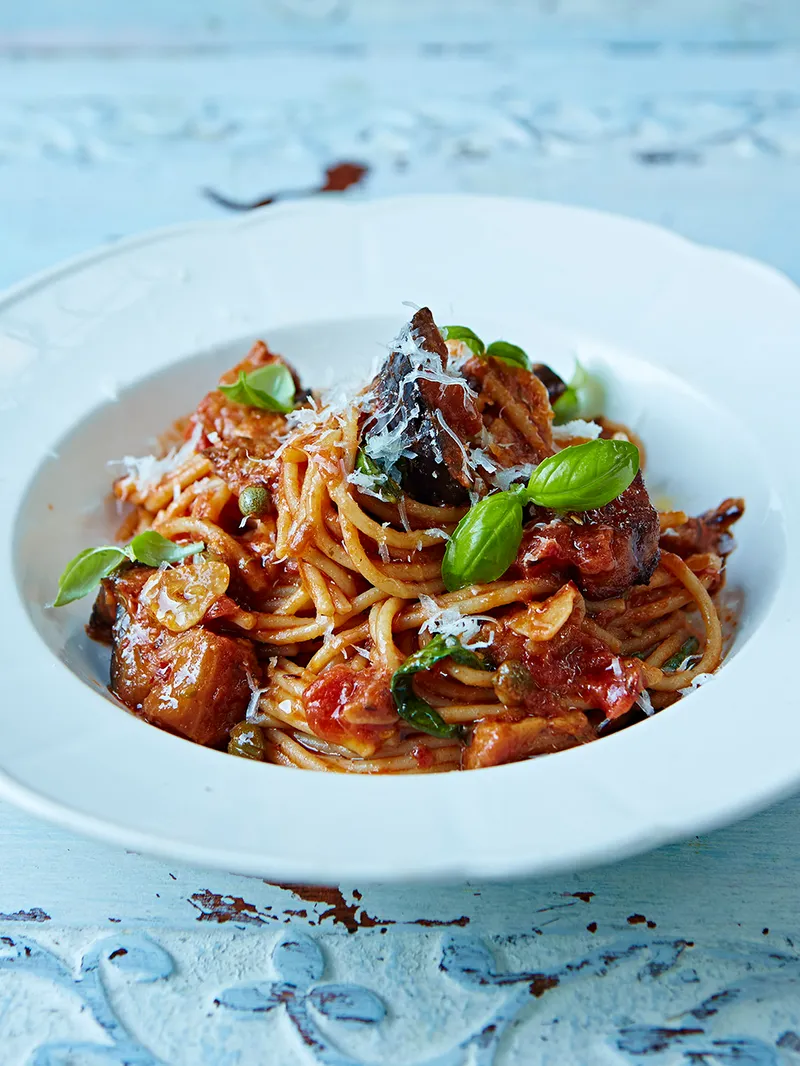
Agnello alla Scottadito.
Grilled lamb chops, often served very hot (hence the name "scottadito," meaning "burned fingers"), seasoned with herbs like rosemary and garlic.
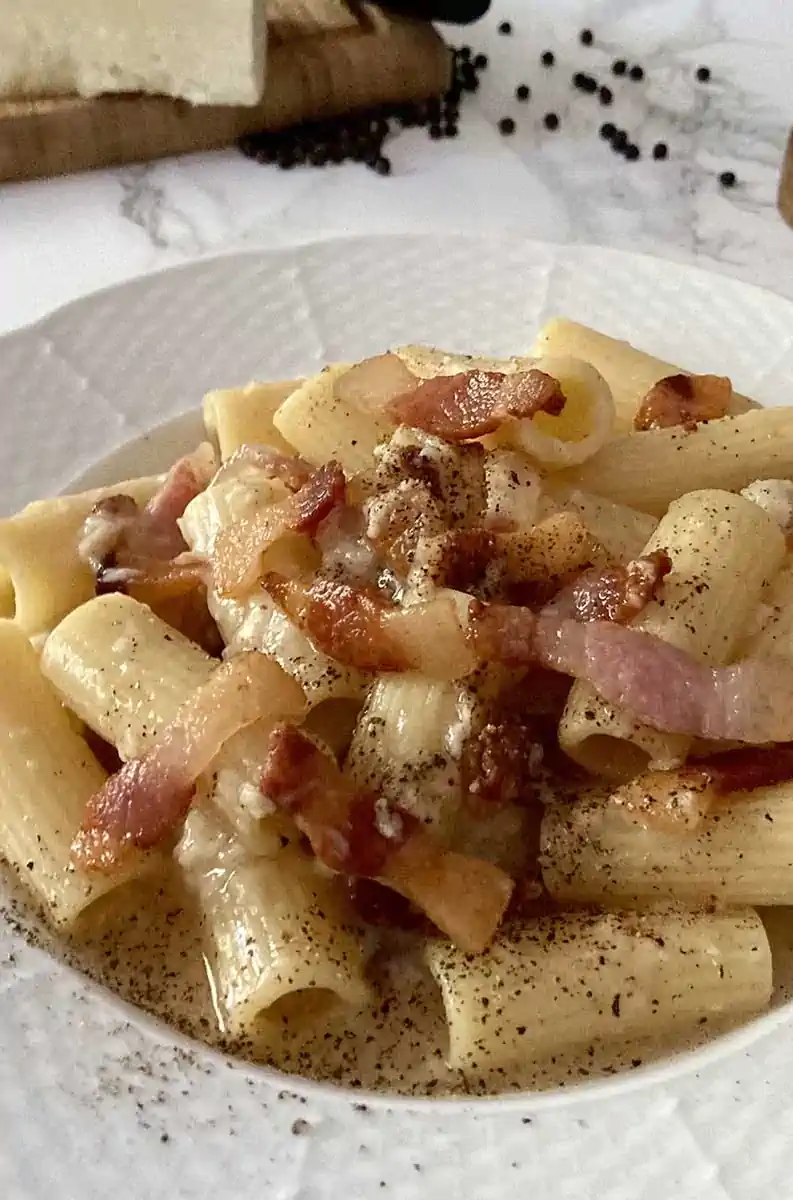
Fegato alla Veneziana.
A Venetian specialty made with thinly sliced calf's liver, sautéed with onions, and often deglazed with vinegar or white wine. It's usually served with polenta.
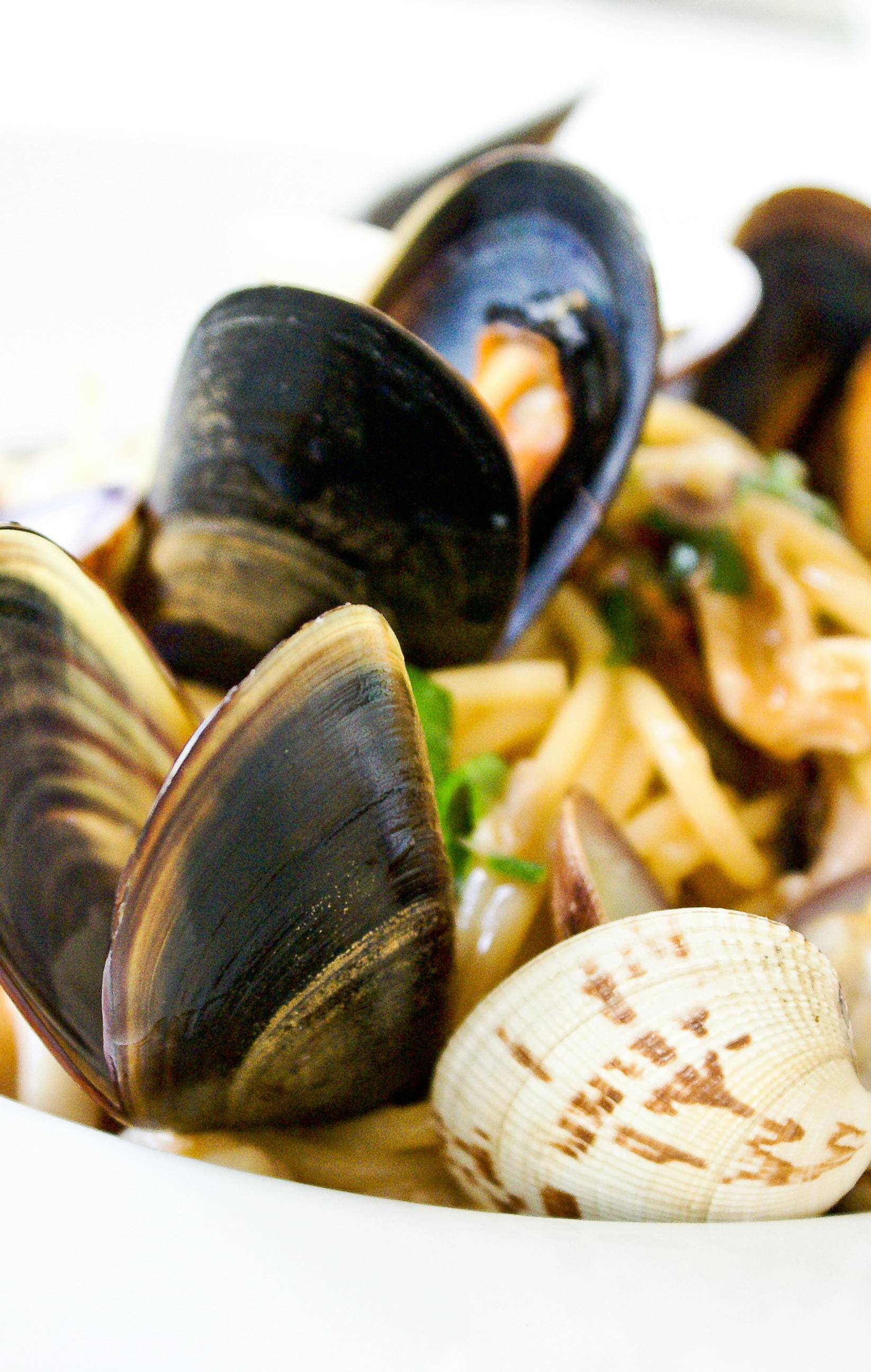
Trippa alla Romana.
A traditional Roman dish featuring tripe (stomach lining of a cow) cooked in a rich tomato sauce with pecorino cheese, mint, and various seasonings.
Antipasti dishes.
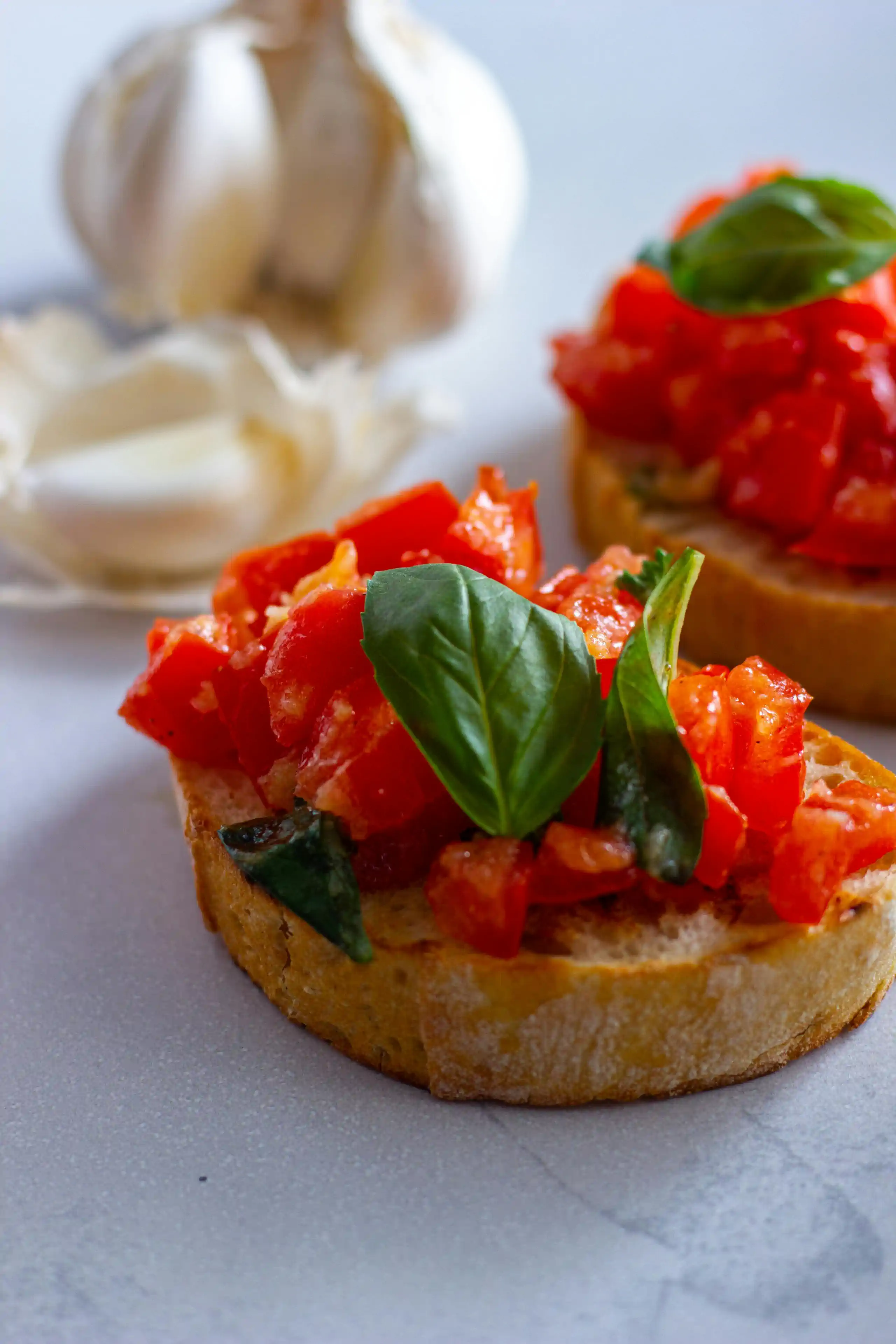
Bruschetta.
Bruschetta is a classic Italian appetizer featuring slices of toasted rustic bread topped with fresh ingredients. The traditional topping, bruschetta al pomodoro, includes ripe tomatoes, garlic, basil, and a drizzle of olive oil. Seasoned with salt and pepper, this simple dish celebrates fresh, vibrant flavors. Typically served as an antipasto, bruschetta offers a crispy texture and refreshing taste, making it a beloved staple in Italian cuisine enjoyed worldwide.
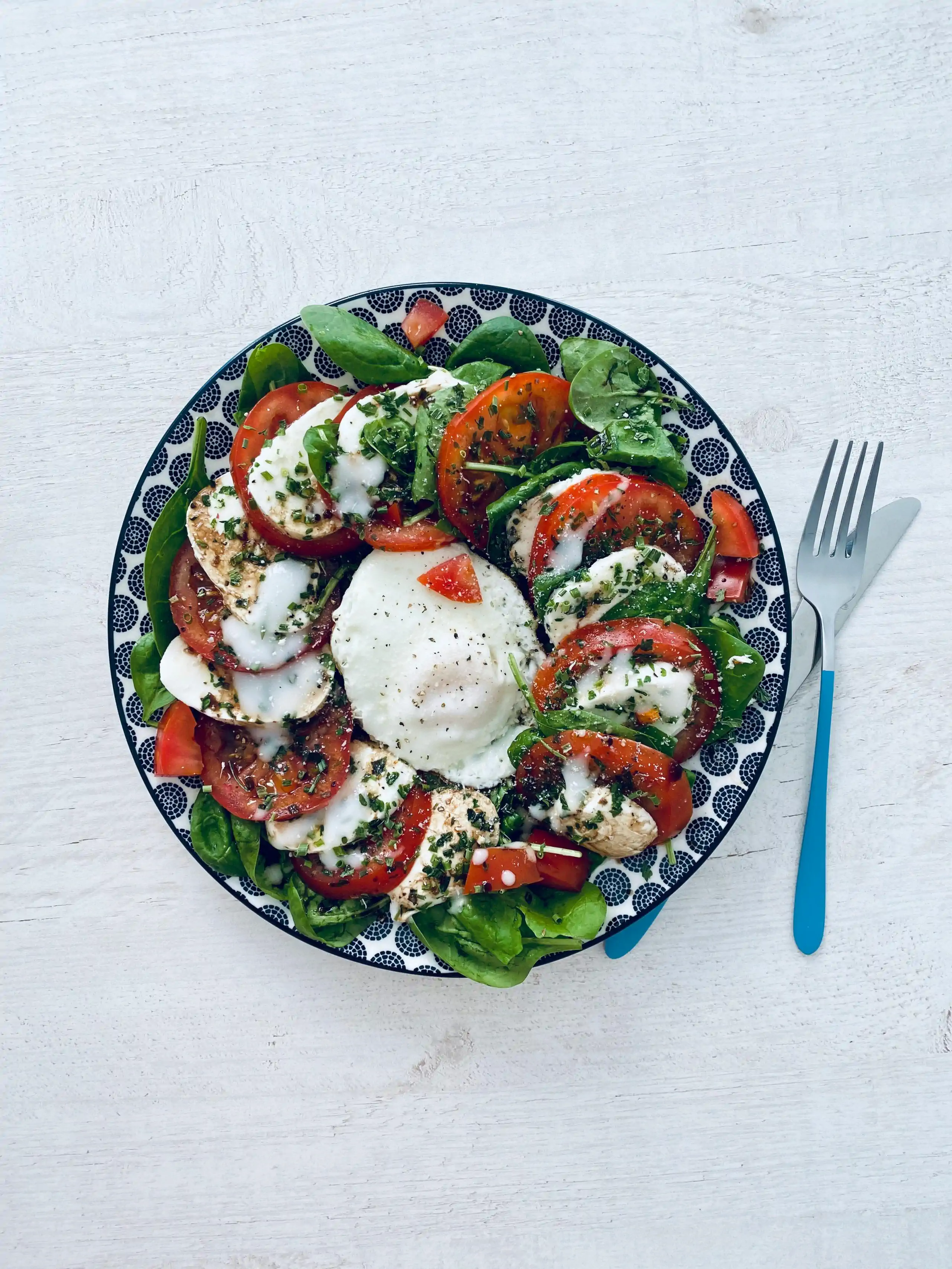
Caprese Salad.
Caprese Salad is a classic Italian dish that features ripe tomatoes, fresh mozzarella cheese, and fragrant basil leaves. This vibrant salad, known as insalata Caprese, is drizzled with extra virgin olive oil and balsamic vinegar, seasoned with salt and pepper. The combination of juicy tomatoes, creamy mozzarella, and aromatic basil creates a refreshing and balanced flavor profile. Often served as an appetizer, Caprese Salad embodies the simplicity and elegance of Italian cuisine, making it a beloved dish worldwide.
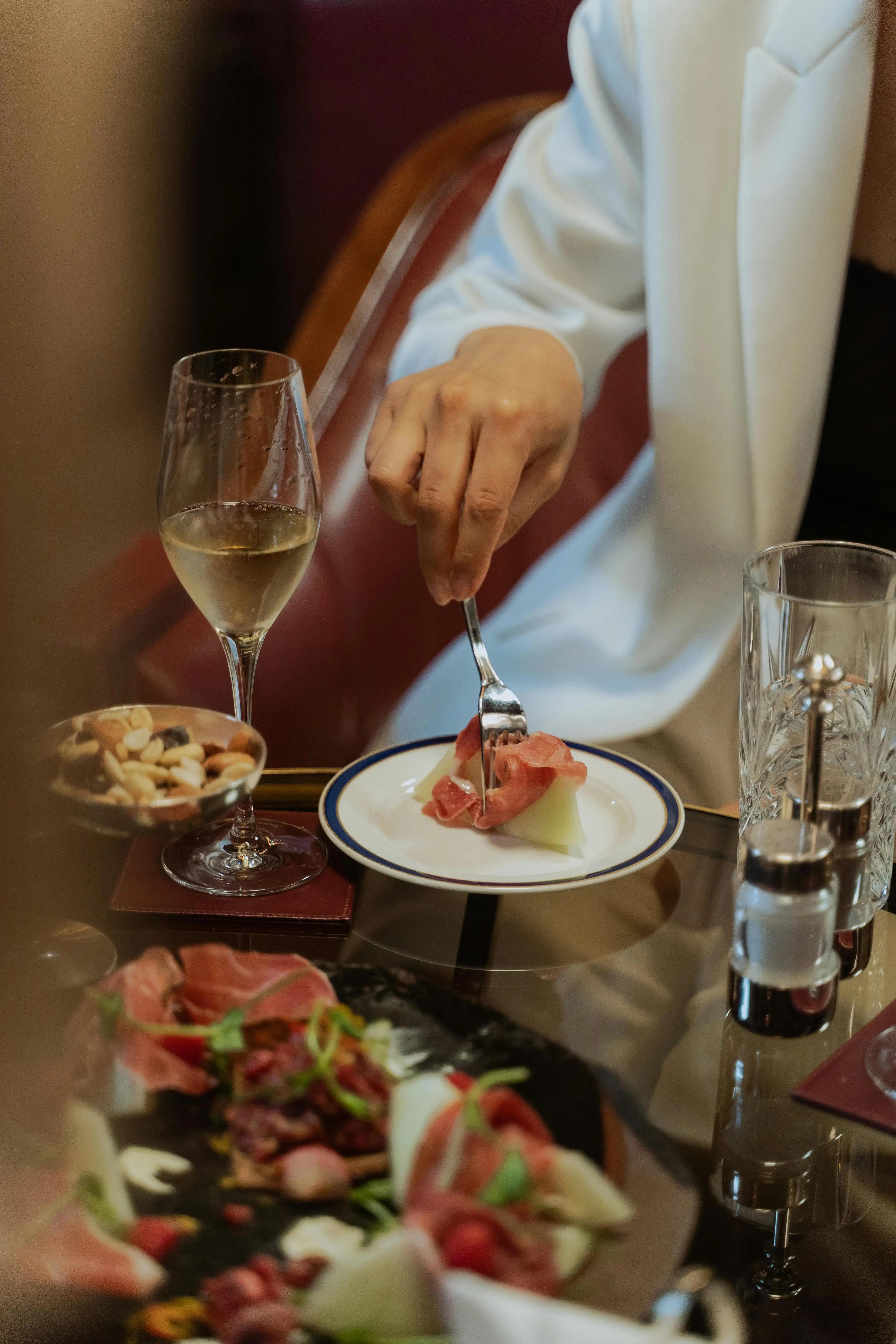
Prosciutto e Melone.
Prosciutto e Melone is a classic Italian dish that features thinly sliced prosciutto wrapped around sweet, ripe melon. This elegant pairing, combining savory cured ham with juicy cantaloupe or honeydew, creates a delightful contrast of flavors and textures. Often served as an antipasto, the dish is typically garnished with a touch of fresh basil or a drizzle of balsamic reduction. Prosciutto e Melone highlights the simplicity and harmony of Italian cuisine, offering a refreshing and sophisticated starter that is beloved worldwide.
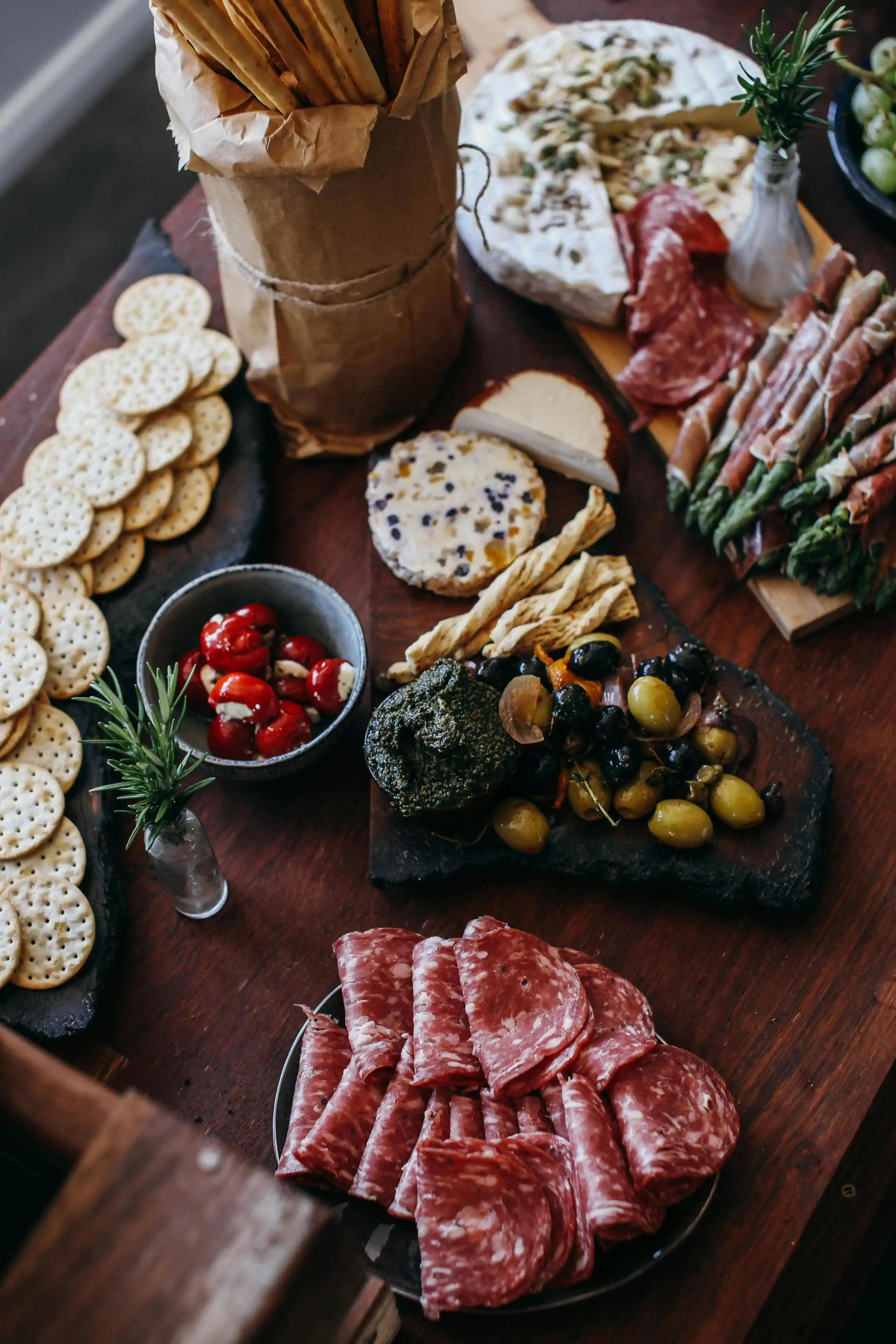
Antipasto Platter.
An Antipasto Platter is a classic Italian dish that features an assortment of cured meats, cheeses, olives, and marinated vegetables. This vibrant platter, known as antipasto misto, typically includes prosciutto, salami, mozzarella, and provolone, complemented by artichoke hearts, roasted peppers, and sun-dried tomatoes. Often garnished with fresh herbs and drizzled with olive oil, the antipasto platter offers a delightful variety of textures and flavors. Served as a starter, it sets the stage for a comforting and flavorful meal, making it a beloved choice worldwide.
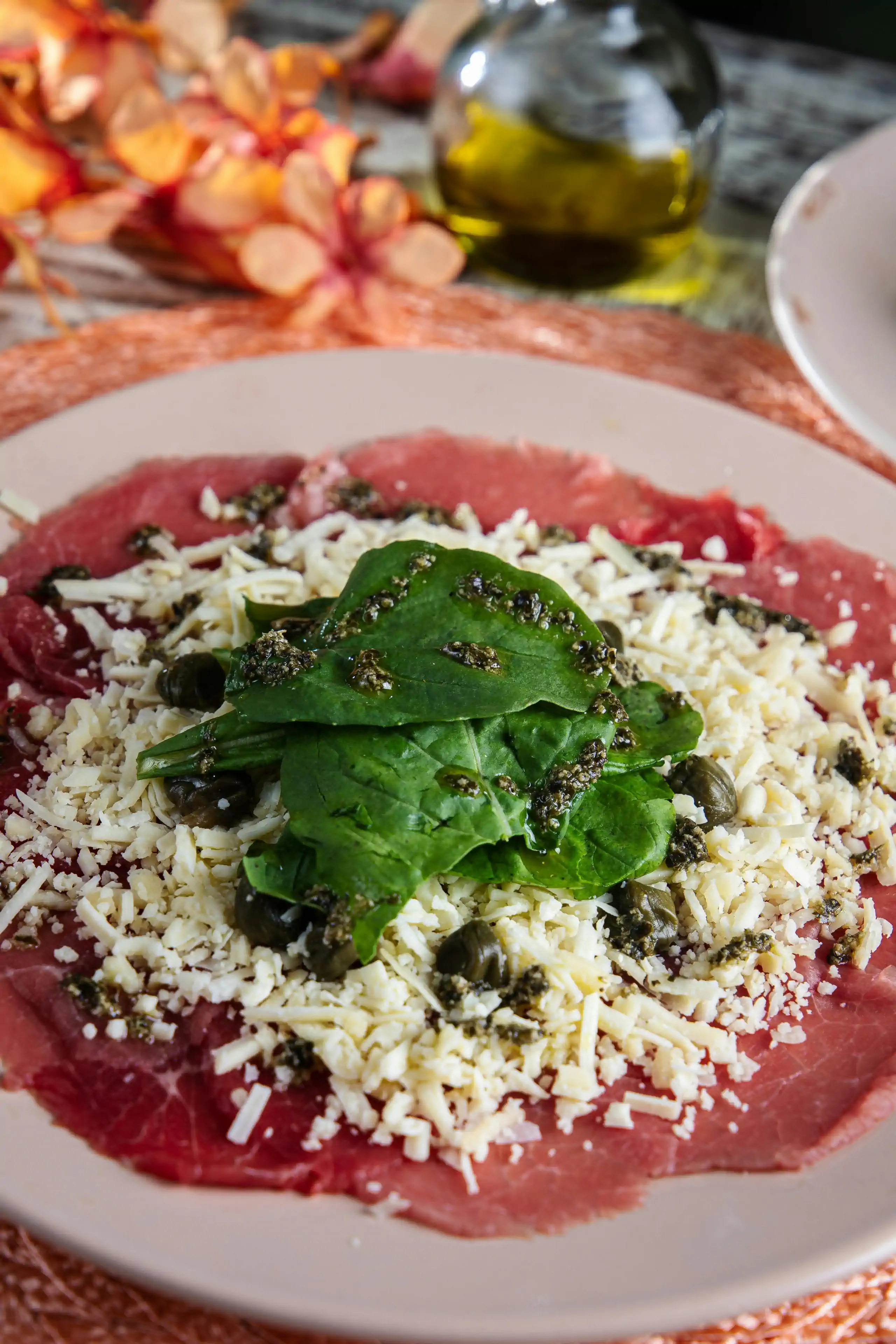
Carpaccio.
Carpaccio is a classic Italian dish that features thinly sliced raw beef, drizzled with olive oil and lemon juice, and garnished with capers and shaved Parmesan. This elegant dish, known for its delicate flavors, often includes arugula or mixed greens for added freshness. The simplicity of Carpaccio allows the quality of the ingredients to shine, creating a light yet flavorful appetizer. Traditionally served cold, Carpaccio offers a refreshing start to a meal and showcases the finesse of Italian cuisine, making it a beloved choice worldwide.
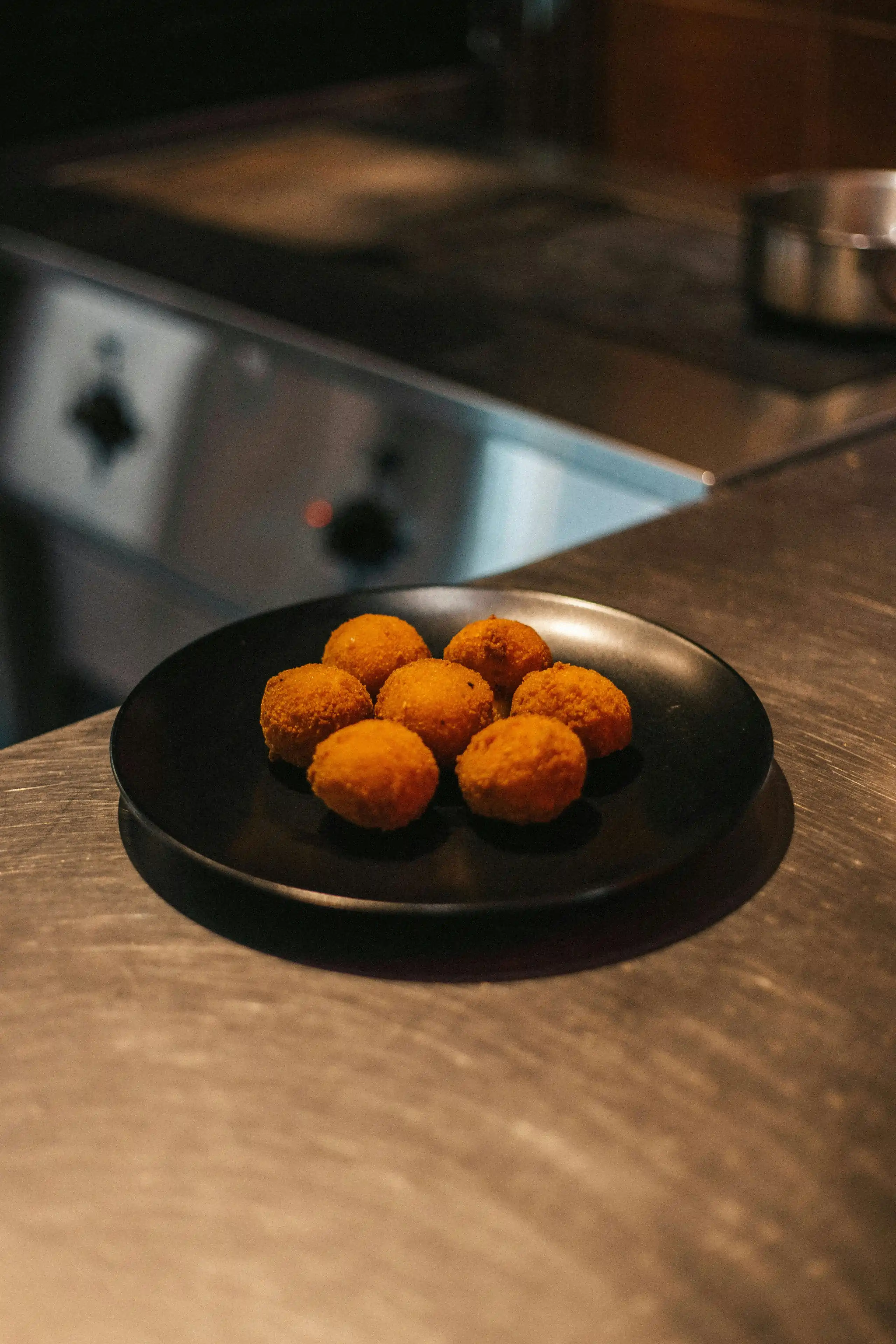
Arancini.
Arancini is a classic Italian dish that features crispy, golden-brown rice balls filled with a savory mixture of cheese, meat, or vegetables. These delicious treats, known as arancini di riso, are made from risotto, shaped into balls, coated in breadcrumbs, and deep-fried to perfection. The fillings often include ragù, mozzarella, and peas, creating a delightful contrast of textures and flavors. Traditionally served as a snack or appetizer, arancini offers a comforting and flavorful experience that captures the essence of Italian cuisine, making it beloved worldwide.
Olive all’Ascolana.
Originating from the Marche region, Olive all’Ascolana is a delectable Italian dish featuring large, tender olives stuffed with a savory meat filling. These stuffed olives are coated in breadcrumbs and deep-fried to a golden crisp, creating a delightful combination of flavors and textures. The filling, made with a blend of ground pork, veal, and aromatic herbs, provides a rich and satisfying taste. Typically served as an appetizer or snack, Olive all’Ascolana offers a unique and delicious introduction to the diverse world of Italian cuisine, making it a cherished delicacy both in Italy and beyond.
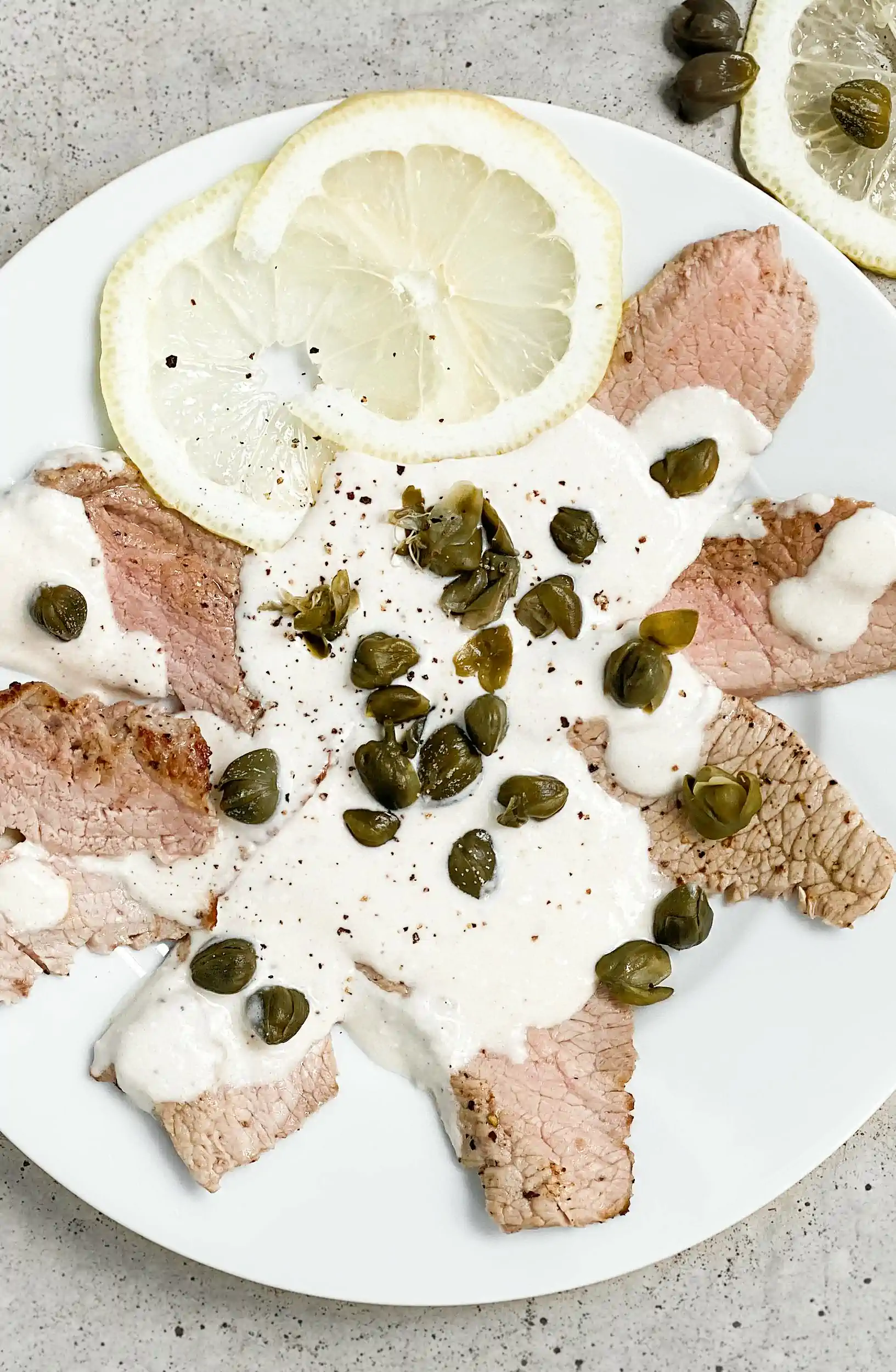
Vitello Tonnato.
A beloved specialty from northern Italy, Vitello Tonnato is a classic dish that features thinly sliced veal served with a creamy, tangy tuna sauce. This unique pairing, known as vitel tonnè in Piedmont, involves poaching the veal until tender, then chilling it and covering it with a smooth blend of tuna, mayonnaise, capers, and anchovies. The delicate veal and flavorful sauce create a harmonious and elegant dish. Often garnished with lemon slices and parsley, Vitello Tonnato is typically served as an appetizer or main course, offering a distinctive and sophisticated taste of Italian culinary tradition.
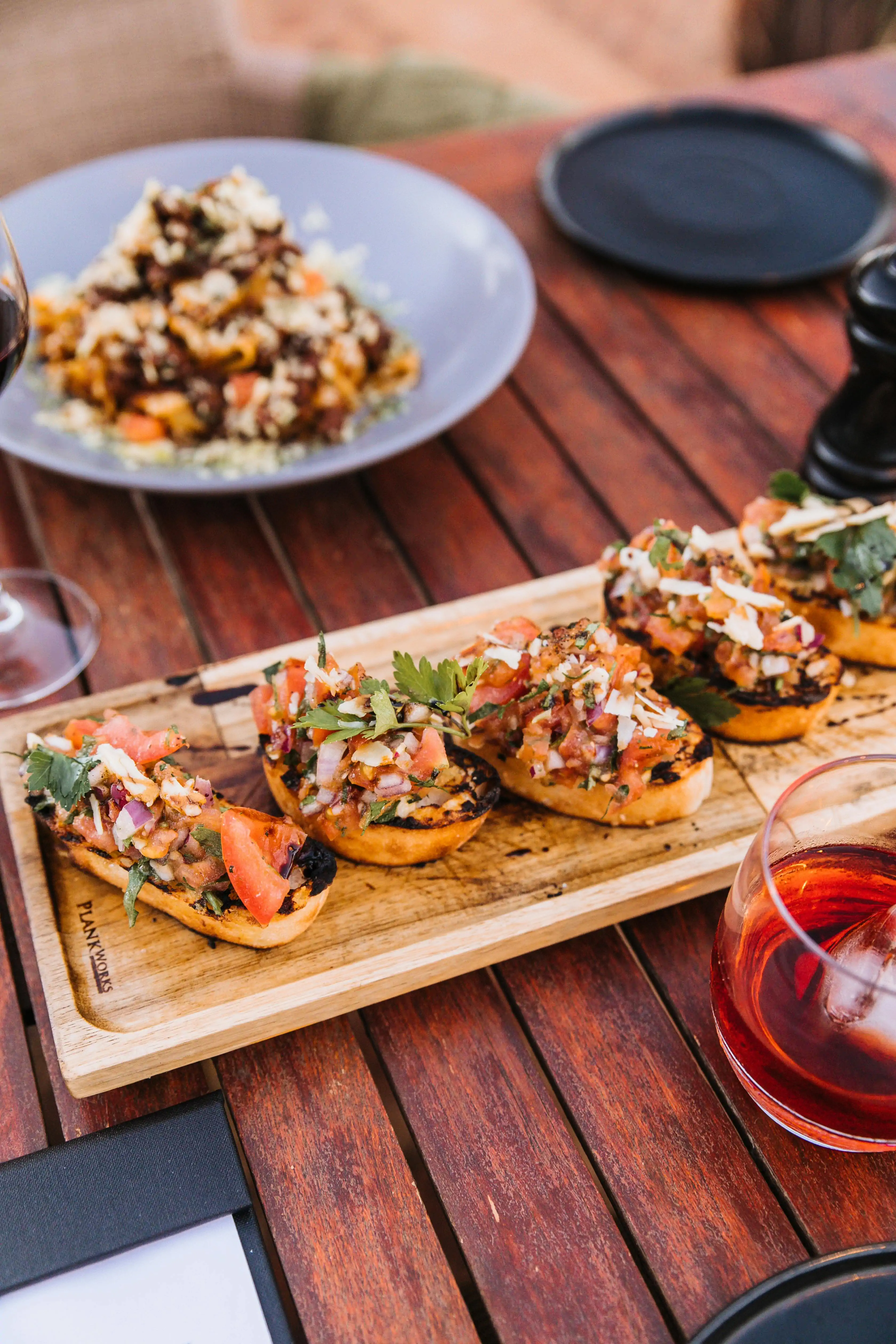
Crostini.
Crostini is a classic Italian appetizer that features small, toasted slices of bread topped with a variety of flavorful ingredients. This versatile dish often includes toppings such as paté, tomatoes, or cheese, each seasoned with herbs and olive oil. The bread is typically brushed with garlic before toasting to enhance its flavor and texture. Crostini can be customized to suit different tastes and occasions, offering a delightful combination of crispy, savory, and fresh elements. This simple yet elegant starter captures the essence of Italian cuisine, making it a favorite for both casual and festive gatherings.
Famous France Chefs.
Alain Ducasse.
Alain Ducasse is one of the most celebrated chefs in the world, known for his refined and innovative approach to French cuisine. Ducasse operates a global empire of restaurants, including the three-Michelin-starred Alain Ducasse au Plaza Athénée in Paris. His cooking style emphasizes natural flavors, with a focus on high-quality ingredients and sustainable practices, making his cuisine both luxurious and environmentally conscious.
Anne-Sophie Pic.
Anne-Sophie Pic is the only female chef in France with three Michelin stars, leading the renowned Maison Pic in Valence. Her style is deeply rooted in tradition yet daringly innovative, often playing with unusual flavor combinations and meticulous presentations. What makes her unique is her ability to blend her family's culinary heritage with a modern, creative twist, establishing herself as a leading figure in the culinary world.
Pierre Gagnaire.
Pierre Gagnaire is a Michelin-starred chef known for his avant-garde approach to French cuisine. Based in Paris at his flagship restaurant, Pierre Gagnaire, he is celebrated for his ability to blend unexpected ingredients and flavors, creating dishes that are both artistic and imaginative. Gagnaire’s cuisine is characterized by a sense of spontaneity and creativity, making each dining experience unique and thought-provoking.
Guy Savoy.
Guy Savoy is a renowned Parisian chef whose restaurant, Restaurant Guy Savoy, holds three Michelin stars. His cooking style is elegant and contemporary, often focusing on rich, comforting flavors with a modern twist. Savoy’s dedication to perfecting classic French dishes while incorporating innovative techniques and presentations makes him a distinguished figure in French gastronomy
Hélène Darroze.
Hélène Darroze is a Michelin-starred chef celebrated for her deeply personal and ingredient-driven approach to cooking. With restaurants in Paris and London, including the three-Michelin-starred Hélène Darroze at The Connaught, her cuisine is characterized by its authenticity, often inspired by her Southwestern French roots. Darroze’s ability to infuse emotion and storytelling into her dishes makes her a unique and respected presence in the culinary world.
Yannick Alléno.
Yannick Alléno is a highly acclaimed chef known for his modern approach to French cuisine, often referred to as "Modern Cuisine." He operates the three-Michelin-starred Pavillon Ledoyen in Paris. Alléno’s style is innovative and technique-driven, with a strong focus on sauces, which he views as the backbone of French cuisine. His unique use of extraction methods to concentrate flavors has set him apart as a pioneer in the culinary world.
Éric Ripert.
Éric Ripert is the celebrated chef of Le Bernardin in New York City, a restaurant that consistently holds three Michelin stars. Originally from France, Ripert is known for his elegant seafood dishes that highlight the natural flavors of the freshest ingredients. His style is refined and minimalist, focusing on precision and the delicate balance of flavors, which has earned him a reputation as one of the best seafood chefs in the world.
Jean-Georges Vongerichten.
Jean-Georges Vongerichten is a globally renowned chef with a network of restaurants across the world, including his flagship Jean-Georges in New York City. His cooking style blends French techniques with Asian flavors, creating a unique fusion that has become his signature. Vongerichten is known for his innovative approach to fine dining, often incorporating exotic spices and ingredients in a way that is both bold and harmonious.
Antonino Cannavacciuolo.
Chef Antonino Cannavacciuolo is renowned for his exceptional talent in Italian cuisine, with his acclaimed restaurant, Villa Crespi, in Orta San Giulio, Italy, as a testament to his culinary prowess.
Known for his bold, creative dishes that blend traditional flavors with innovative techniques, Cannavacciuolo has garnered widespread acclaim and multiple Michelin stars.
His dynamic approach and commitment to excellence continue to shape the culinary landscape, earning him admiration and respect from food enthusiasts and professionals around the globe.
Bruno Barbieri.
Chef Bruno Barbieri is acclaimed for his exceptional skill in Italian gastronomy, with his celebrated restaurant, Oro, in Milan, highlighting his culinary expertise.
Known for his inventive yet rooted dishes, Barbieri masterfully combines traditional Italian flavors with contemporary techniques. His dedication to excellence has earned him multiple Michelin stars and widespread recognition.
Chef Barbieri’s contributions continue to enrich the culinary scene, garnering respect and admiration for his creative flair and commitment to exceptional dining experiences.
Fabio Trabocchi.
Chef Fabio Trabocchi is renowned for his innovative take on Italian cuisine, with his flagship restaurant, Fiola, in Washington, D.C., showcasing his culinary brilliance.
Celebrated for his artful fusion of traditional Italian techniques with contemporary flavors, Trabocchi creates dishes that are both inventive and deeply rooted in heritage. His dedication to excellence has earned him prestigious awards and Michelin stars.
Chef Trabocchi's dynamic approach continues to shape the culinary scene, drawing admiration for his unique ability to transform classic Italian dining into extraordinary experiences.
Secondi dishes.

Osso Buco.
A specialty of Milan, this dish consists of braised veal shanks cooked with white wine, broth, and vegetables, often served with a gremolata (a mix of lemon zest, garlic, and parsley) and traditionally accompanied by risotto alla milanese.

Saltimbocca alla Romana.
Originating from Rome, this dish features thin slices of veal topped with prosciutto and sage, cooked in white wine and butter. The name "saltimbocca" means "jumps in the mouth," reflecting its deliciousness.

Bistecca alla Fiorentina.
A Tuscan classic, this is a thick-cut, T-bone steak from the Chianina breed of cattle, grilled over high heat and traditionally served rare to medium-rare. It's seasoned simply with salt, pepper, and olive oil.

Pollo alla Cacciatora.
Also known as "hunter's chicken," this dish includes chicken pieces braised in a sauce made of tomatoes, onions, garlic, white wine, and herbs. Variations might include mushrooms, bell peppers, or olives.

Cotoletta alla Milanese.
A breaded and fried veal cutlet, similar to the Austrian Wiener Schnitzel, but typically cooked on the bone. It's a staple in Milanese cuisine.

Branzino al Forno.
This is a whole sea bass baked in the oven with herbs, lemon, and sometimes vegetables. It's a simple but flavorful way to prepare fresh fish.

Agnello alla Scottadito.
Grilled lamb chops, often served very hot (hence the name "scottadito," meaning "burned fingers"), seasoned with herbs like rosemary and garlic.

Fegato alla Veneziana.
A Venetian specialty made with thinly sliced calf's liver, sautéed with onions, and often deglazed with vinegar or white wine. It's usually served with polenta.

Trippa alla Romana.
A traditional Roman dish featuring tripe (stomach lining of a cow) cooked in a rich tomato sauce with pecorino cheese, mint, and various seasonings.
Michelin star restaurants.
La Chèvre d'Or (Èze).
Overlooking the Mediterranean, this two-Michelin-starred restaurant is led by Arnaud Faye. La Chèvre d'Or offers a refined and creative take on French cuisine, with a menu that highlights seasonal ingredients and Mediterranean flavors, all served in a breathtakingly beautiful location.
Maison Pic (Valence).
Run by Anne-Sophie Pic, this three-Michelin-starred restaurant continues the legacy of the Pic family. Known for her refined and elegant dishes, Pic’s cooking blends tradition with innovation, making Maison Pic a beacon of French culinary artistry and a testament to her status as one of the world’s top chefs.
La Vague d'Or (Saint-Tropez).
Arnaud Donckele’s three-Michelin-starred restaurant in Saint-Tropez is celebrated for its Mediterranean cuisine, which highlights the flavors of the region with a modern twist. Donckele’s precision and creativity, combined with the stunning coastal setting, make La Vague d'Or a must-visit for lovers of French cuisine.
Guy Savoy (Paris).
This three-Michelin-starred restaurant, led by Guy Savoy, offers contemporary French cuisine with a focus on rich, comforting flavors. Known for dishes like artichoke soup with black truffle and his signature brioche, the restaurant embodies elegance and warmth, making it a favorite among gourmets.
Le Louis XV - Alain Ducasse (Monaco)
Another jewel in Alain Ducasse’s crown, this three-Michelin-starred restaurant in Monte Carlo is renowned for its Mediterranean-inspired cuisine. The opulent setting and Ducasse’s refined dishes, which celebrate the flavors of the Riviera, make Le Louis XV a symbol of luxury and culinary excellence.
L’Astrance (Paris).
Pascal Barbot’s three-Michelin-starred restaurant is known for its unconventional and minimalist approach to French cuisine. With a focus on seasonal ingredients and surprising flavor combinations, L’Astrance offers a creative and intimate dining experience that defies traditional expectations.
Arpège (Paris).
Helmed by Alain Passard, this three-Michelin-starred restaurant is famed for its vegetable-centric cuisine. Passard’s commitment to organic produce, much of which comes from his own gardens, and his artistic approach to cooking make Arpège a unique and celebrated institution in the world of haute cuisine.
Pavillon Ledoyen (Paris).
Yannick Alléno’s three-Michelin-starred establishment is a temple of modern French cuisine. Alléno’s innovative techniques, particularly his focus on sauces and flavor extraction, have made Pavillon Ledoyen a destination for those seeking cutting-edge French gastronomy in a historic setting.
Mirazur (Menton).
Chef Mauro Colagreco’s three-Michelin-starred restaurant sits on the French Riviera and is celebrated for its fresh, local ingredients and stunning views. Mirazur’s menu is deeply connected to its environment, with dishes inspired by the sea, the mountains, and Colagreco’s own garden, creating a vibrant and seasonal dining experience.
Alain Ducasse au Plaza Athénée (Paris).
Led by Alain Ducasse, this three-Michelin-starred restaurant is known for its "naturalité" concept, focusing on sustainable, plant-based, and seafood-driven cuisine. The elegant setting complements Ducasse's innovative approach, making it a hallmark of modern French fine dining.
Traditional and cozy restaurants.
Key information about the restaurant.
- Cuisine Style: Bistronomy, French Bistro.
- Most Famous Dish: Foie gras terrine with apple chutney.
- Accessible for Wheelchairs: Limited accessibility due to its small size and historical building.
- Pricing Range: €40-€70 per person.
- Link to website.
Le Comptoir du Relais (Paris).
Led by chef Yves Camdeborde, this bistro is an iconic spot in Saint-Germain-des-Prés. Known for pioneering "bistronomy," Le Comptoir offers hearty, traditional French dishes with a modern twist in a relaxed and intimate setting, making it a favorite among locals and tourists alike.
Key information about the restaurant.
- Cuisine Style: Traditional French Brasserie.
- Most Famous Dish: Sole meunière.
- Accessible for Wheelchairs: No, the old building structure limits accessibility.
- Pricing Range: €50-€80 per person.
- Link to website.
Chez Georges (Paris)
Located near the Champs-Élysées, Chez Georges is a classic Parisian brasserie that has been serving traditional French cuisine since 1926. With its wood-paneled walls and checkered tablecloths, the restaurant offers a nostalgic ambiance, specializing in dishes like escargots, steak frites, and tarte Tatin.
Key information about the restaurant.
- Cuisine Style: Traditional French, specializing in rotisserie.
- Most Famous Dish: Roast duck with orange sauce.
- Accessible for Wheelchairs: Yes, accessible.
- Pricing Range: €60-€100 per person.
- Link to website.
La Rôtisserie d'Argent (Paris).
A cozy, riverside gem, this restaurant is part of the historic Tour d'Argent group but offers a more relaxed atmosphere. La Rôtisserie d'Argent is famed for its expertly roasted meats, especially the roast duck, served with classic French sides. The warm, rustic setting with views of the Seine makes it uniquely charming.
Key information about the restaurant.
- Cuisine Style: Classic Parisian Bistro.
- Most Famous Dish: Steak au poivre with frites.
- Accessible for Wheelchairs: No, accessibility is limited.
- Pricing Range: €40-€60 per person.
- Link to website.
Le Bistrot Paul Bert (Paris).
This quintessential Parisian bistro, located in the 11th arrondissement, is beloved for its traditional French fare and vintage decor. Chef Bertrand Auboyneau serves up classic dishes like steak au poivre and tarte aux pommes in a lively, cozy environment, making it a must-visit for bistro enthusiasts.
Key information about the restaurant.
- Cuisine Style: French Bistro with a focus on wine pairing.
- Most Famous Dish: Duck breast with Bordeaux wine sauce.
- Accessible for Wheelchairs: Yes, accessible.
- Pricing Range: €50-€90 per person.
- Link to website.
Le Bistrot du Sommelier (Bordeaux).
Owned by Philippe Faure-Brac, a world-renowned sommelier, this bistro in Bordeaux is known for its exceptional wine selection and classic French dishes. The focus on wine pairing with regional specialties, served in a welcoming and unpretentious setting, makes it a standout in the heart of wine country.
Key information about the restaurant.
- Cuisine Style: Traditional Southern French, Farm-to-table.
- Most Famous Dish: Lamb shoulder with rosemary and thyme.
- Accessible for Wheelchairs: Yes, accessible.
- Pricing Range: €60-€100 per person.
- Link to website.
La Table de Fontfroide (Narbonne).
Situated within the historic Abbaye de Fontfroide, this restaurant offers a unique dining experience steeped in history. Chef Lionel Giraud creates traditional Southern French cuisine with a focus on local produce, all served in a stunning, tranquil setting surrounded by ancient stone walls and gardens.
Key information about the restaurant.
- Cuisine Style: Provençal, specializing in seafood.
- Most Famous Dish: Bouillabaisse.
- Accessible for Wheelchairs: Yes, but limited in some areas due to location.
- Pricing Range: €50-€80 per person.
- Link to website.
Chez Fonfon (Marseille).
A beloved institution in Marseille, Chez Fonfon is a cozy, family-run restaurant specializing in bouillabaisse, the city’s famous fish stew. With its waterfront location in the Vallon des Auffes and a focus on fresh, local seafood, this restaurant offers an authentic taste of Provençal cuisine in a warm and inviting atmosphere.
Key information about the restaurant.
- Cuisine Style: Niçoise Cuisine, Traditional Southern French.
- Most Famous Dish: Socca (chickpea pancake).
- Accessible for Wheelchairs: No, small and narrow space.
- Pricing Range: €30-€50 per person.
- Link to website.
Le P'tit Canon (Nice).
This charming bistro in Nice’s Old Town is a local favorite for its traditional Niçoise cuisine. Chef Pascal Bonamy focuses on regional specialties like pissaladière, socca, and daube Provençale, served in a cozy, unpretentious setting that captures the essence of Nice’s culinary heritage.
Key information about the restaurant.
- Cuisine Style: Savoyard, Alpine-inspired.
- Most Famous Dish: Reblochon tartiflette.
- Accessible for Wheelchairs: Yes, accessible.
- Pricing Range: €80-€150 per person.
- Link to website.
L'Auberge du Père Bise (Talloires, Annecy).
Located on the shores of Lake Annecy, this historic auberge is now a cozy, elegant restaurant led by chef Jean Sulpice. Known for its comforting, traditional Savoyard cuisine, the restaurant offers a warm atmosphere with stunning views of the lake and mountains, making it a serene dining destination.
Key information about the restaurant.
- Cuisine Style: Traditional French with modern touches.
- Most Famous Dish: Duck breast with honey and spices.
- Accessible for Wheelchairs: No, limited due to old building structure.
- Pricing Range: €40-€70 per person.
- Link to website.
Le Petit Prince de Paris (Paris).
Tucked away in the Latin Quarter, this restaurant exudes old-world charm with its medieval-inspired decor. Chef Philippe Senechal serves up classic French dishes with a modern touch, all in an intimate and romantic setting that feels like stepping back in time, making it a beloved spot for locals and visitors alike.
